Whether you are trying out new dental tools, starting a position as a dentist or widening your tool kit, dental luxating elevators are flexible options that can aid in procedures in the office.
As a dentist, you understand the importance of making each surgery go as smoothly as possible for your patient’s comfort and recovery process. With the help of these tools for each procedure, you can protect your patients’ teeth and cut down on surgery times.
Take a look at what a luxating elevator can do and the different types of luxating elevators you can use in your dental office.
What Is a Luxating Elevator Used For?
Luxating elevators make teeth extractions quick and easy for dental teams when working with loose, impacted or rotting teeth. During an extraction, a luxating elevator can cut any periodontal ligaments connecting the roots of the teeth to their sockets.
The tool works slowly to expand the socket around the tooth, so removing the bone is less traumatic for this area of the mouth. The extra space the luxating elevator creates gives other tools room to work inside the socket. With the help of numbing injections, luxating elevators are an excellent tool to make teeth extractions simple, quick and painless for the patient.
The luxating elevator itself has a few distinguishing features from other dental tools. The tip of the luxating elevator is a sharp stainless steel edge that comes in millimeter sizes ranging from 2 to 5 — dentists use this edge to cut periodontal ligaments. While the tip is fairly small in width to fit in tight crevices, it has a 3- to 4-inch rounded metal rod to reach any tooth, from the anteriors to the molars.
The sharp edge and rod connect to a handle that fits comfortably in the palm of your hand. Each luxating elevator typically only weighs 2 ounces so you can easily transport these tools from room to sanitation and the next operation.

Fascinatingly, luxating elevators are useful in both human and animal dentistry to extract teeth. Although the procedure and types of extractions are different for these professions, these tools are excellent in both areas of dental work.
Luxating Elevator History
Advancements in technology and research within the dental field have created impressive opportunities for dentists in the past century. While several tools date back to the early 20th century, the luxating elevator could be considered more modern based on this time frame. This invention started with Dr. Bo Ericson in 1975, who decided that he needed to change how dentists extract and implant teeth.
During his time as a dentist, Dr. Ericson used the traditional Bremer and Hyalin elevator tools, which used the surrounding gum tissue to extract teeth. He discovered the unpredictable outcomes of each procedure when the tools couldn’t work their way underneath a tooth to separate the ligaments from the roots.
To make extractions go smoothly for dentists and their patients, Dr. Ericson came up with the idea for luxation tools that would fit in the space between a tooth and its socket to remove the bone without putting pressure on the surrounding teeth and tissues.
For six years, Dr. Erickson experimented with various materials to craft his idea of a luxation tool. When he discovered that steel could withstand procedures where reaching into tight crevices was a necessity, he finally created his invention using Swedish-manufactured steel.
After 18 months of clinical trials to prove the capabilities of this new dental instrument, the luxating elevator dentists use today was now ready for use. Dr. Ericson initially invented four luxating elevator tools to fit a wide range of extraction procedures. In today’s dental practices, there are about 18 different luxated elevators to provide more versatility for dentists across the globe.
Next time you extract and implant a tooth easily with your luxation tool, make sure to keep Dr. Ericson’s impressive innovation skills in mind — he was able to transform the way we approach dental procedures.
Difference Between Elevators and Luxating Elevators: Are Luxating Elevators and Elevators the Same?
The term “luxating elevator” makes it sound like these tools and dental elevators are the same. However, luxating elevators and regular elevators in dentistry are two instruments with slightly different structures and uses for extraction procedures.
To get a better picture of dental luxating elevators vs. elevators, take a look at the different factors of both tools:
- Dental elevators: Due to the durability dentists need from them during an extraction, elevators have a sharp edge and a larger base that helps hold a specific position during the procedure. The handle tends to be longer than the rod because you don’t need the elevators to directly extract the tooth. Instead, you use the base to rotate and create the necessary room to prepare for “elevating” or removing one or more teeth.
- Dental luxating elevators: Compared to elevators, luxating elevators are slightly more delicate tools. However, luxating elevators are the stars of dental extractions with their impressive sharp edges, designed more for atraumatic surgical procedures. Each luxating elevator has a curved blade that can fit in small crevices to separate the teeth’s roots from the ligaments. The rod is also longer to reach back molars if necessary.

While there are noticeable differences in the structure of both instruments, the main factor when debating whether you should get a dental elevator vs. a luxating elevator is identifying when they’re most beneficial during an extraction. Their similar appearance can make it challenging to see the purpose of both tools from a distance. Overall, both instruments are beneficial at different stages of extraction.
The best scenarios to use either instrument are during the following extraction timeline:
- Before extraction: An elevator instrument is a powerful tool that helps loosen a tooth before forceps remove the entire structure. Think of the elevator as the pre-extraction tool that makes the whole operation go smoothly and painlessly. By loosening the tooth first, the periodontal ligaments connected to the roots can begin to move and stretch to prepare for removal. The elevator can use a neighboring tooth as a point of leverage if that bone is also to be removed.
- Ready for extraction: A luxating elevator aids in the extraction process at a later point when the tooth is ready for removal. After the elevator can loosen the tooth from its socket, there should be enough room for the luxating elevator to fit in the few millimeters where the tooth rises from the periodontal ligaments. The sharp blade cuts the ligaments to disconnect them from the teeth roots for a quick extraction.
Benefits of Luxating Elevators
Adding luxating elevators to your office’s toolkits is a step in the right direction for easier extraction practices and comfortable appointments for each visitor. If you’re considering getting a brand new or upgraded luxating elevator for your dental practice, explore their benefits here:
- Stainless steel edges: Quality is an essential factor for any dental tool. Luxating elevator blades contain stainless steel that allows you to work with various patients daily without the edge showing signs of damage. Stainless steel is also easier to sanitize and clean than plastic or other materials.
- Easy ligament cutting: When extracting a tooth from its sockets, it’s essential to make precise cuts to the periodontal ligaments. Luxating elevators do just that. With the sharp 2-, 3-, 4- or 5-millimeter blade, you can make small incisions that heal quicker for the patient’s comfort and recovery process.
- Various sizes and uses: Types of dental elevators and their uses differ based on the tool you choose for your toolkit. The average luxating elevator has a straight rod with a sharp blade at the end. However, you can choose from multiple other types of dental luxating elevators with curved blades and grooved tips to fit any extraction procedure. Versatility is key when preparing for any dental work.
- Environmentally friendly: Simple items around a dental office, including floss and plastic toothbrushes, aren’t biodegradable or recyclable. If you’re looking for more environmentally friendly options for your office, look no further than ProDentUSA’s luxating elevators. Recycled steel materials go into each instrument to reduce waste and environmental footprints as much as possible.
- Long life spans: With the help of the stainless steel that goes into each tool, you can expect luxating elevators to make an impact on your daily dental practice for years. ProDentUSA offers a one-year warranty, where you can receive a free replacement if something happens to your trusty luxating elevator tools.
Types of Luxating Elevators
Luxating elevators come in numerous shapes to aid in various parts of dental procedures. Every patient is different, so it’s vital to come prepared for every surgery with the right tools to accommodate any situation. Luckily, there are numerous shapes and types of luxating elevators to make each procedure as easy as possible.

The types of luxating elevators from ProDentUSA include the following:
- Straight tip: A straight-tip luxating elevator has a straight blade tip that gives you better access to the lingual and distal sides of the teeth in the left half of the mouth.
- Curved tip: Similar to its straight-tip counterpart, curved-tip luxating elevators have a bent edge to give you leverage when working in the right half of the mouth. The curved tip is best for operations near the buccal side of the teeth.
- Grooved or flat working edge: Customizing the working end on your dental tools allows you to make each operation as comfortable as possible for you and your patient. You can choose your luxating elevator with a grooved or flat working edge that sits against the crown of the tooth. A grooved edge perfectly fits the apex of the tooth. If you prefer to work without this tool indentation, you can pick flat working edge luxating elevators.
- Serrated tip: When selecting your next luxating elevator, you can choose a serrated option. This small detail allows you to cut through tougher ligaments in the socket to extract a tooth more easily. You will typically use a serrated luxating elevator in the event of impacted or damaged teeth.
- Non-serrated tip: While serrated elevators can help with tough tooth ligaments, non-serrated luxating elevators are perfect for simpler tooth extractions. When you need to cut through a healthy ligament, you can rely on your trusty non-serrated luxating elevator to make the necessary incisions to extract a tooth easily.
Each luxating elevator comes in three different handle sizes and shapes that perfectly fit in the palm of your hand. These three handle types are silicone, short and standard. Trying out each of these handles is essential to finding the perfect size that fits your hand grip.
Short handles work best with smaller hands, whereas the standard handle matches the average hand size. If you want added control and precision for each extraction, the silicone handle gives you a firmer grip when working with your luxating elevator.
Each ProDentUSA luxating elevator is available in 2-, 3-, 4- or 5-millimeter sizing to complete your dental toolkit.
Shop ProDentUSA Luxating and Dental Elevators
Upgrading or adding to your dental toolkit is an excellent way to make your procedures easier and your patient’s comfort a priority. For quality dentistry instruments that make your day-to-day surgeries go smoothly, ProDentUSA has you covered.
Our collection of dental elevators is the perfect companion during the first steps of an extraction procedure. Choose from single or sets of six types of dental elevators for your toolkit, including Bayonet and Bein elevator tools.
There’s no better partner for your dental elevator than one of our stainless steel luxating elevators. Atraumatic instruments like our growing luxating elevator selection make each tooth extraction easy for you and your patients. With sharp edges that can fit in tight crevices, you can snip away any ligaments holding onto the roots of each tooth to aid in a comfortable recovery for your loyal patients.
With ProDentUSA, you can rest assured each of your new instruments is top-quality and handled with care, so you receive tools you can use daily in your dental practice. Shop our collection of surgical instruments today to upgrade your tools.

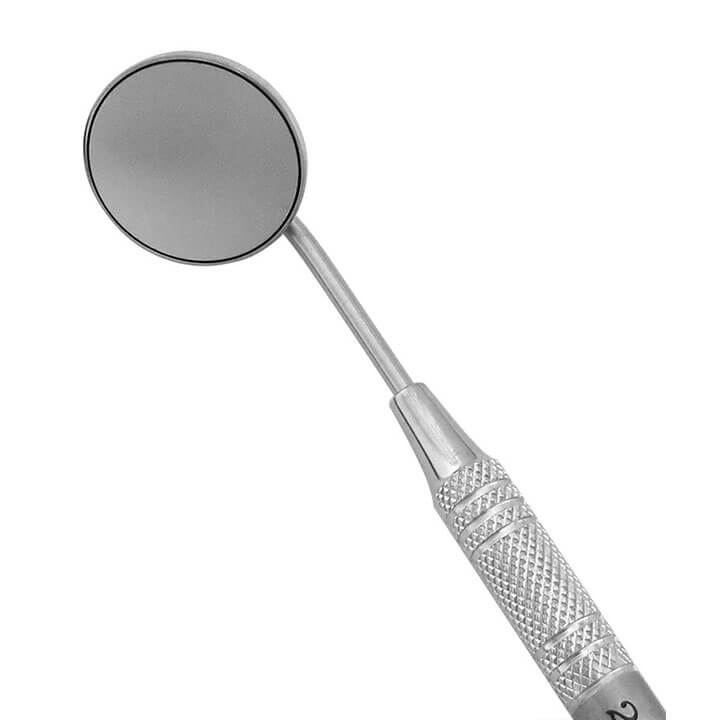
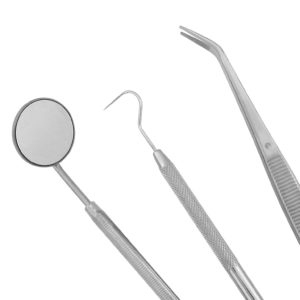
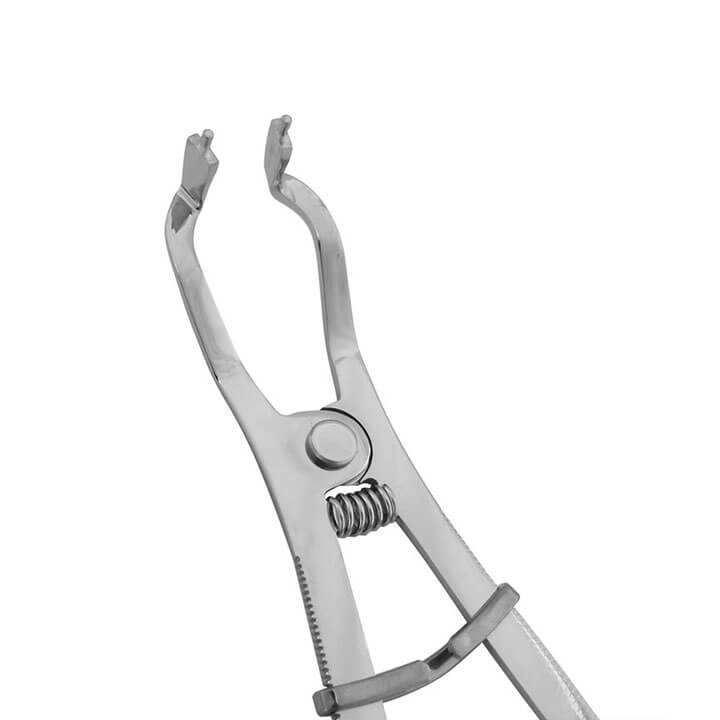
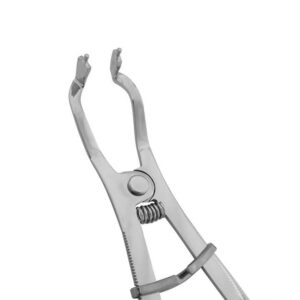
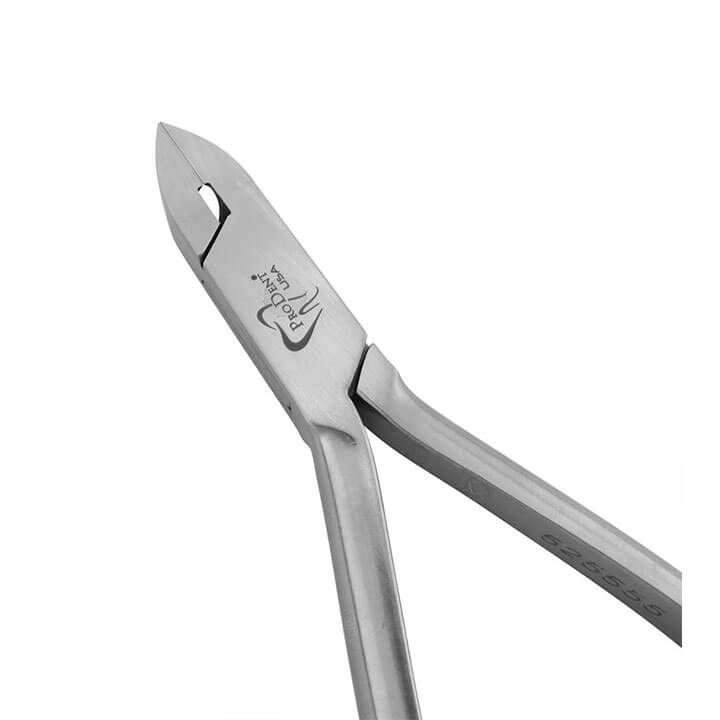
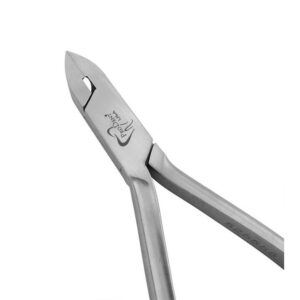
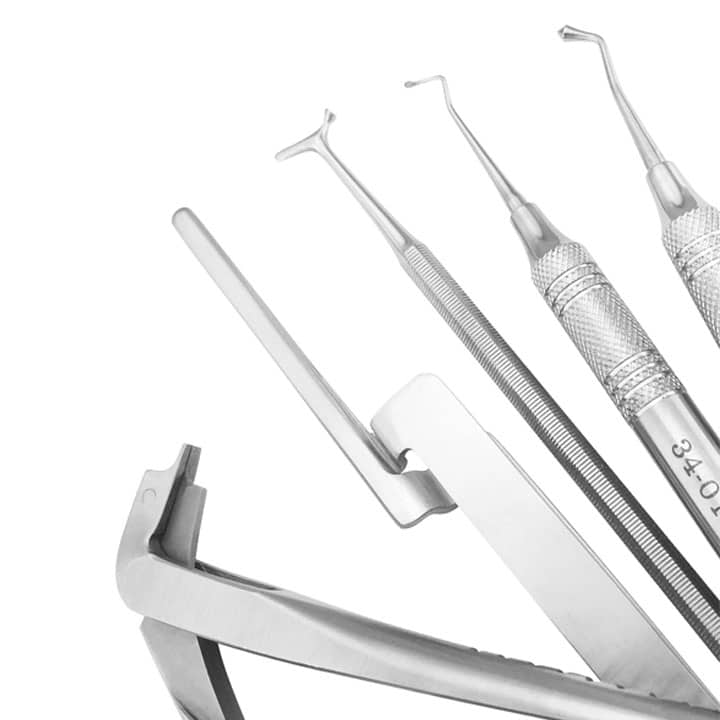
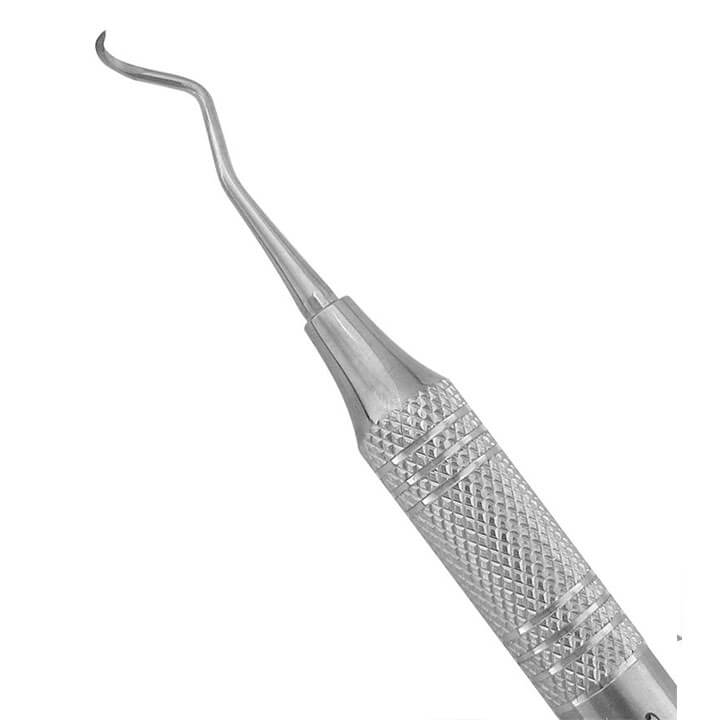
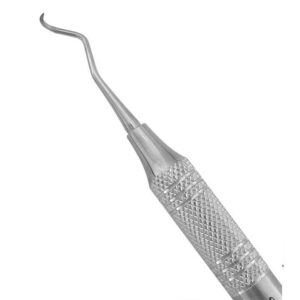
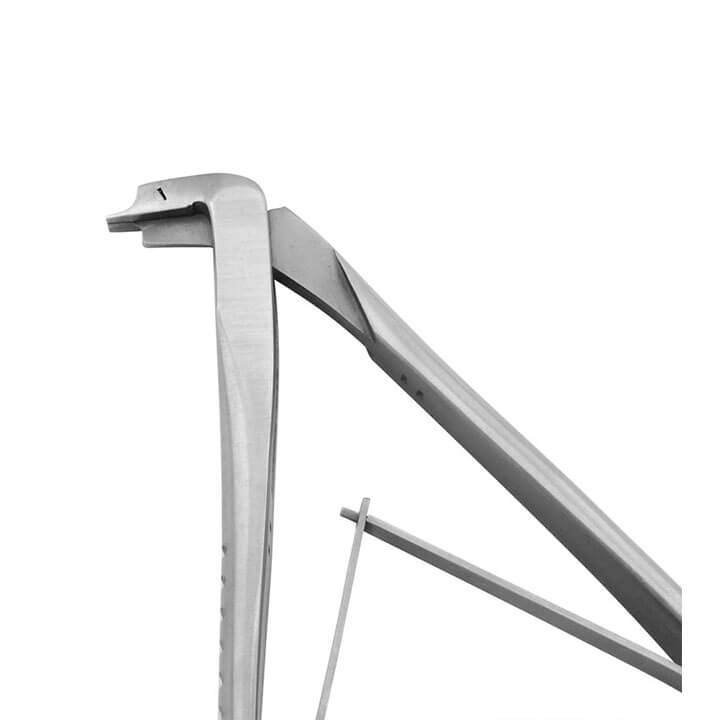
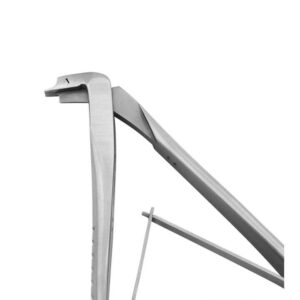
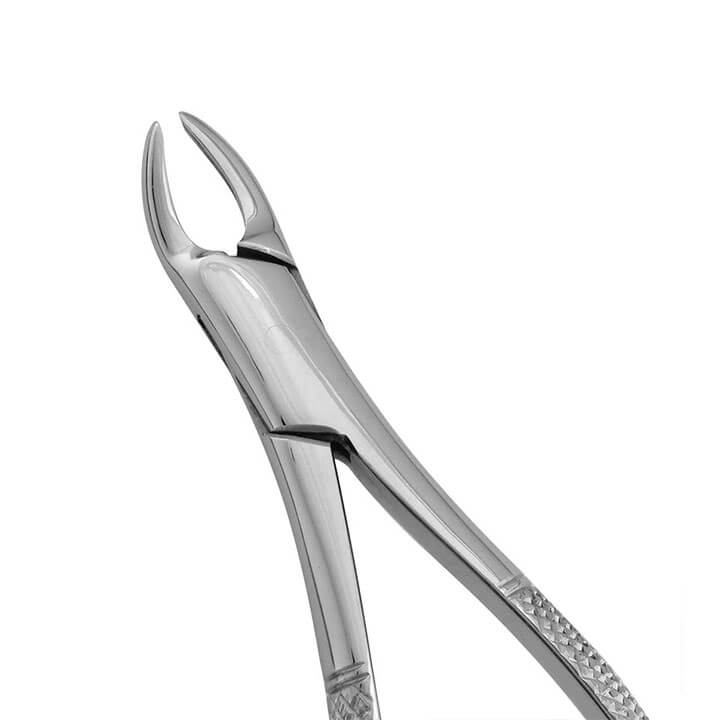
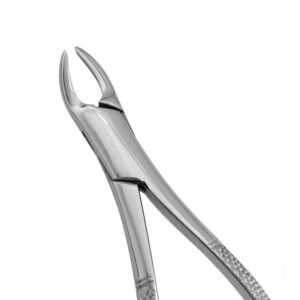


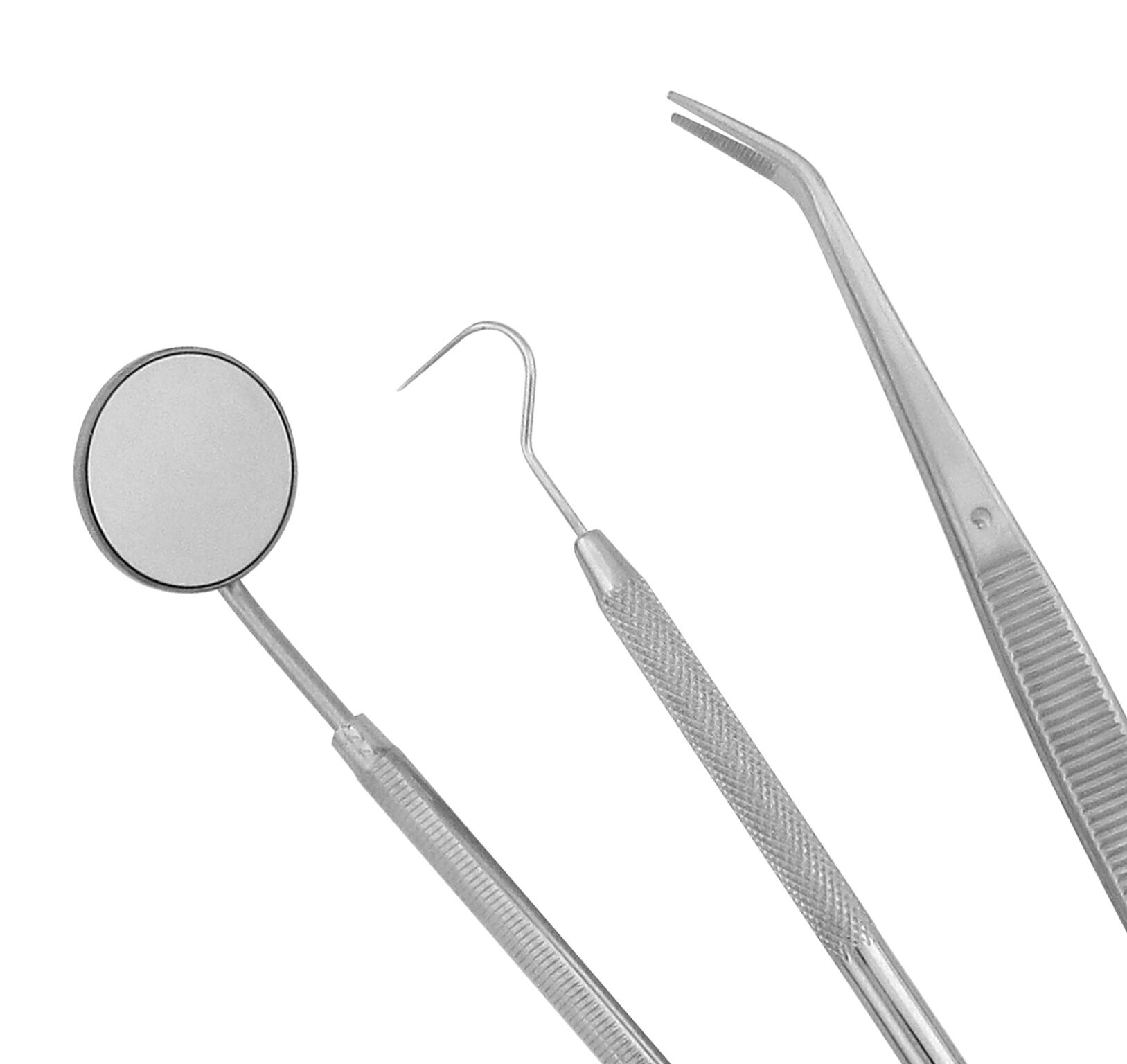 Diagnostic Sets & Accessories
Diagnostic Sets & Accessories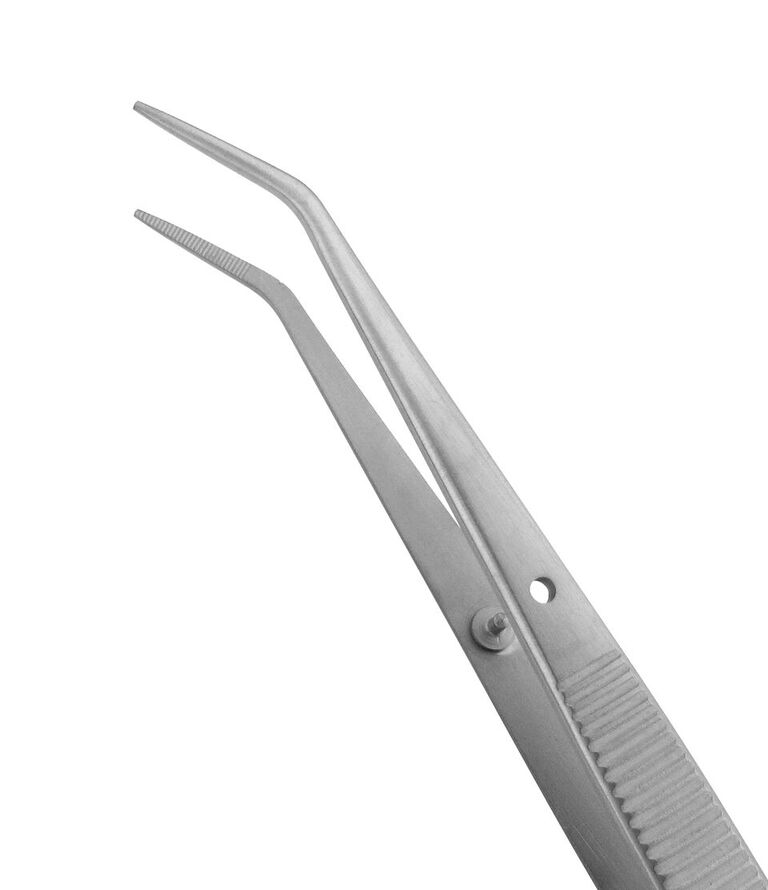 Dressing Pliers
Dressing Pliers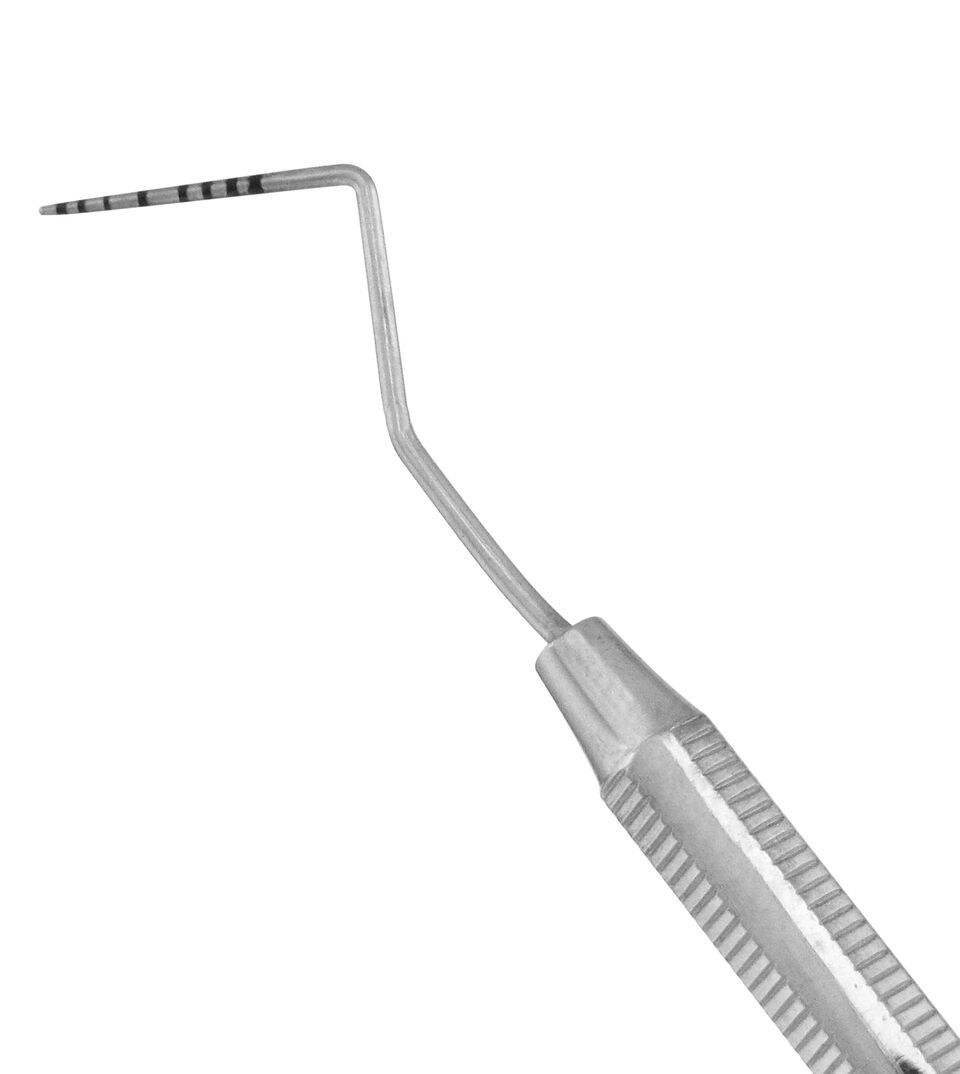 Explorer/Probes
Explorer/Probes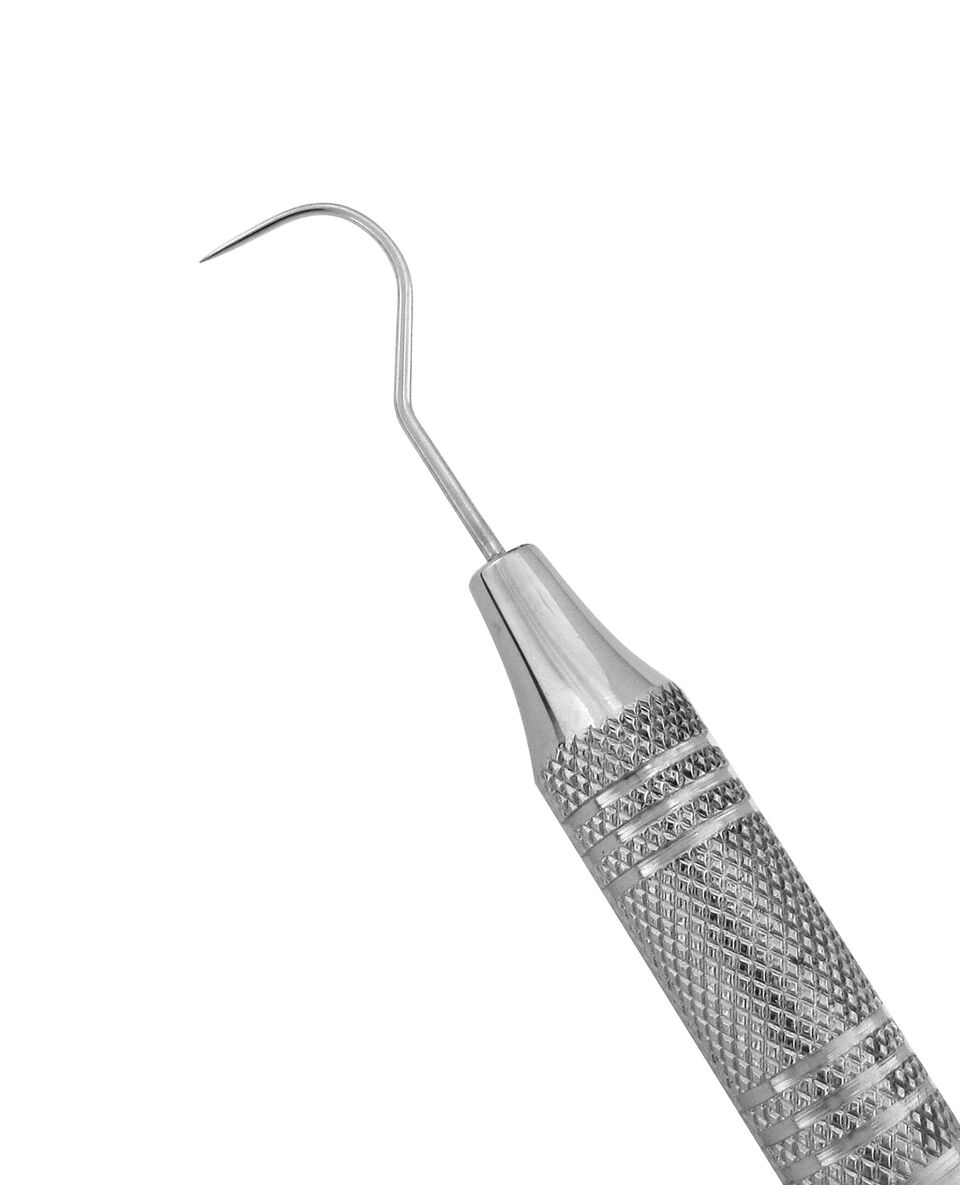 Explorers
Explorers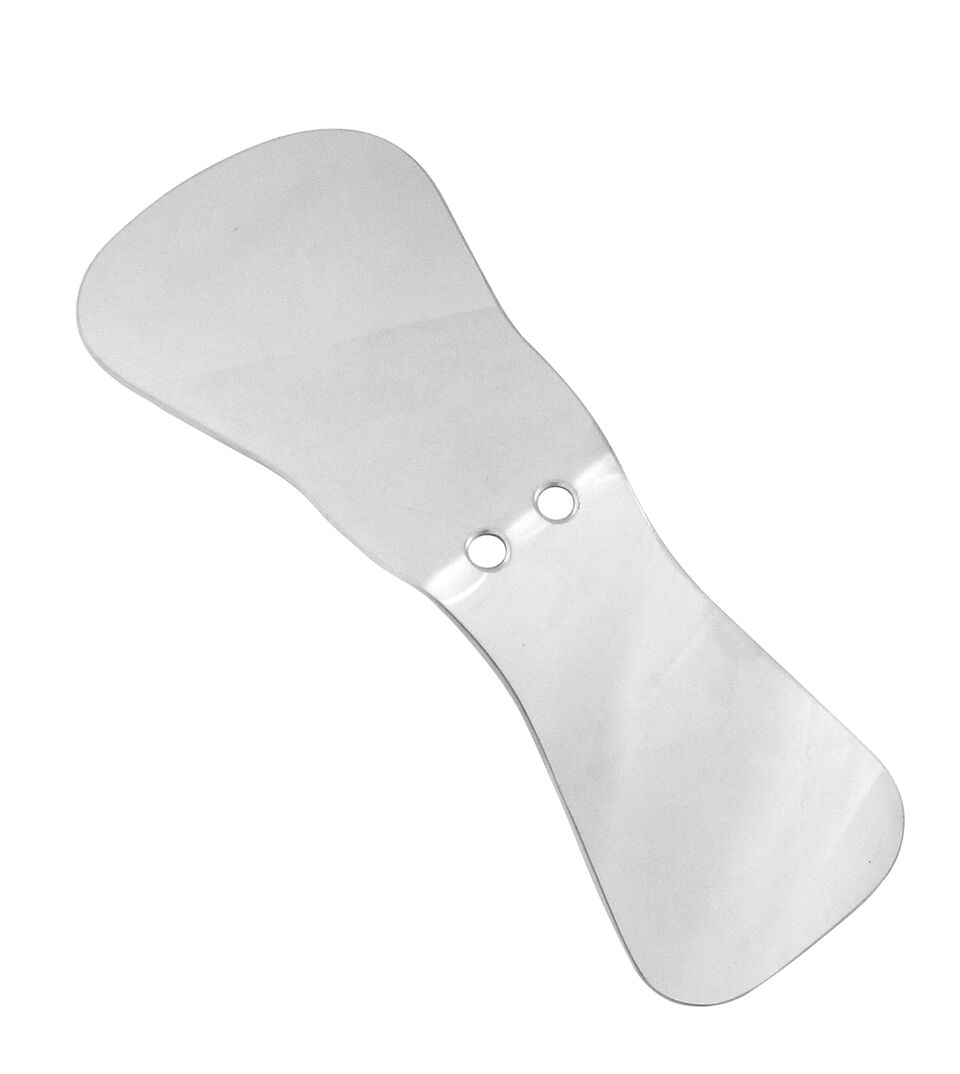 Intraoral Photography Mirrors
Intraoral Photography Mirrors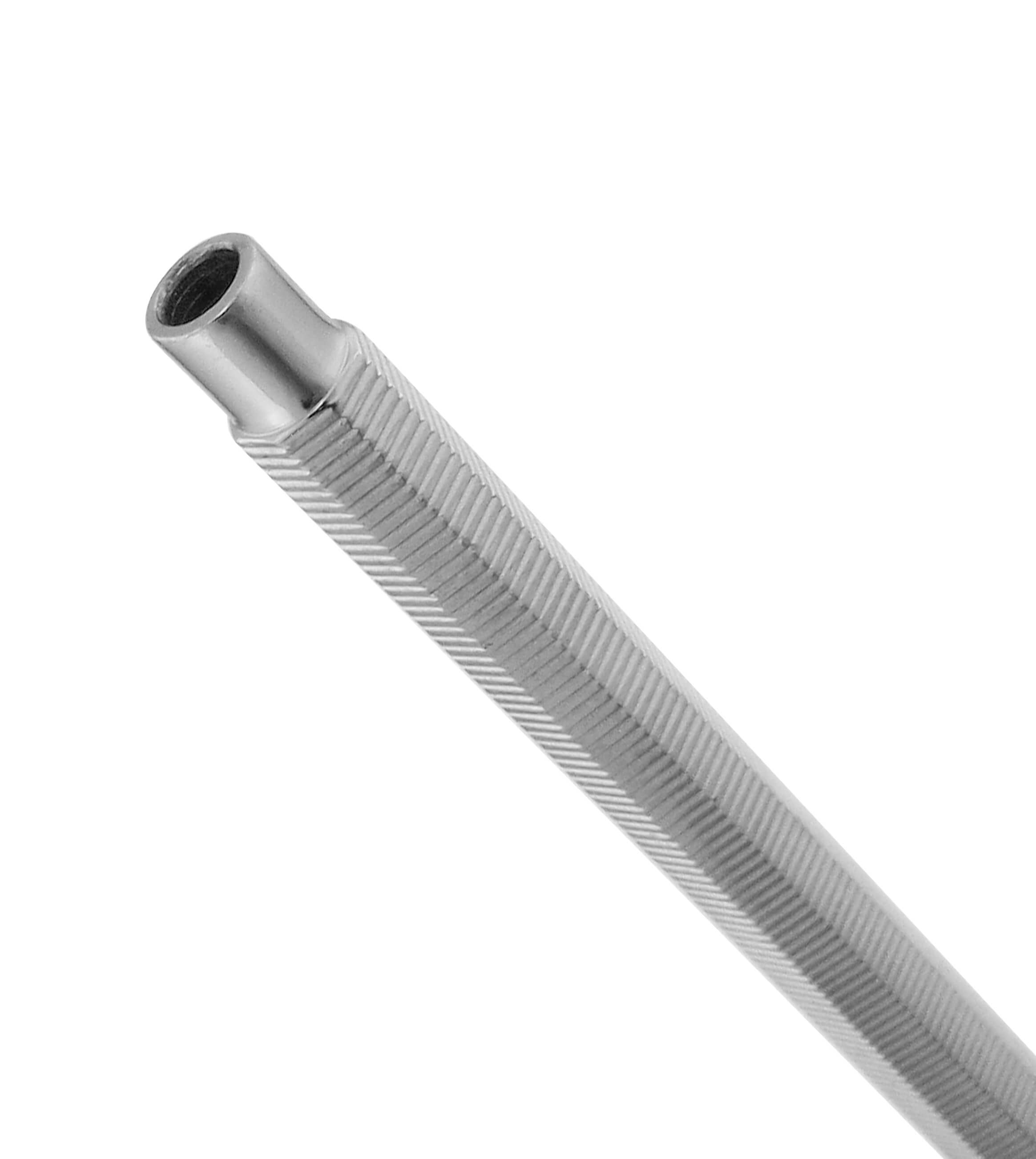 Mirror Handles
Mirror Handles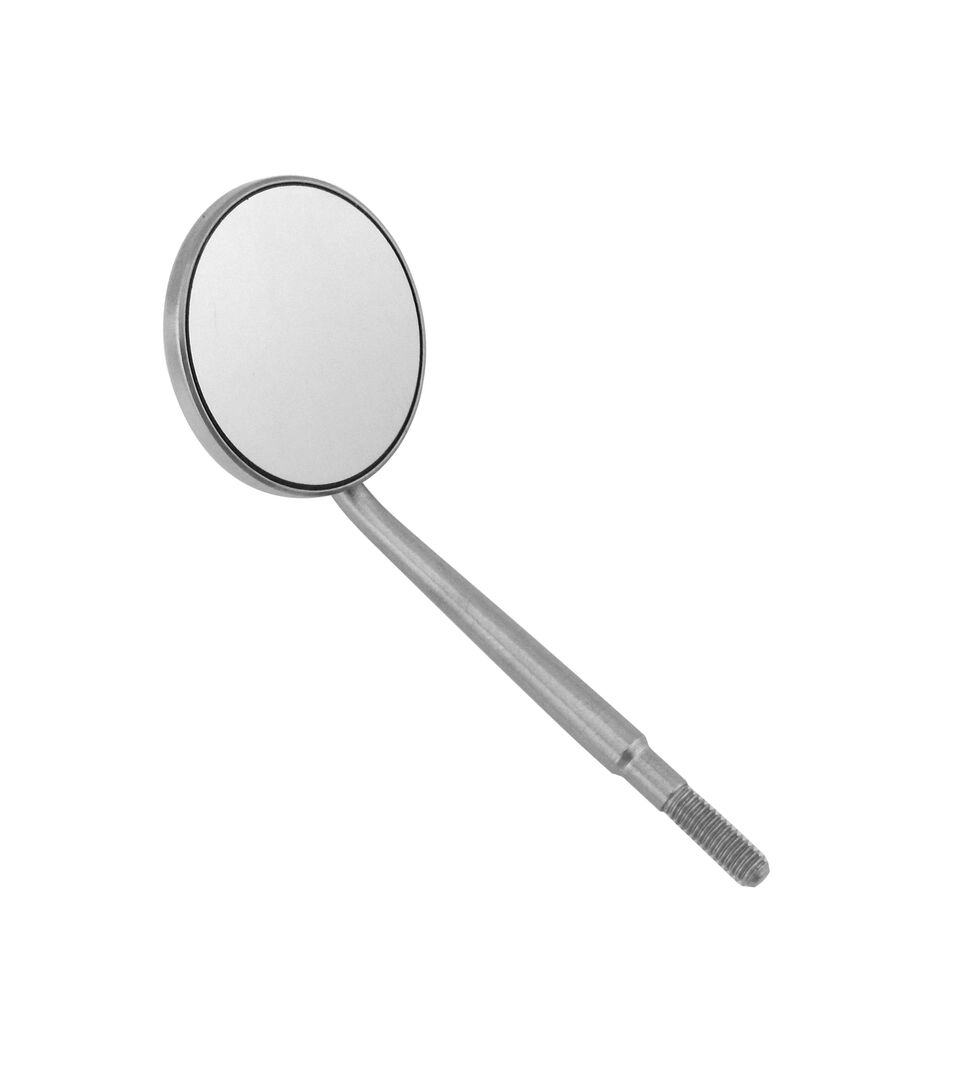 Mirrors
Mirrors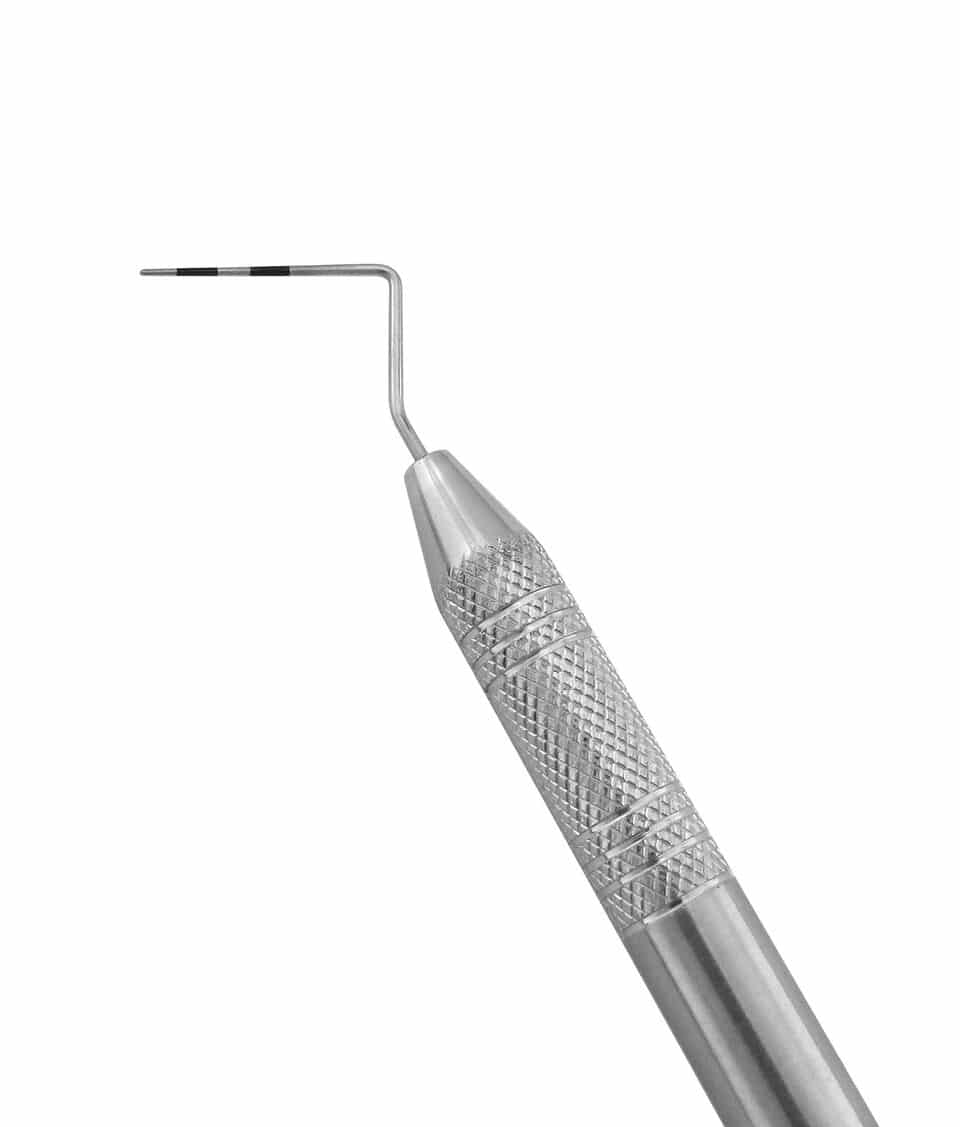 Probes
Probes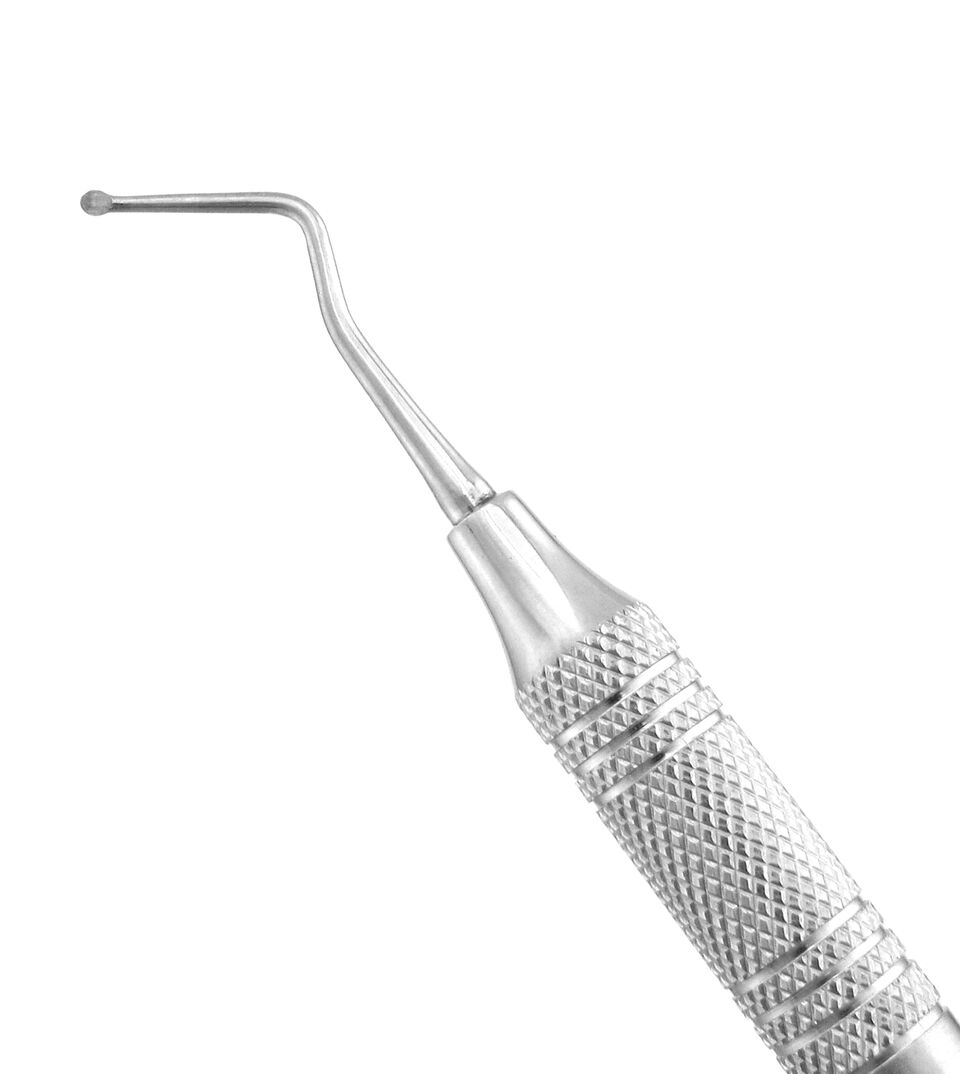 Endo Excavators
Endo Excavators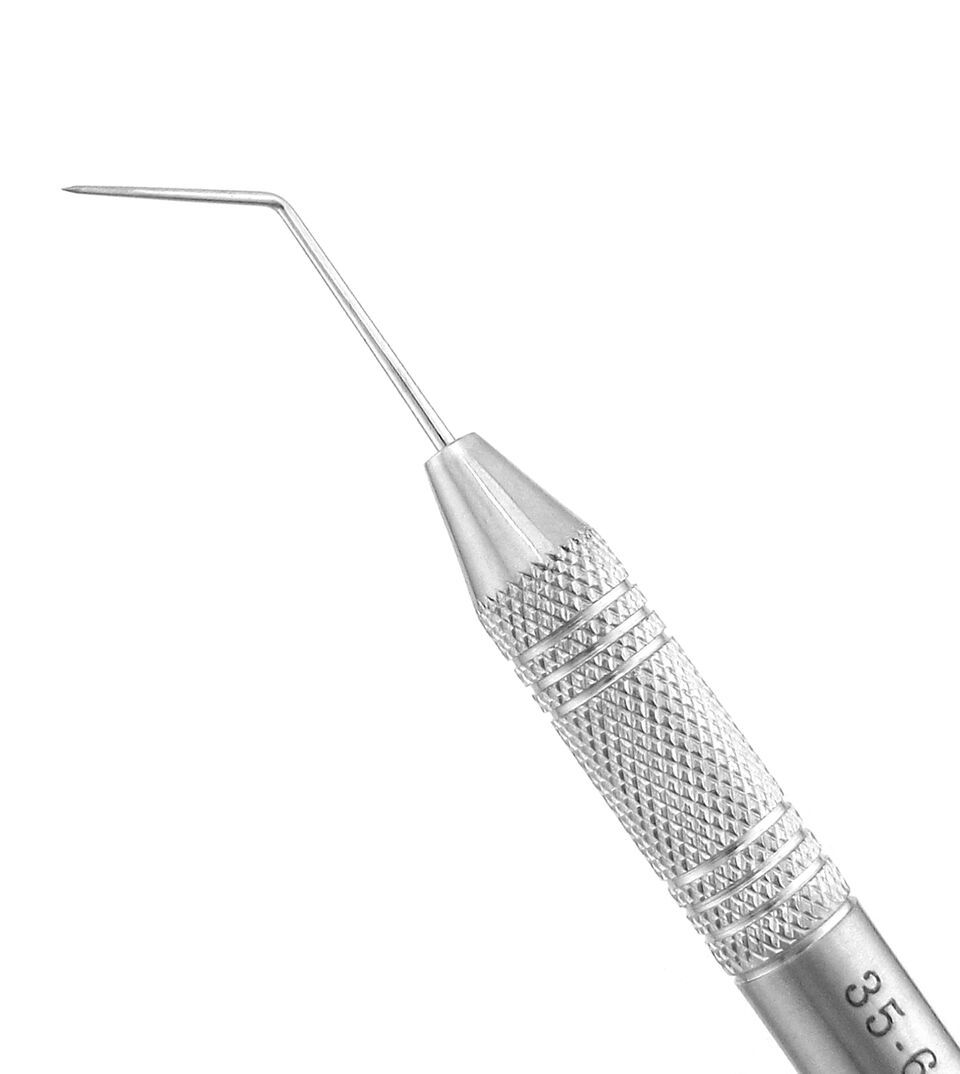 Endo Explorers
Endo Explorers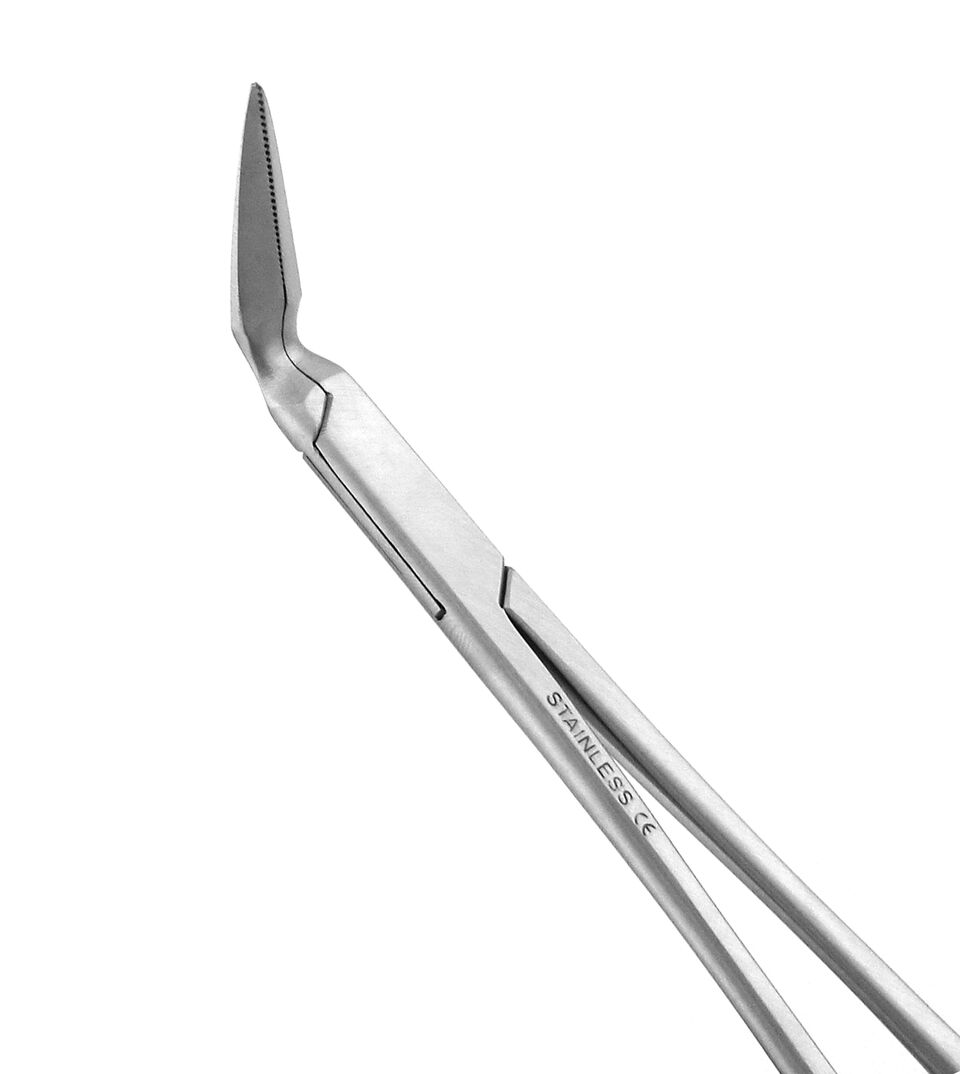 Endo Forceps
Endo Forceps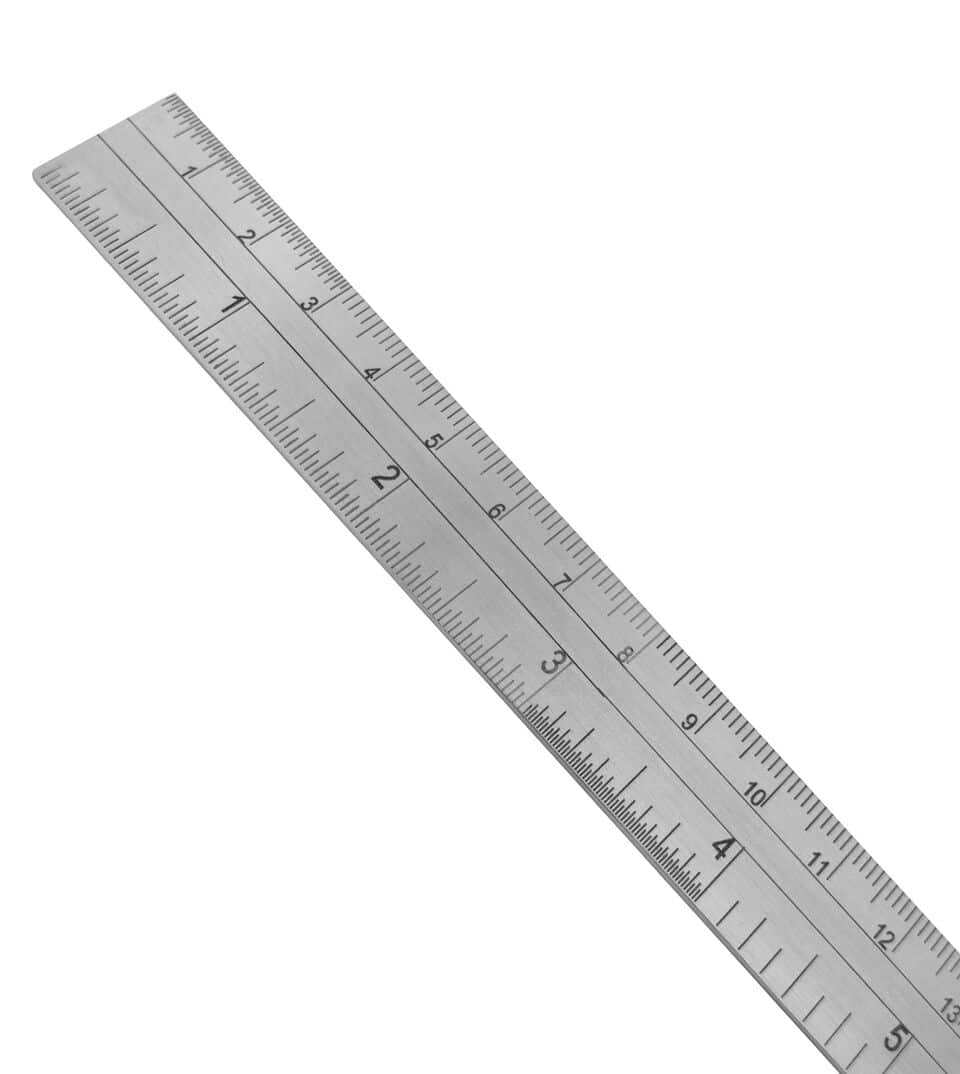 Endo Rulers
Endo Rulers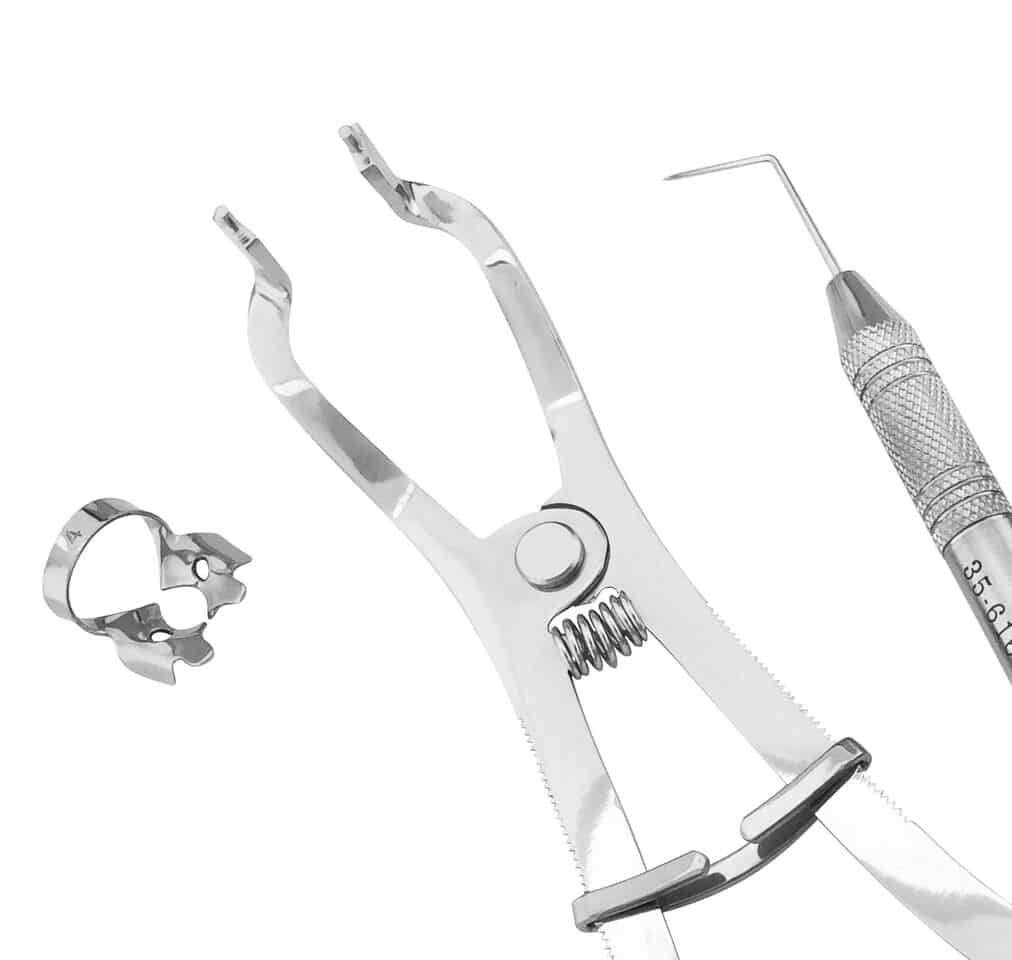 Endodontic Sets
Endodontic Sets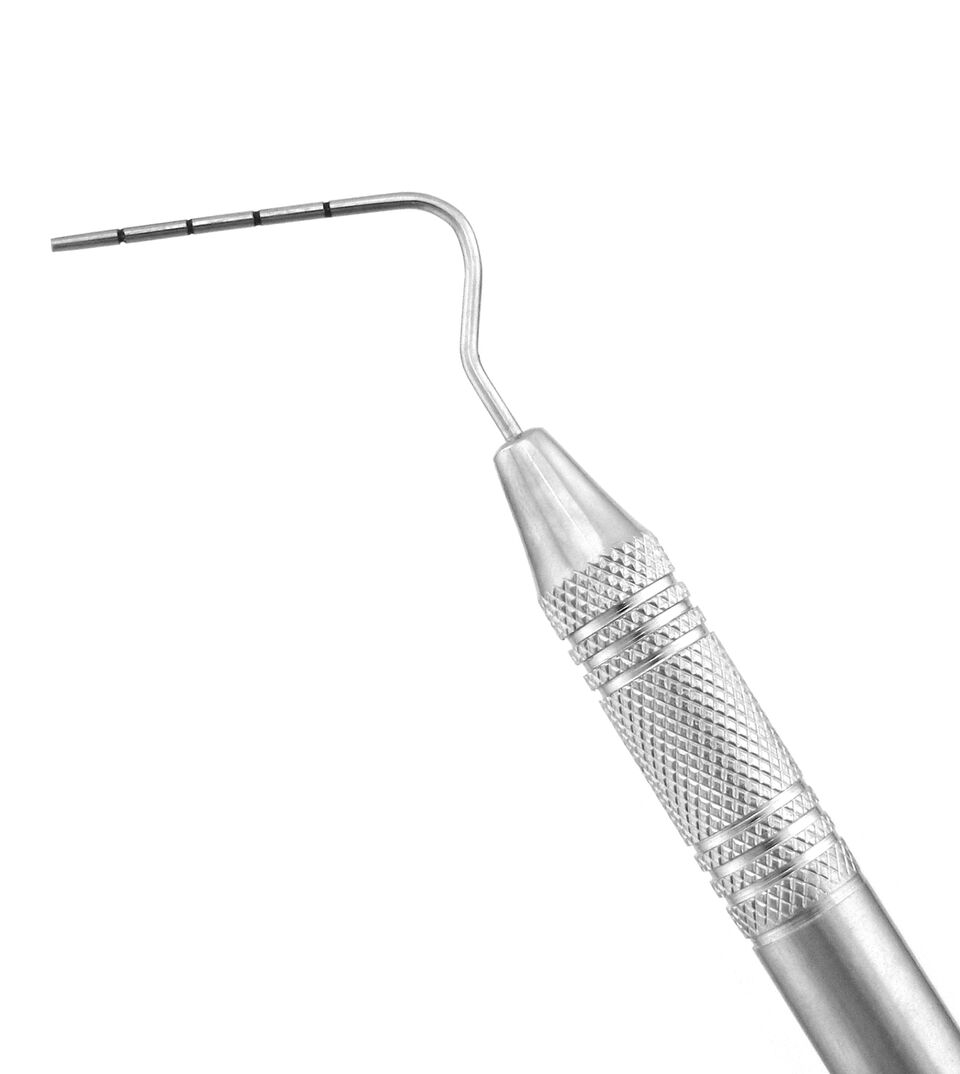 Root Canal Pluggers
Root Canal Pluggers Root Canal Spreaders
Root Canal Spreaders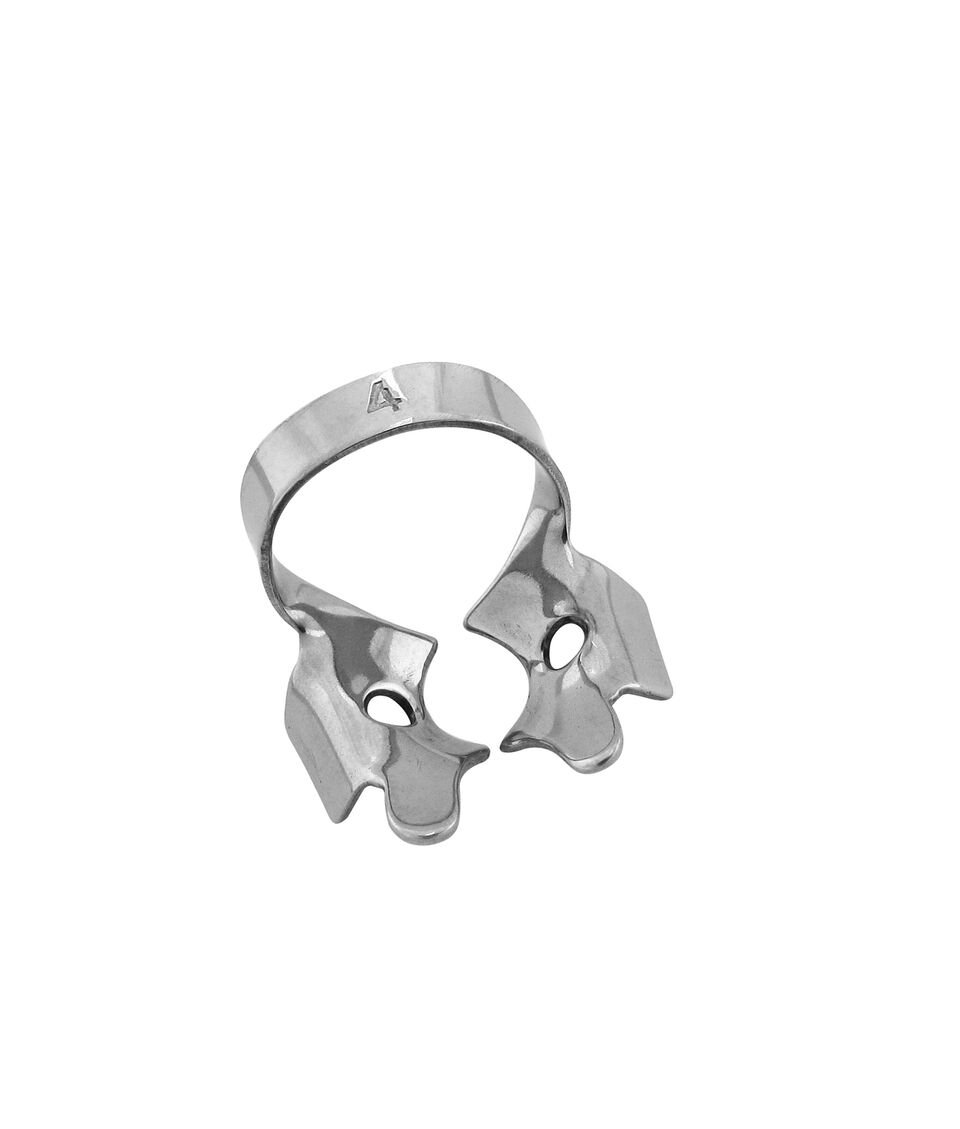 Rubber Dam Clamps
Rubber Dam Clamps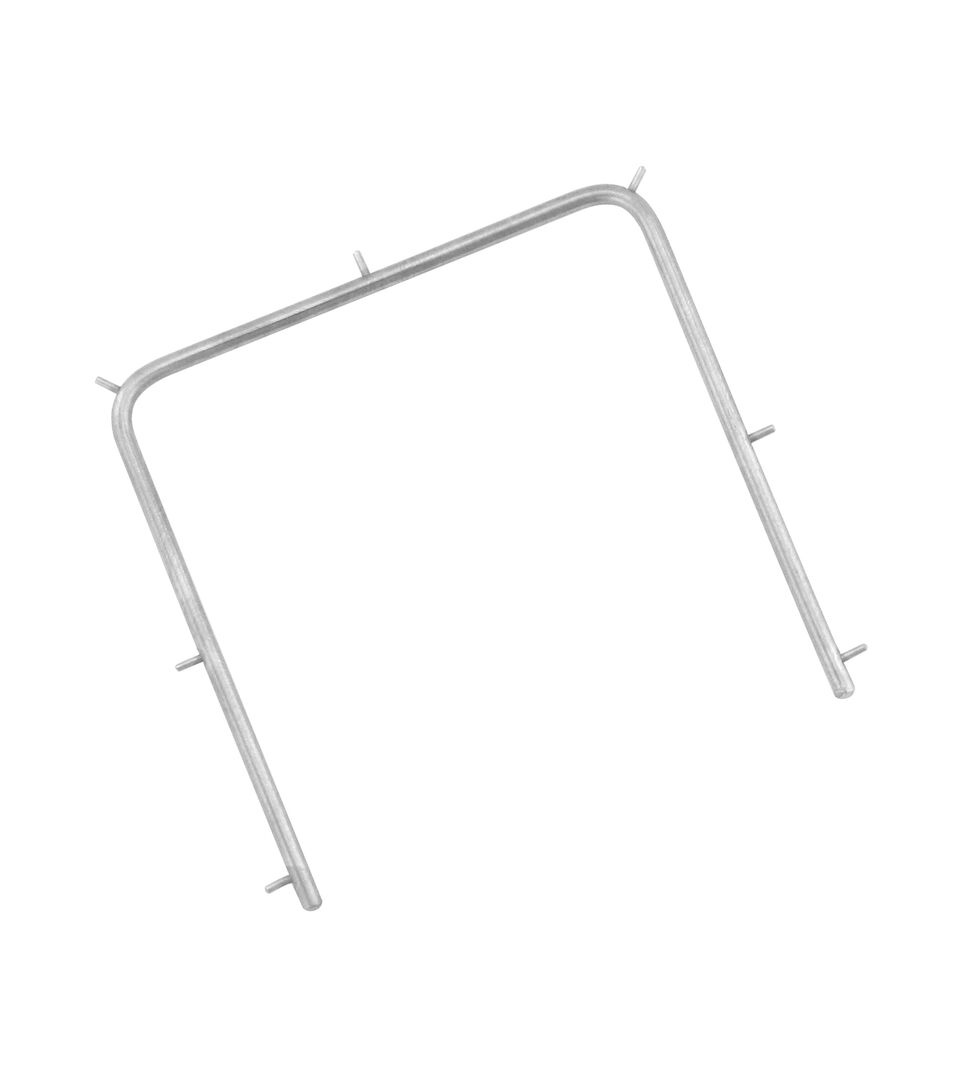 Rubber Dam Frames
Rubber Dam Frames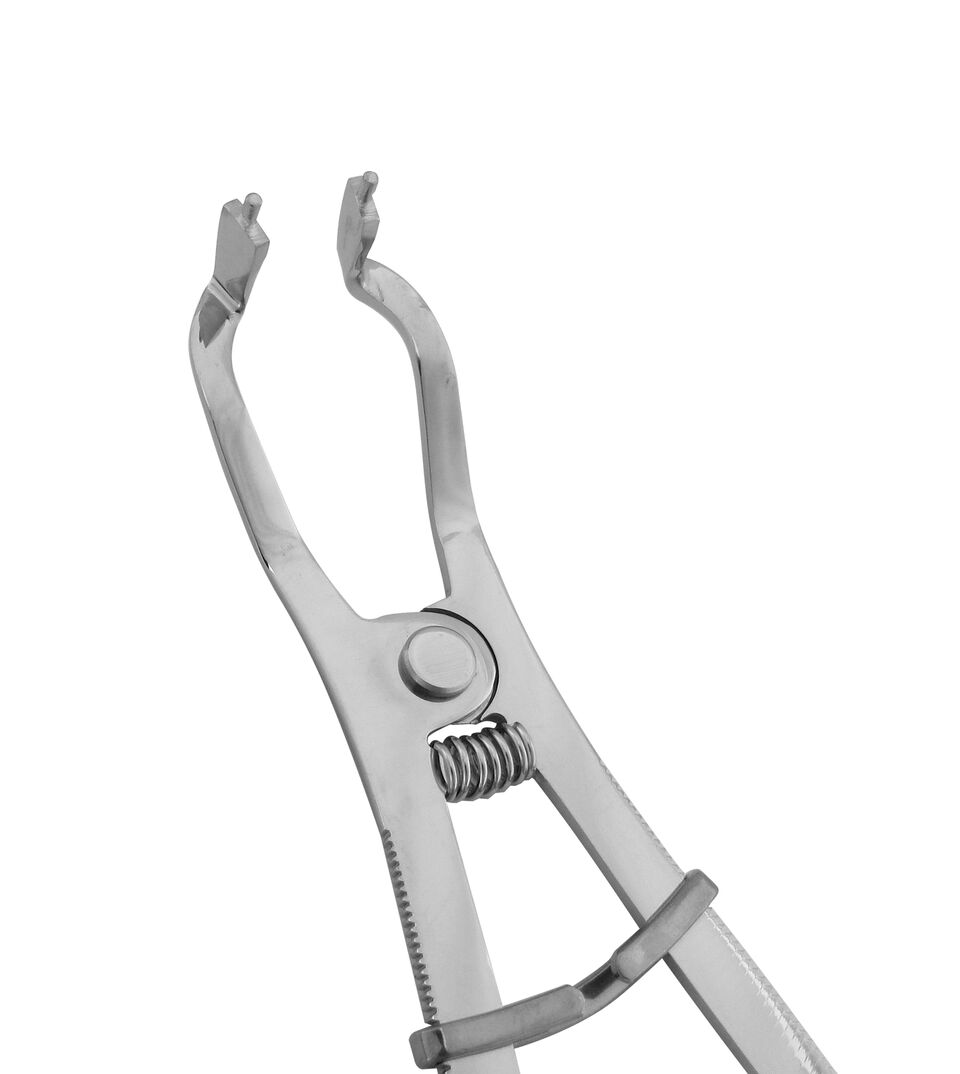 Rubber Dam Punches & Forceps
Rubber Dam Punches & Forceps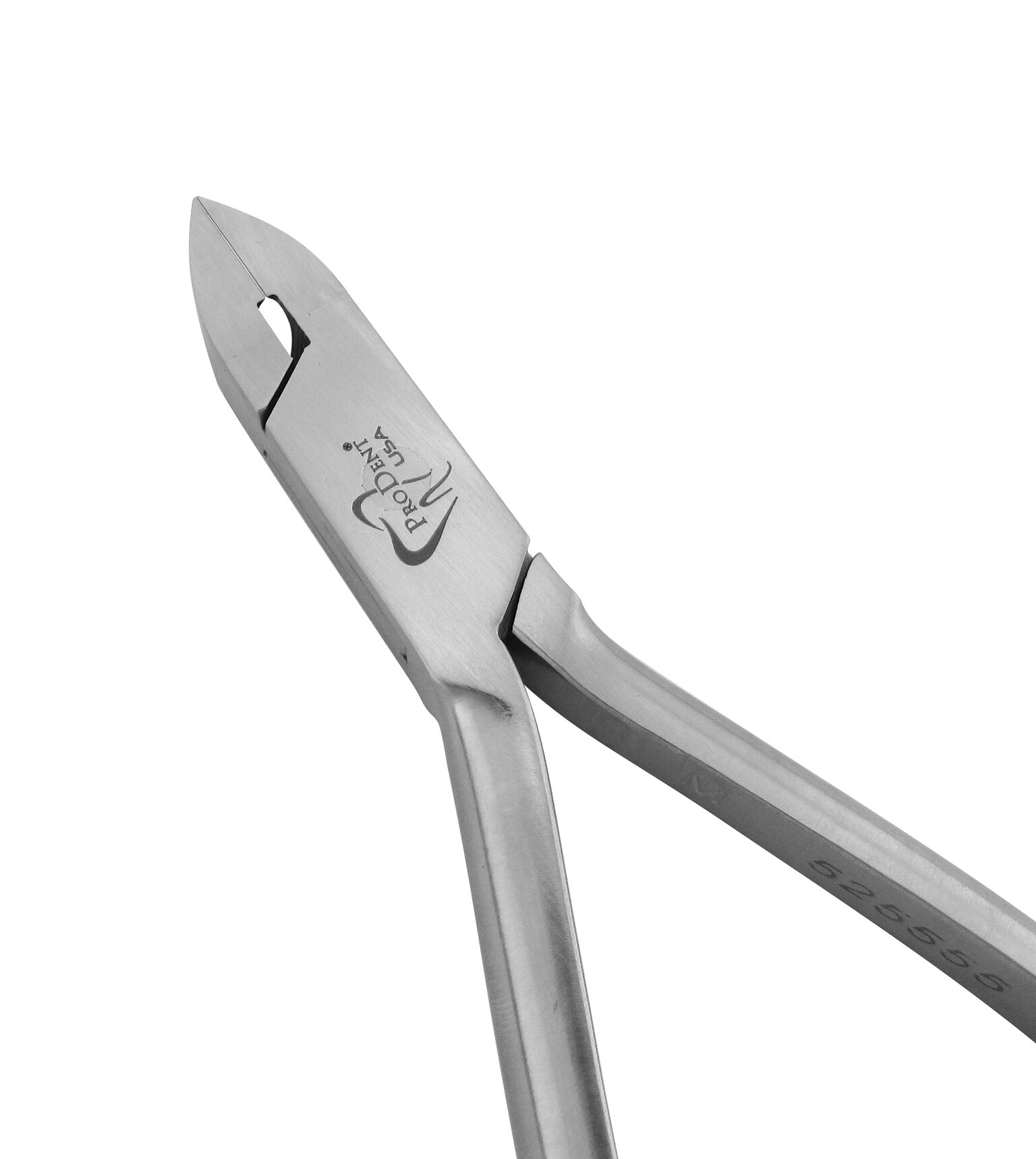 Cutters
Cutters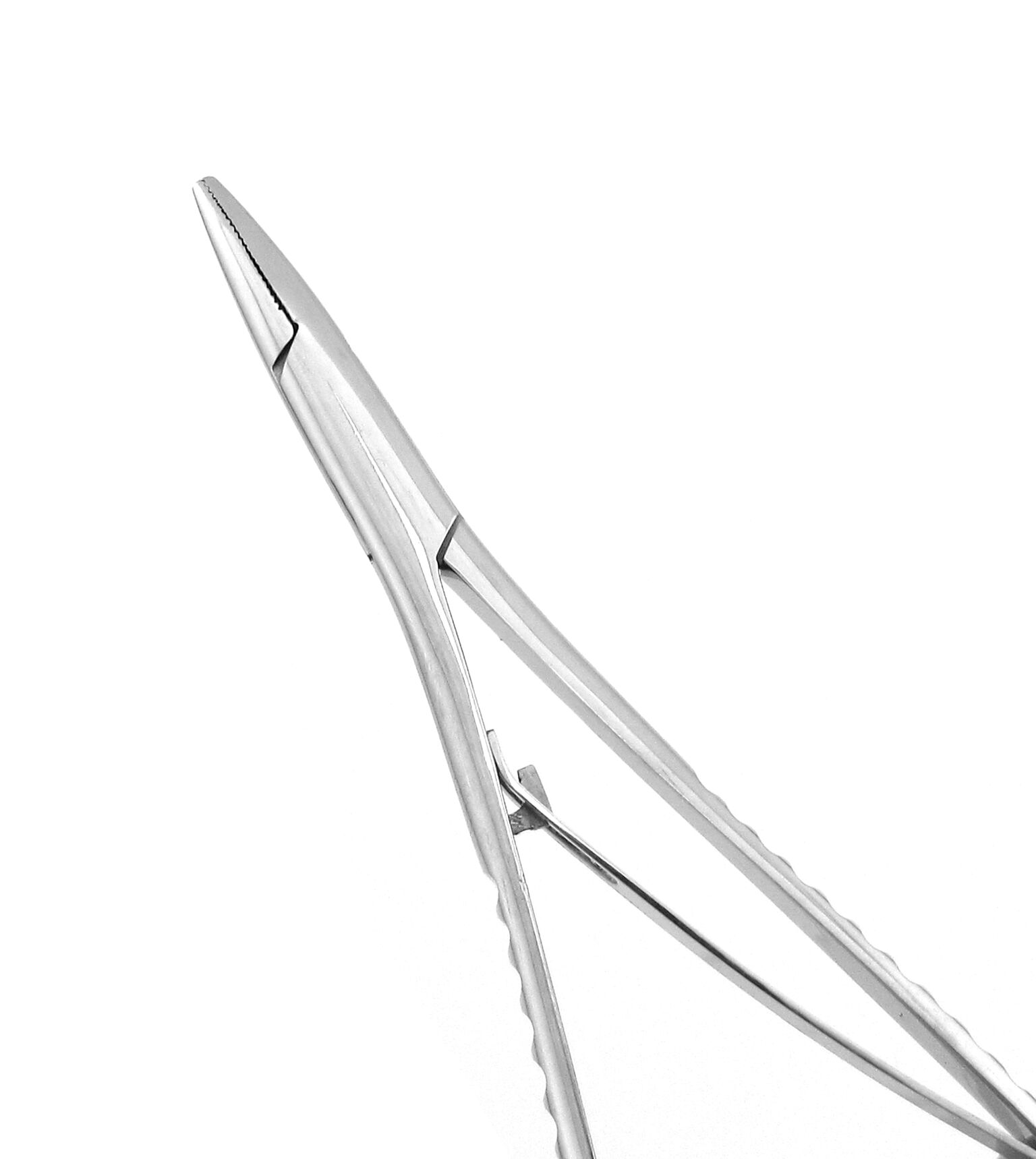 Elastic Placing Mathieu Pliers
Elastic Placing Mathieu Pliers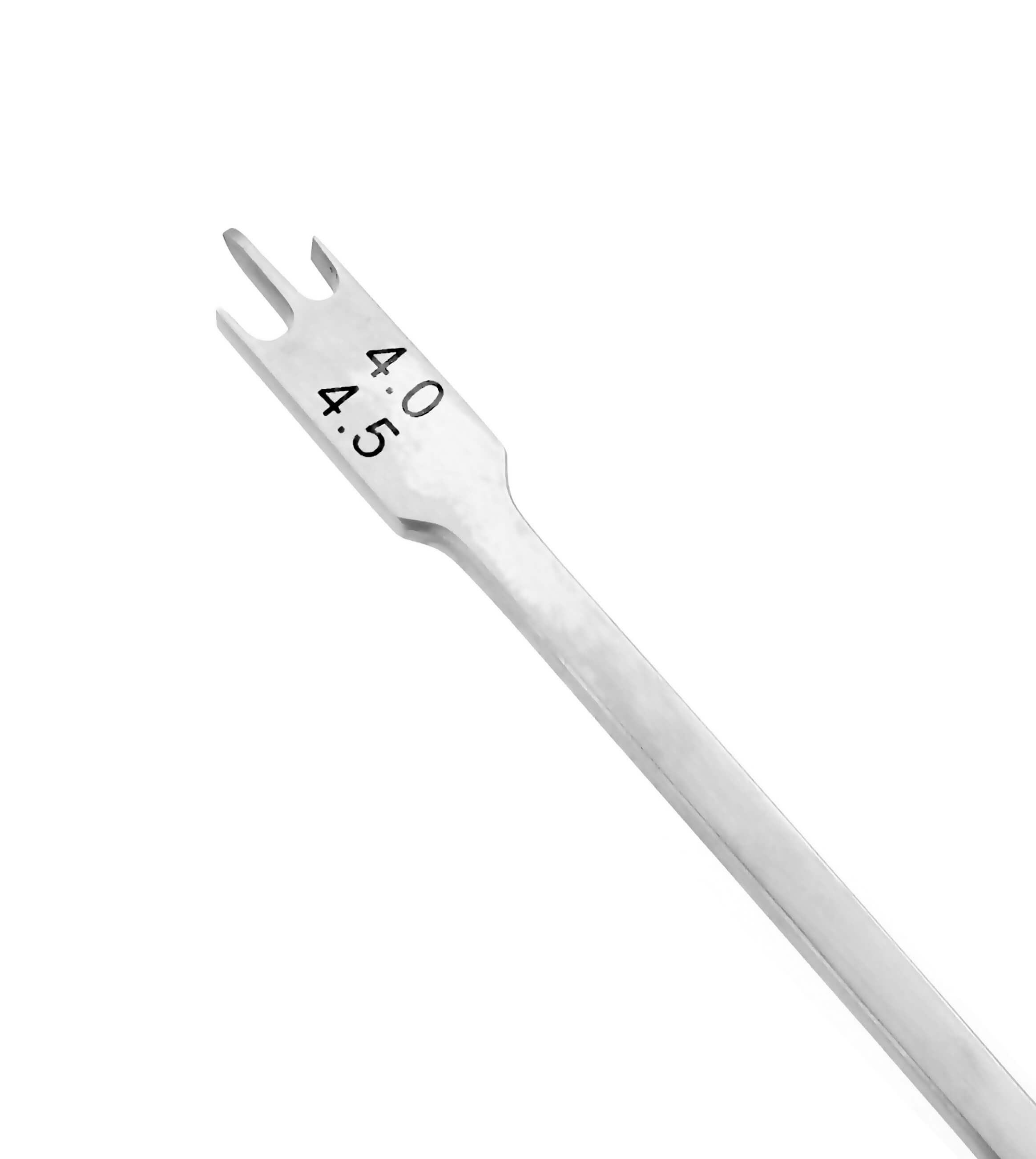 Gauges
Gauges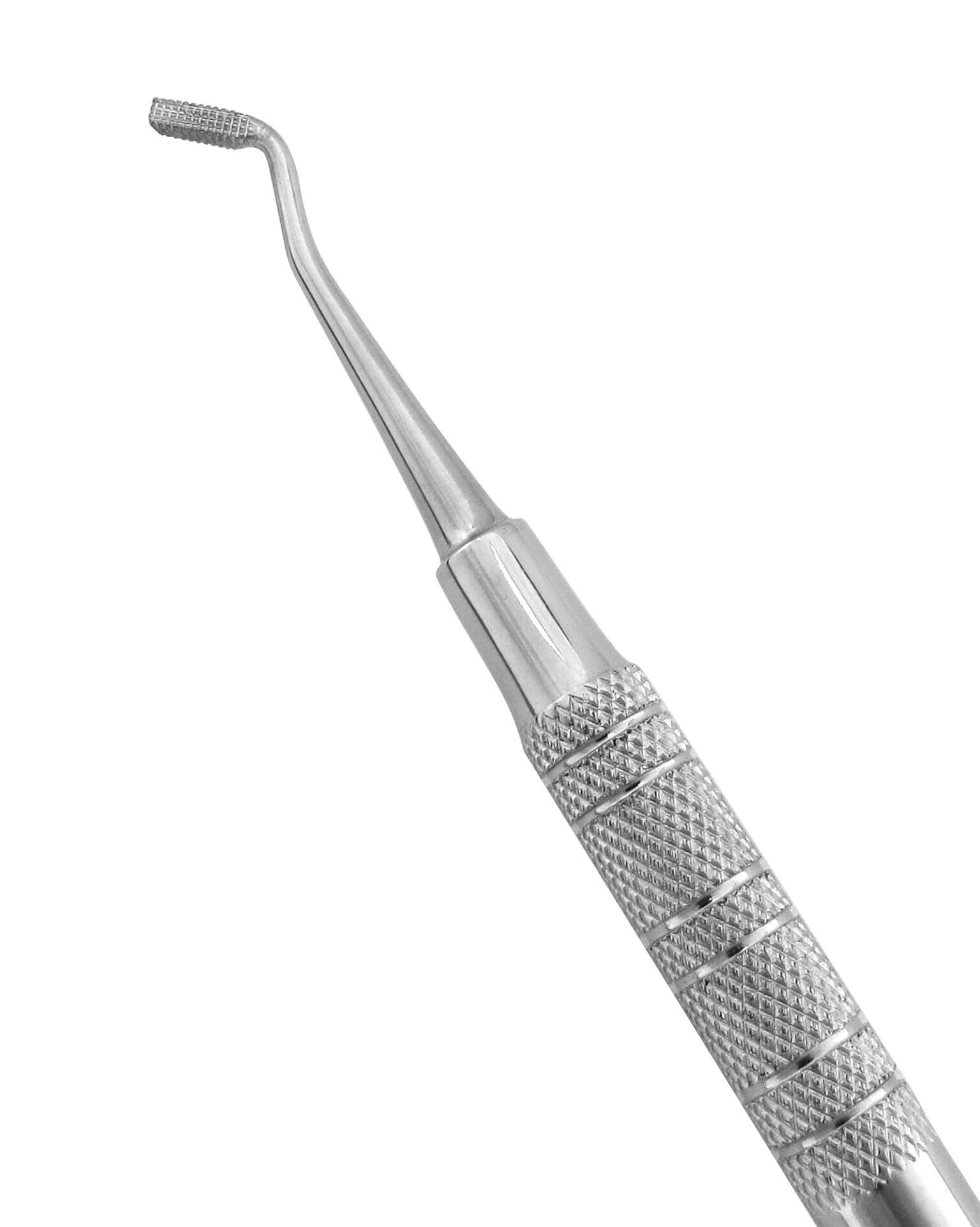 Hand Instruments
Hand Instruments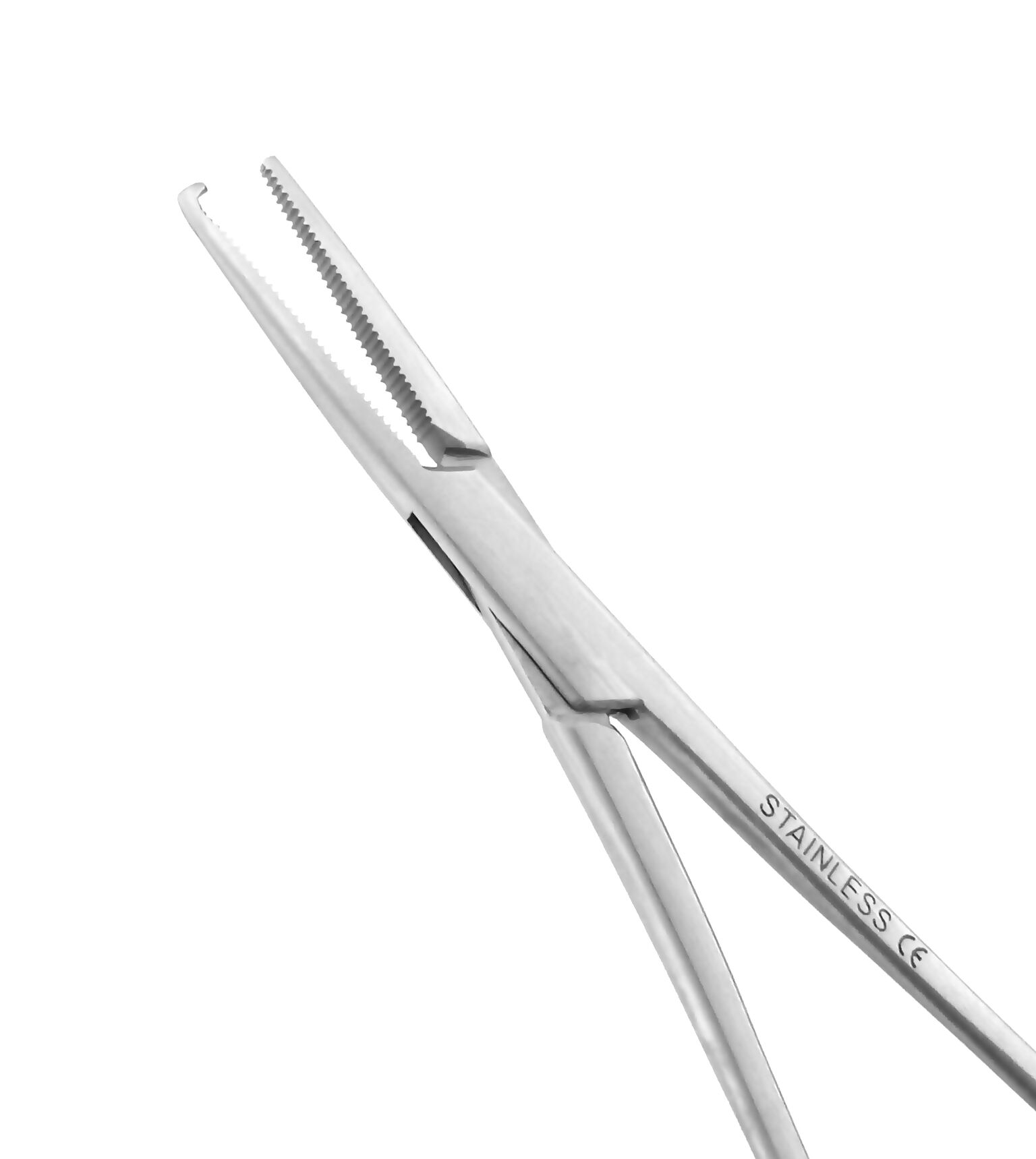 Mosquitoes
Mosquitoes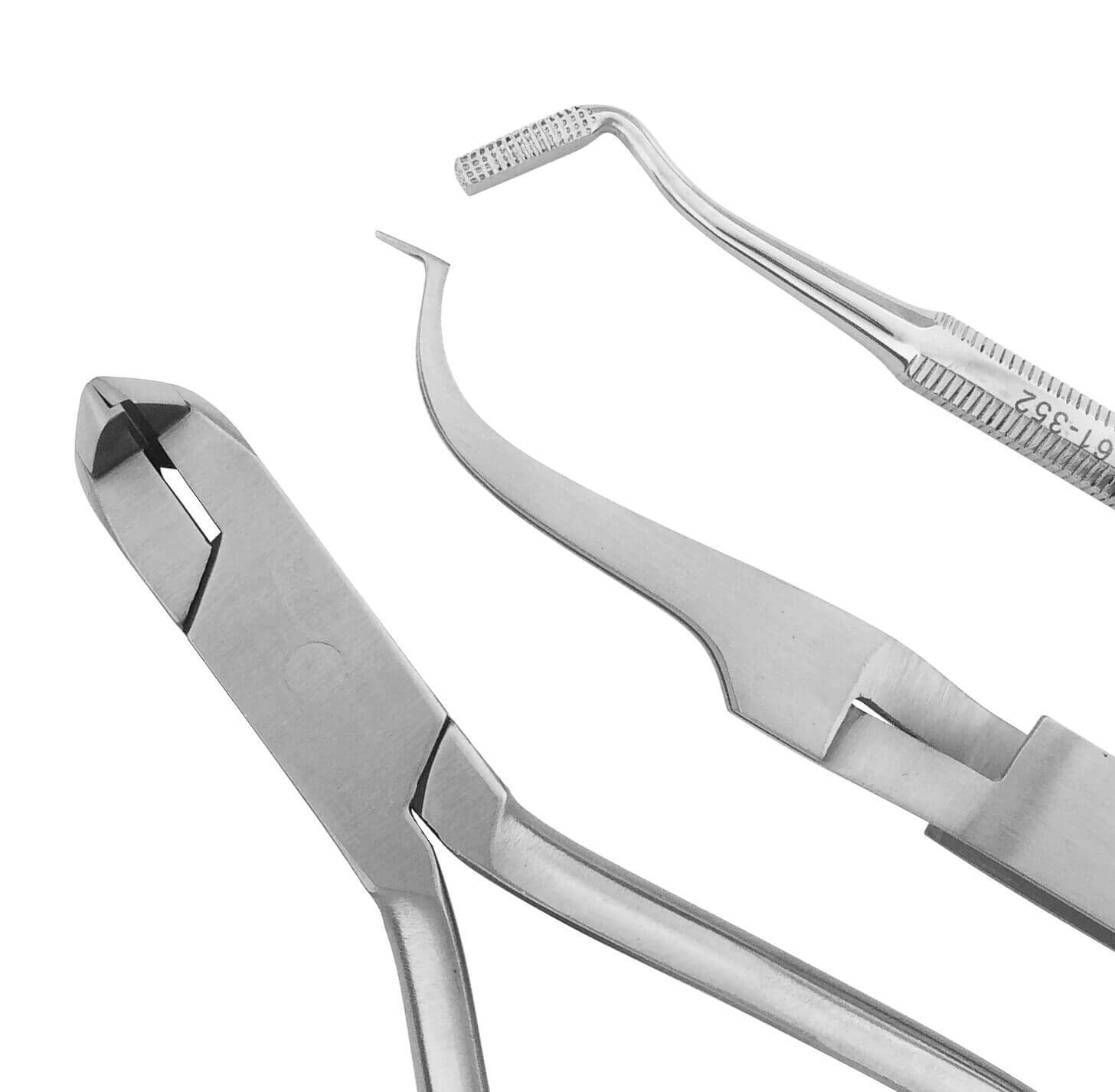 Orthodontic Sets
Orthodontic Sets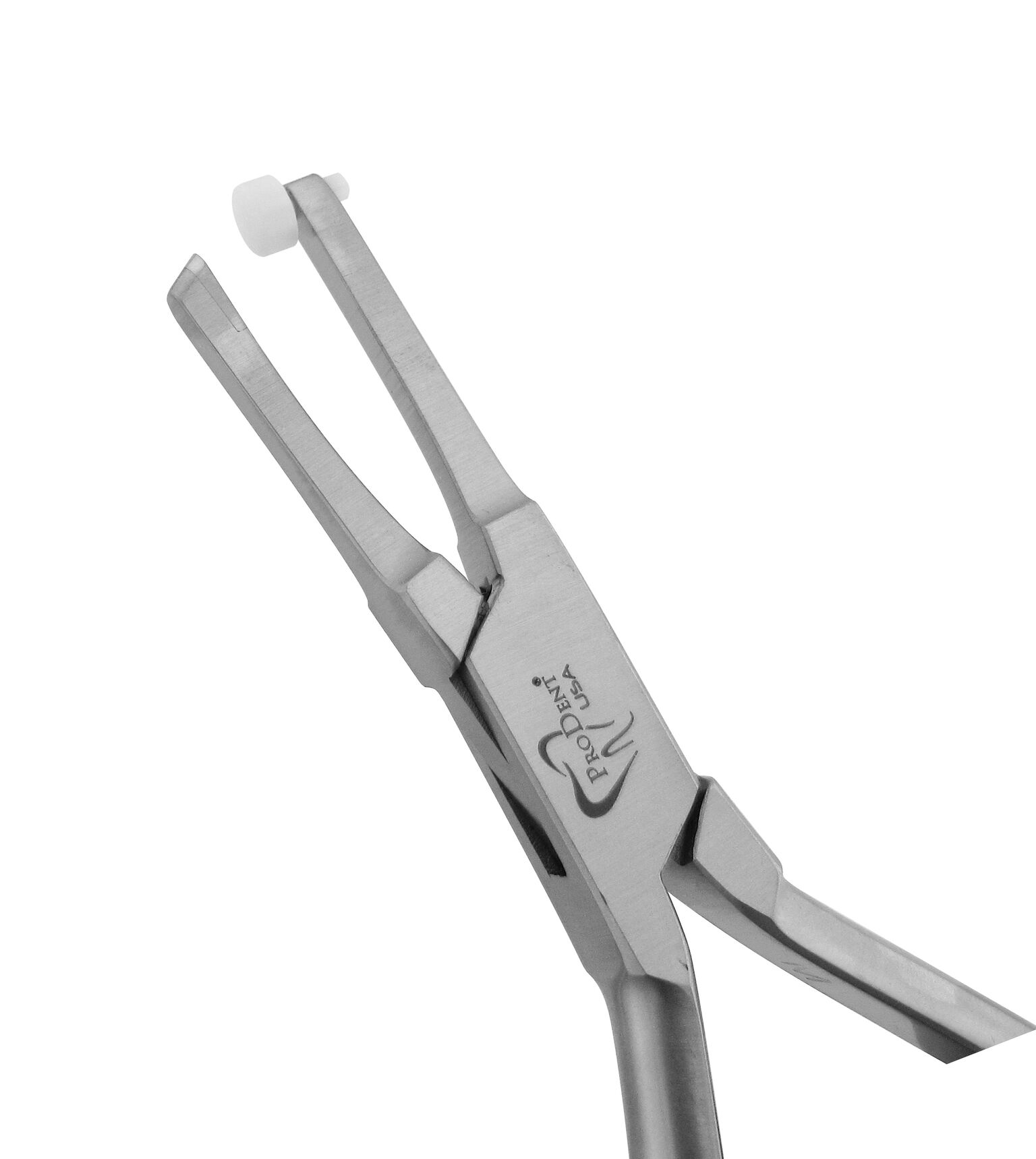 Pliers
Pliers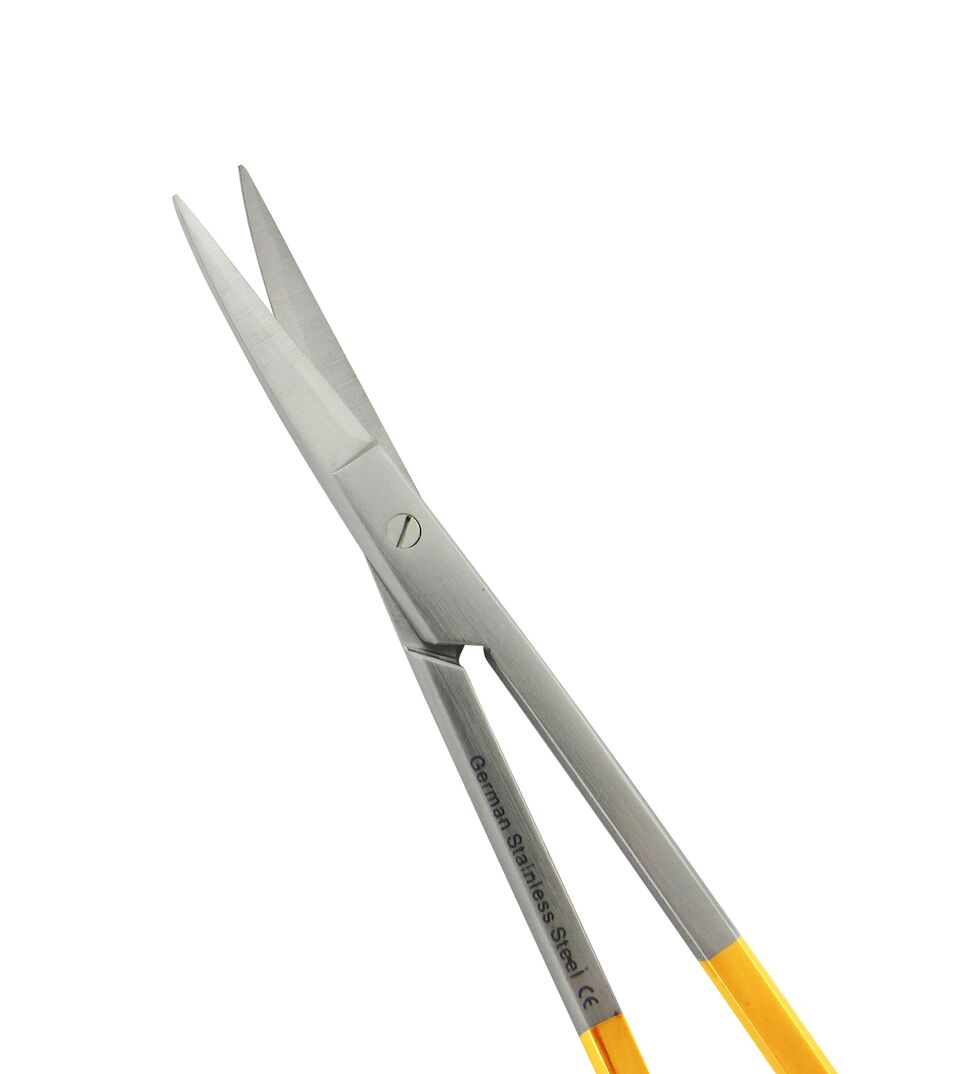 Scissors
Scissors Tweezers
Tweezers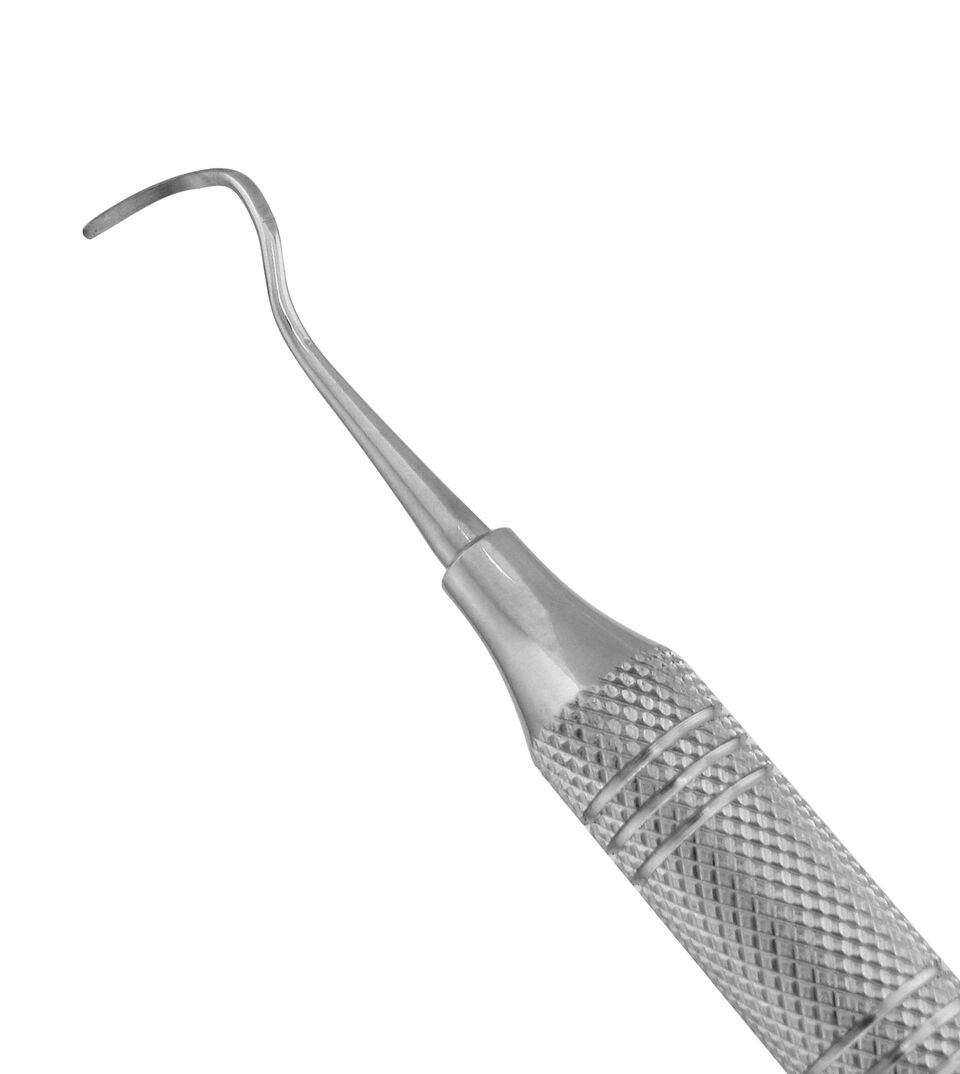 Curettes
Curettes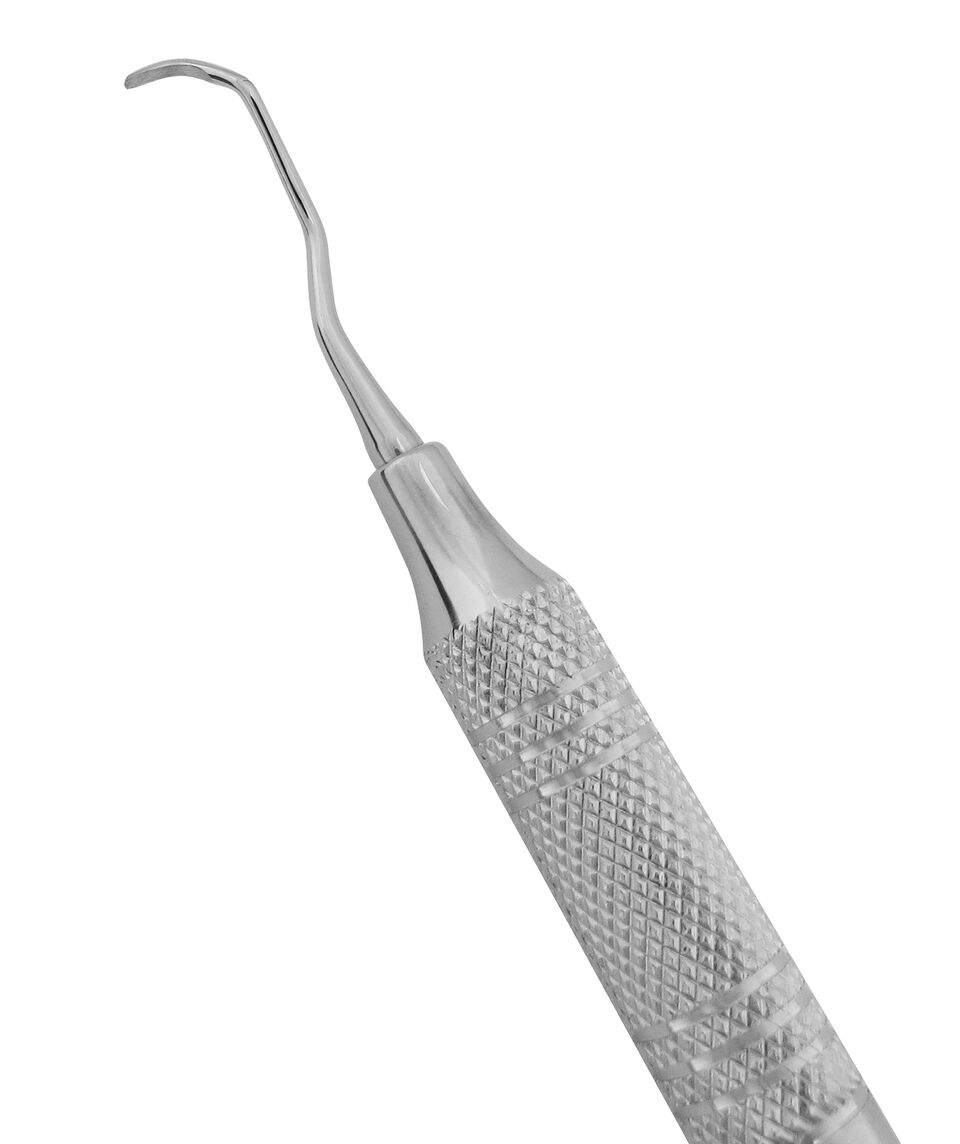 Gracey Curettes
Gracey Curettes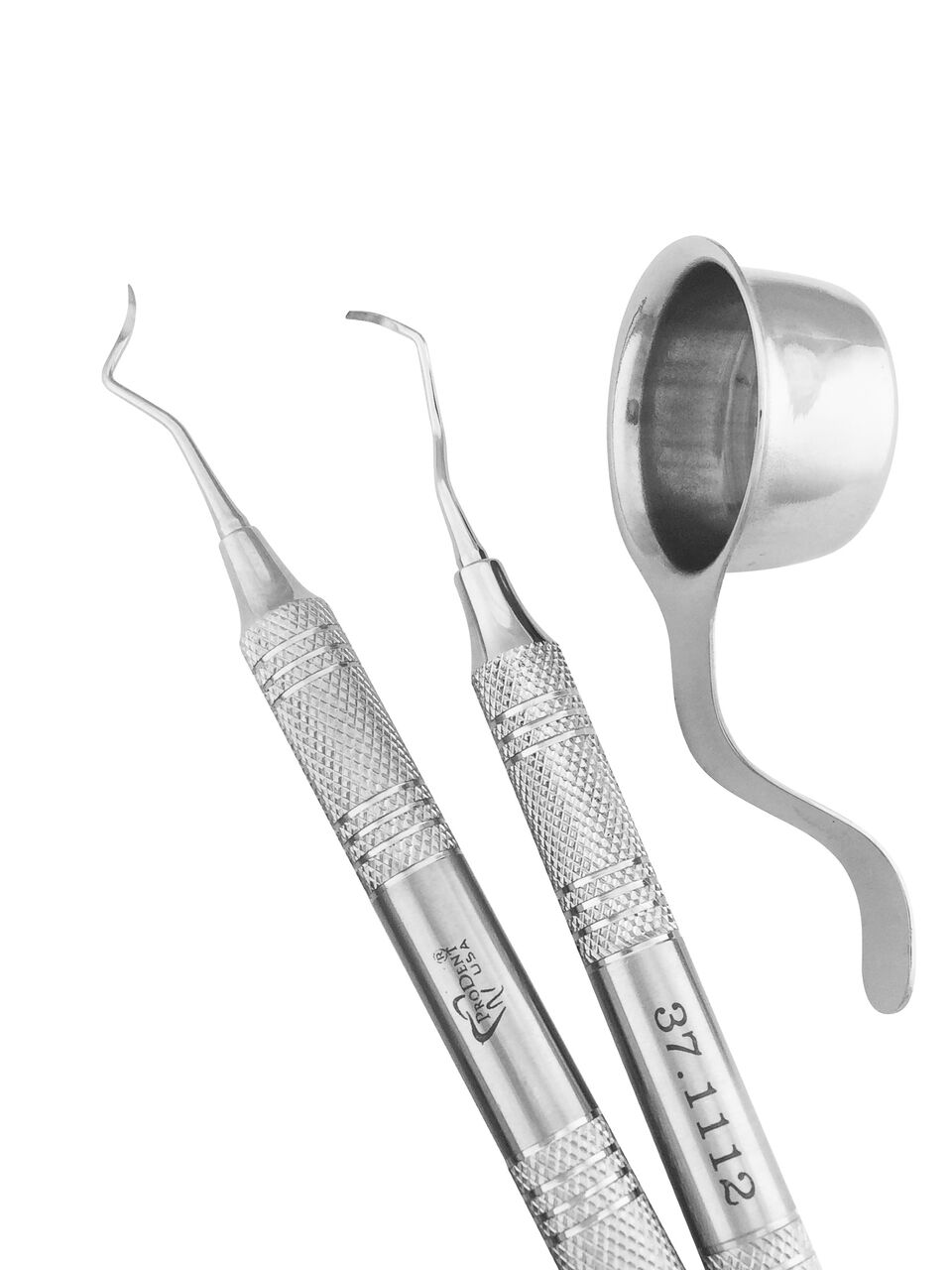 Periodontal Sets & Accessories
Periodontal Sets & Accessories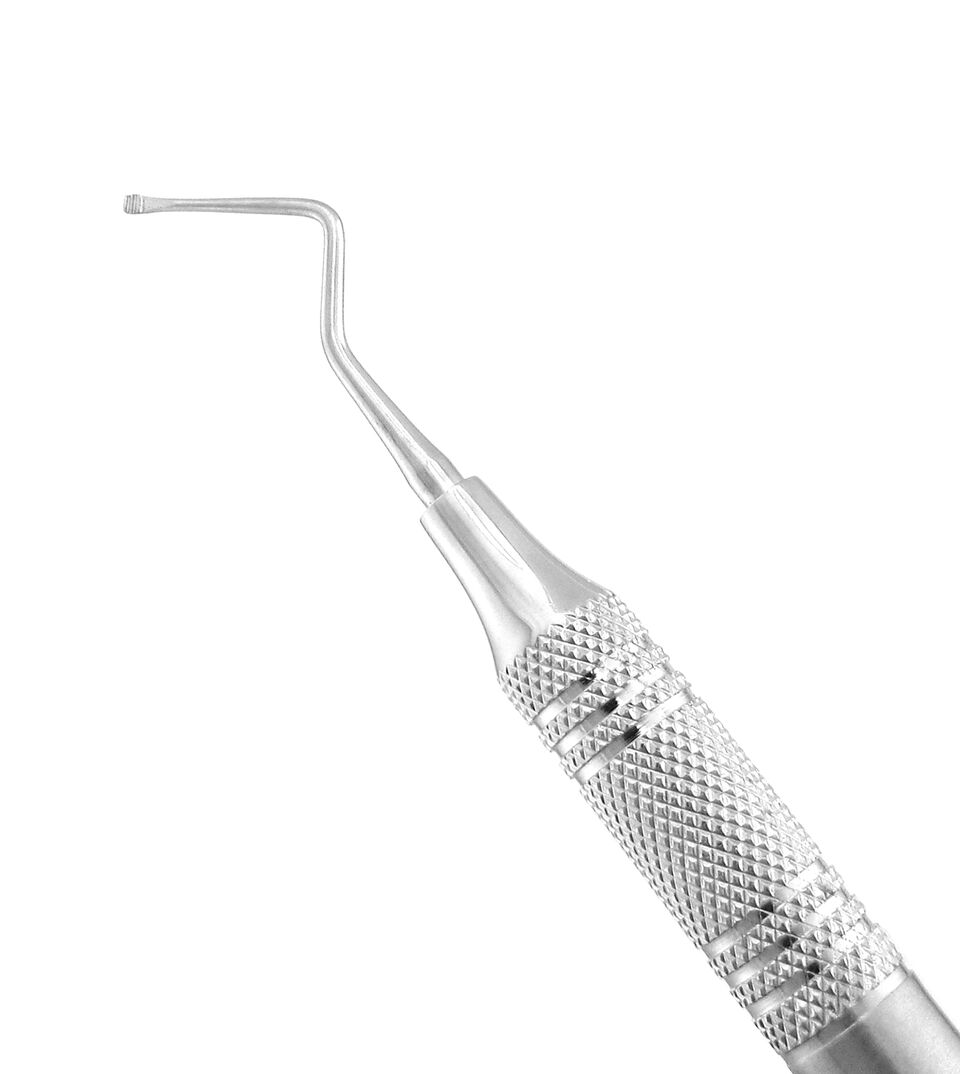 Periodontal Specialty Instruments
Periodontal Specialty Instruments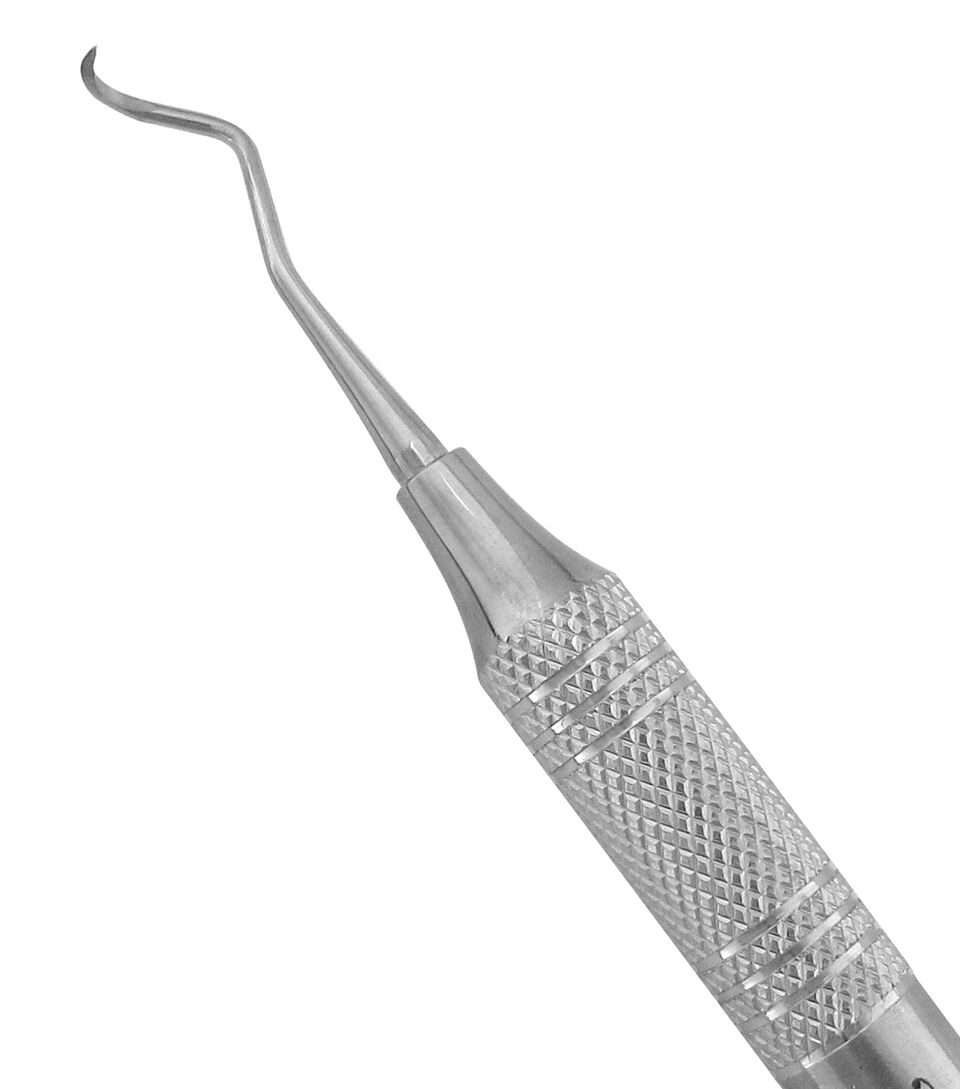 Scalers
Scalers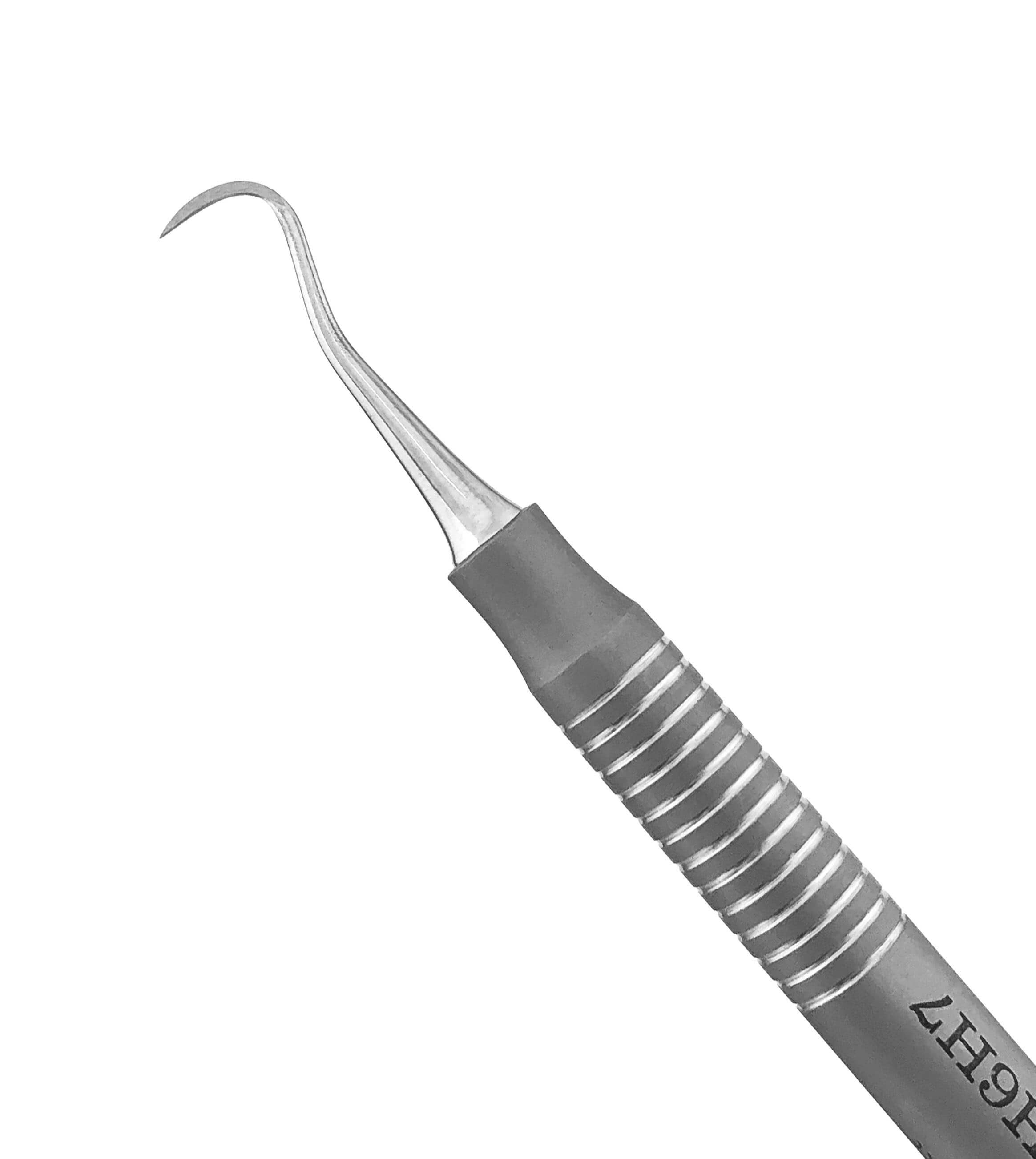 Siberian Stone™ Collection
Siberian Stone™ Collection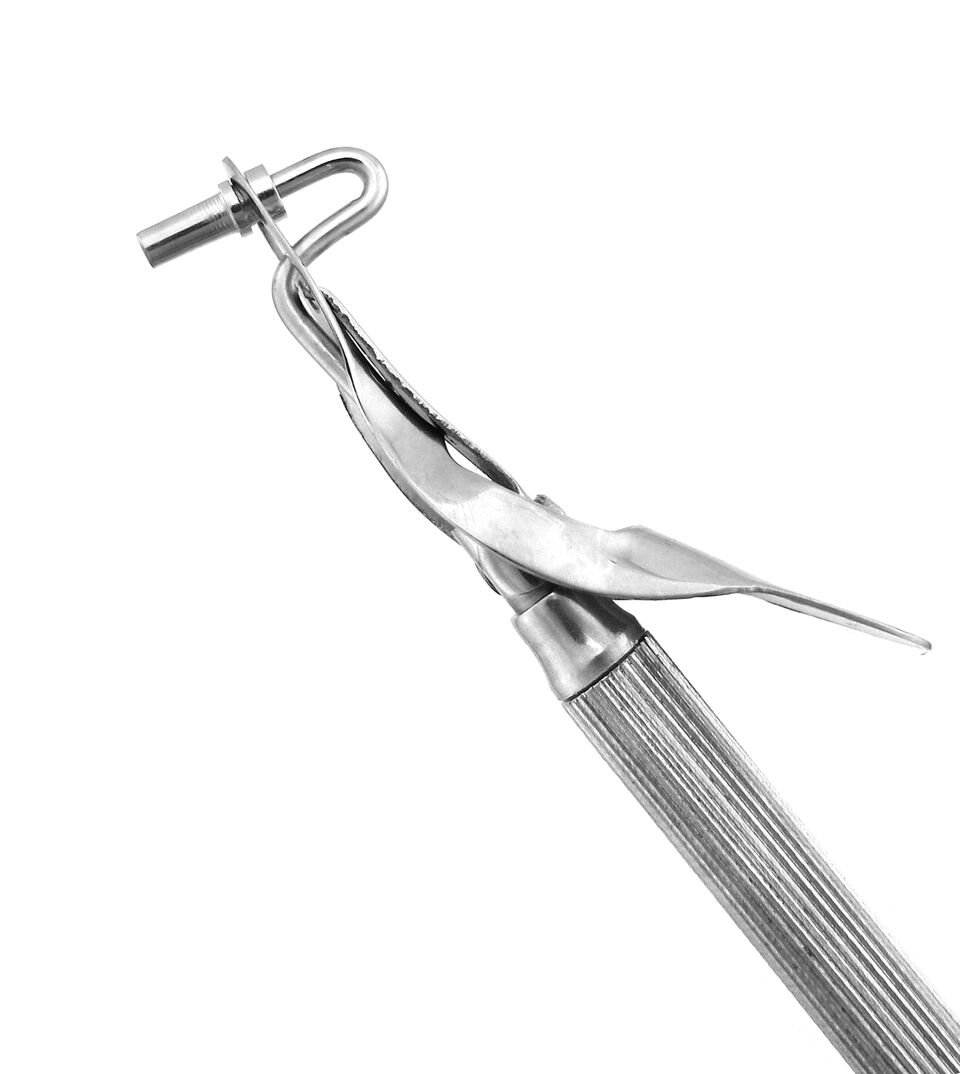 Amalgam Carriers & Well
Amalgam Carriers & Well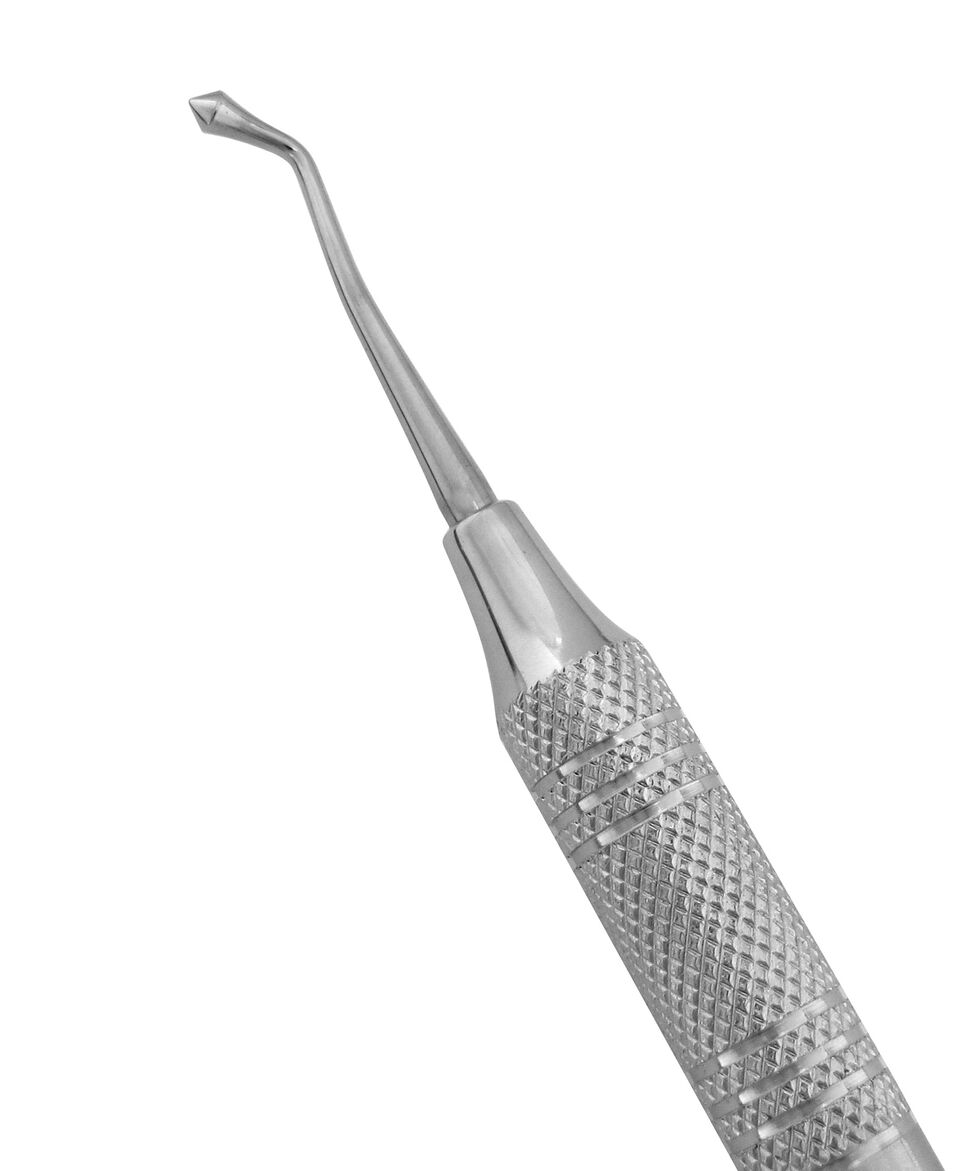 Burnishers
Burnishers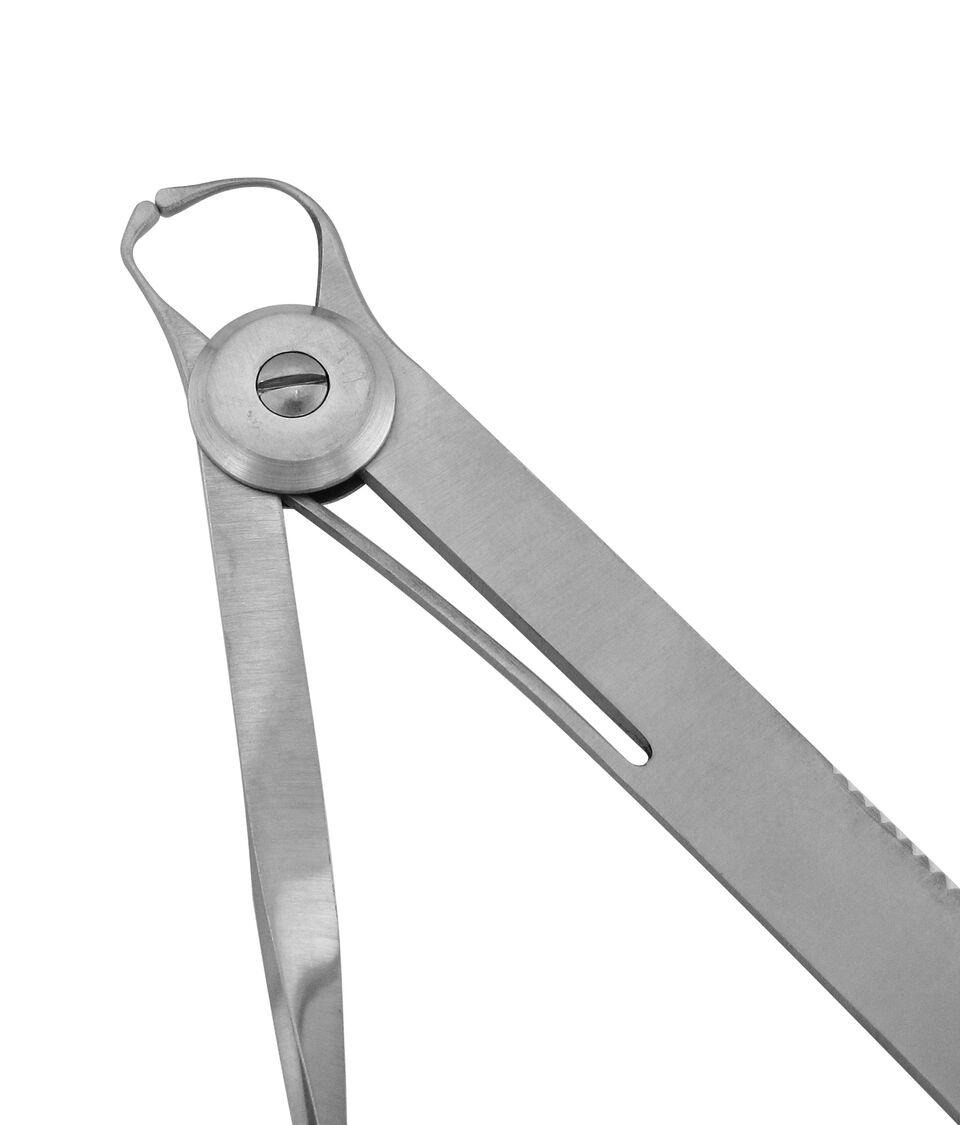 Calipers
Calipers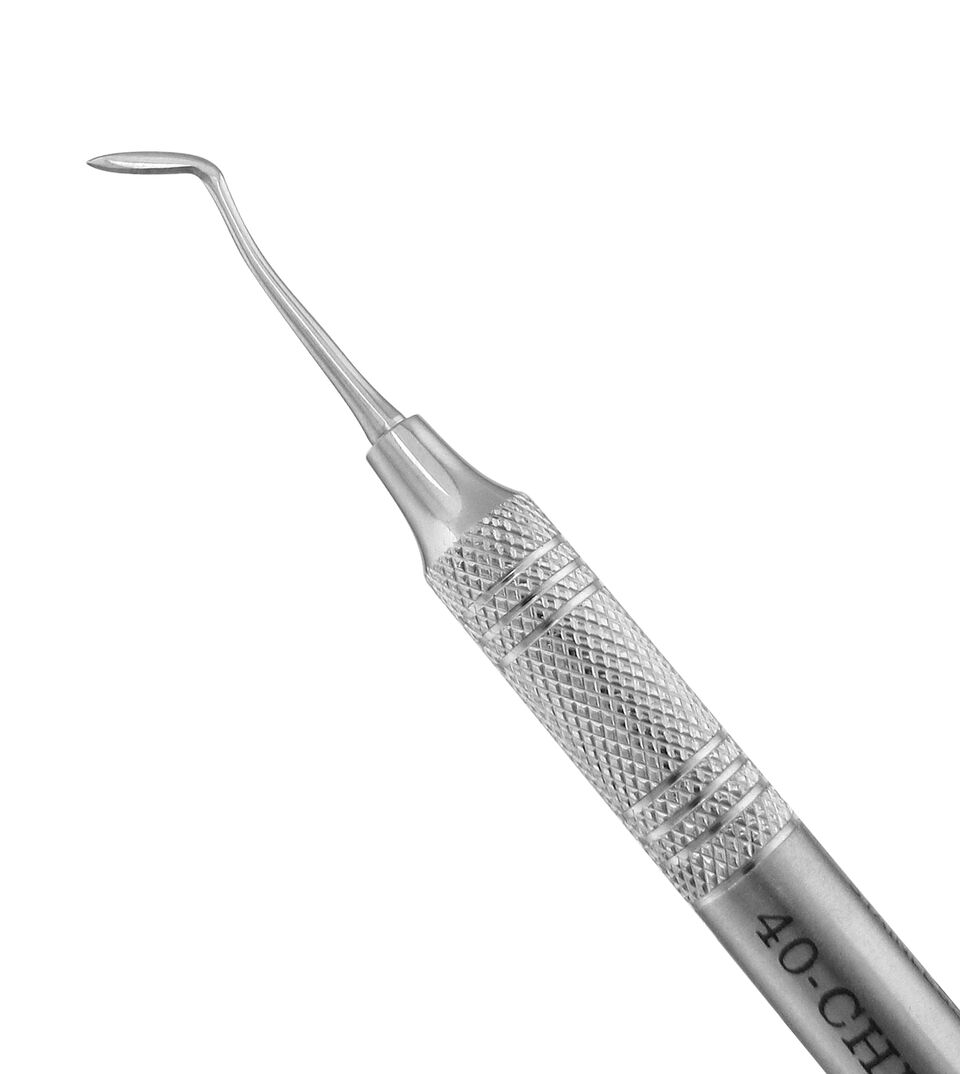 Carvers
Carvers Cement Spatulas
Cement Spatulas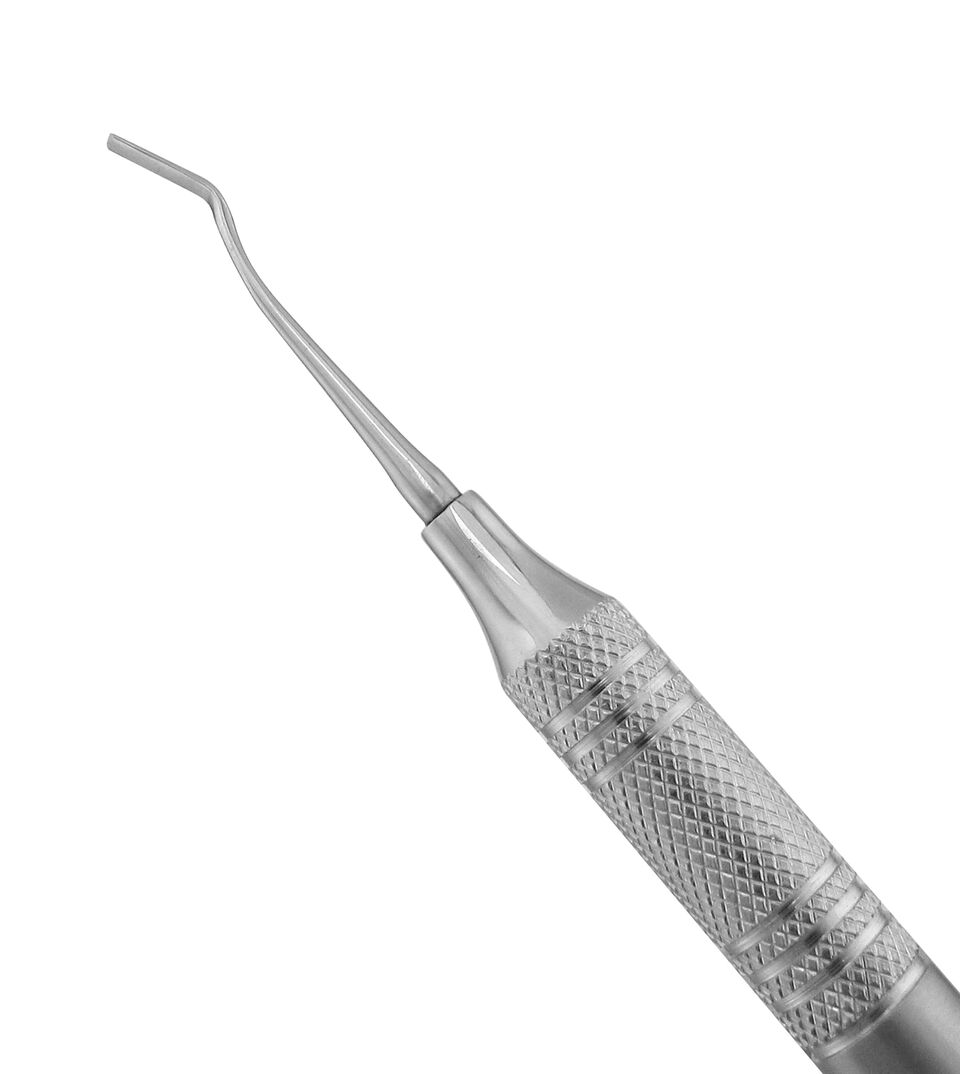 Chisels
Chisels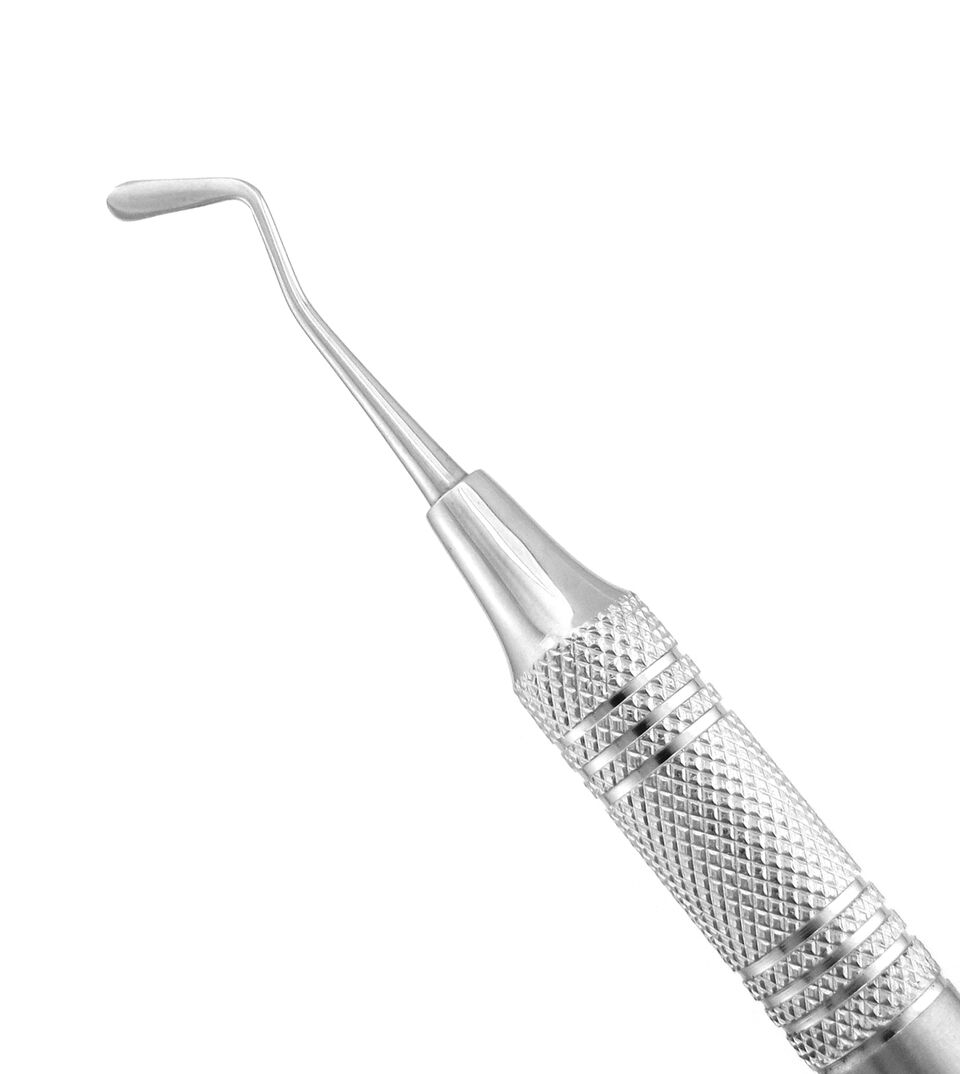 Composite & Plastic Filling Instruments
Composite & Plastic Filling Instruments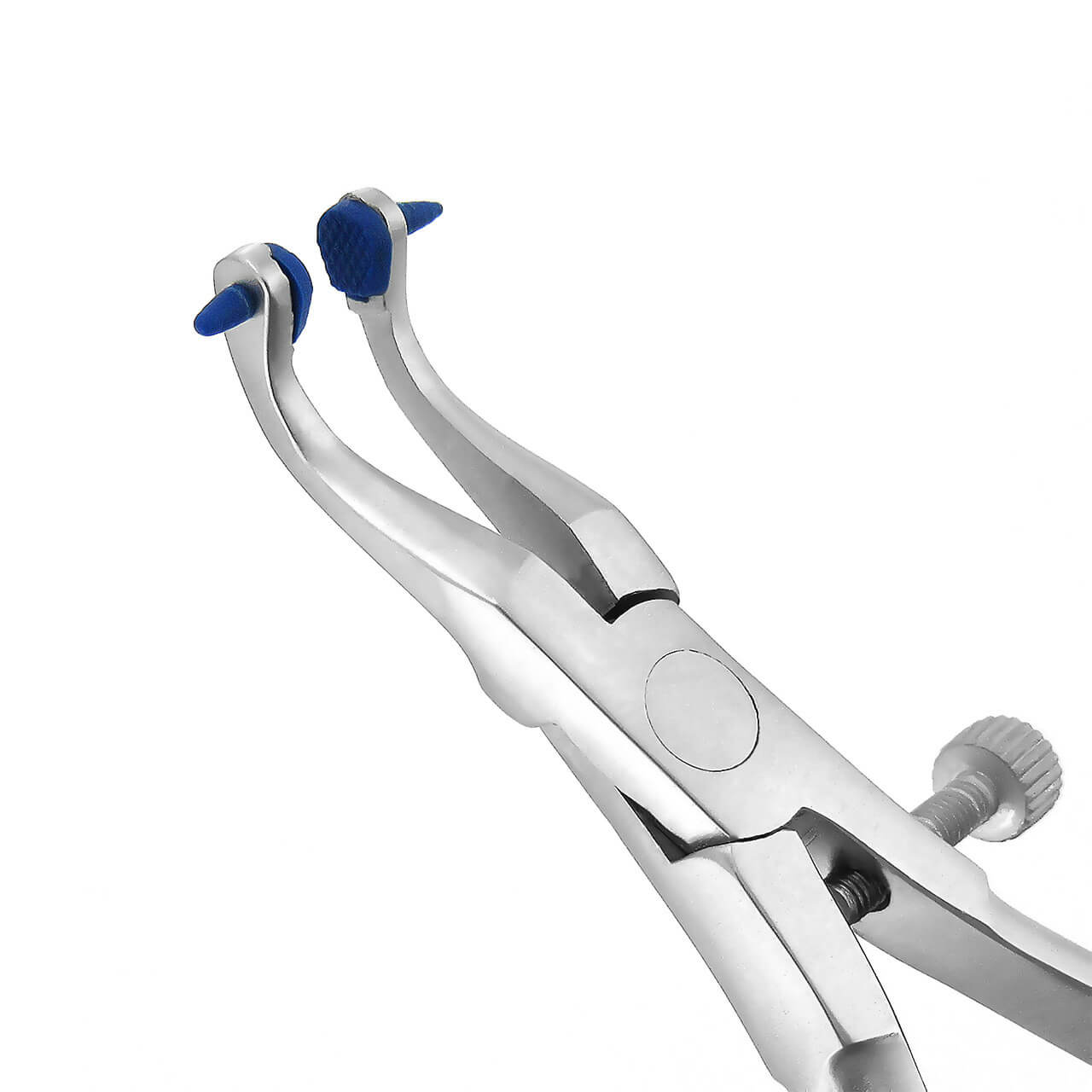 Crown Removers & Spreaders
Crown Removers & Spreaders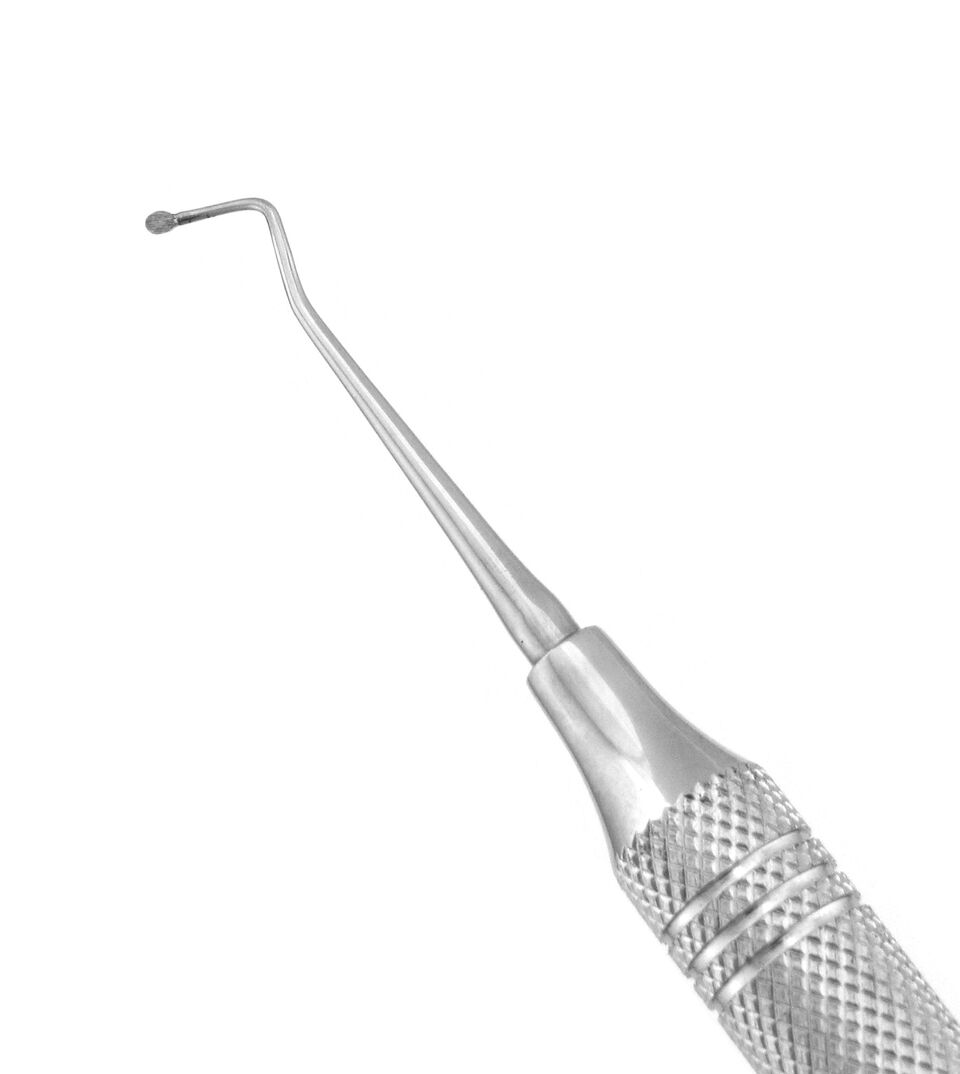 Excavators
Excavators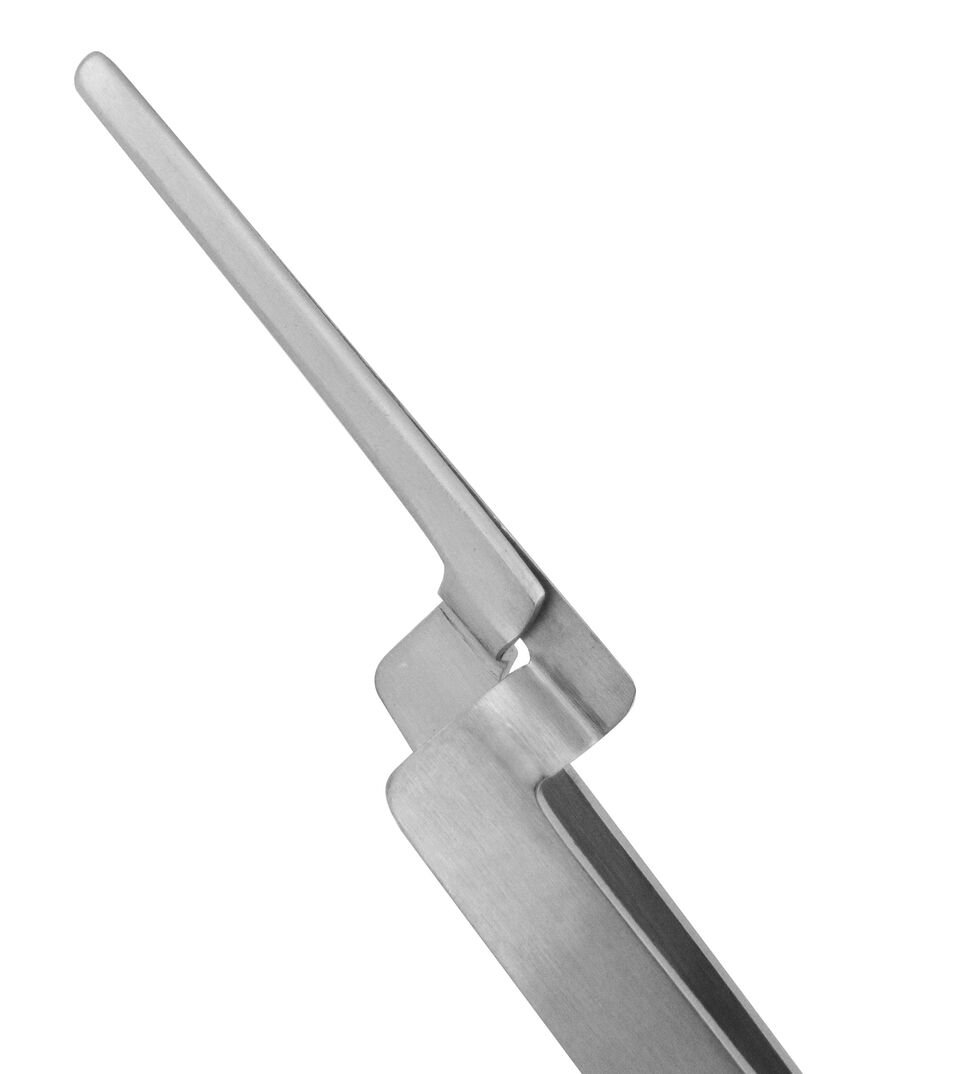 Forceps & Tweezers
Forceps & Tweezers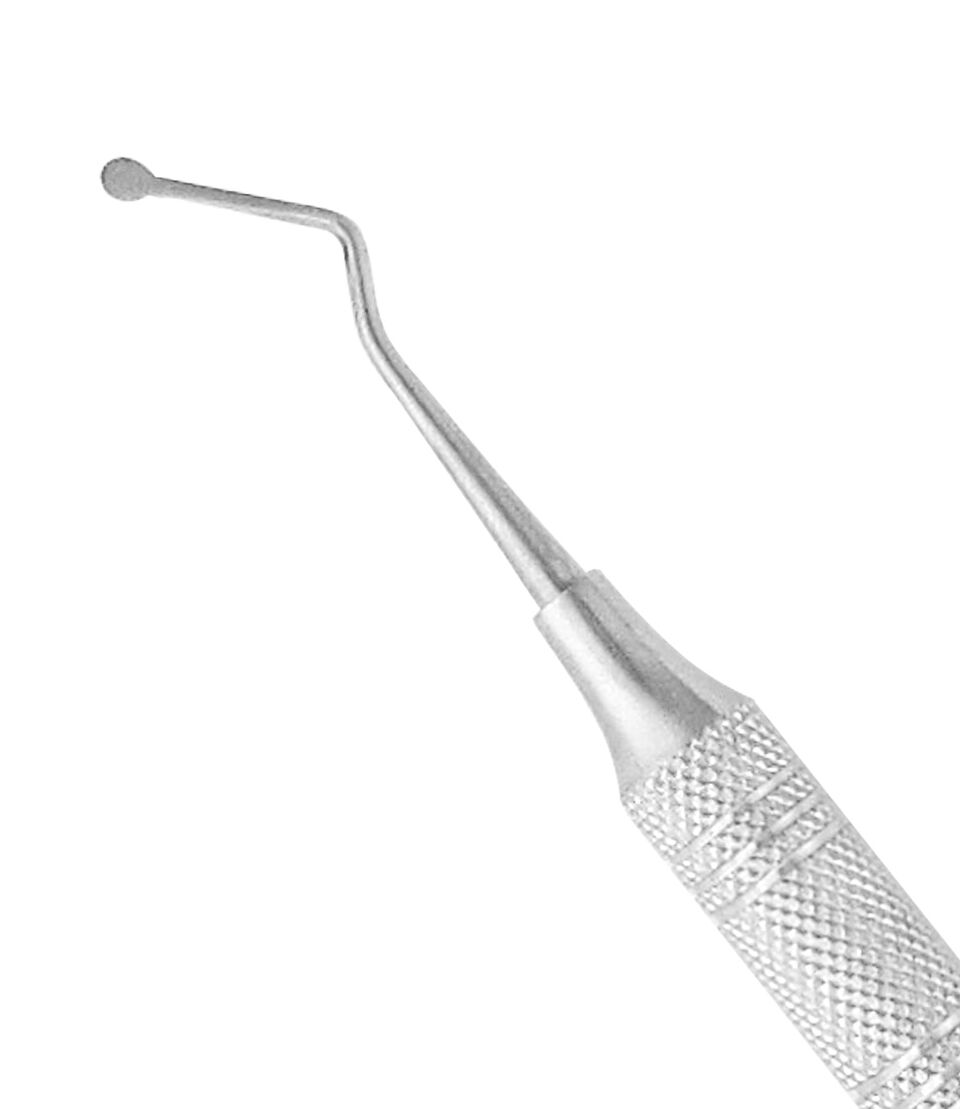 Gingival Cord Packers
Gingival Cord Packers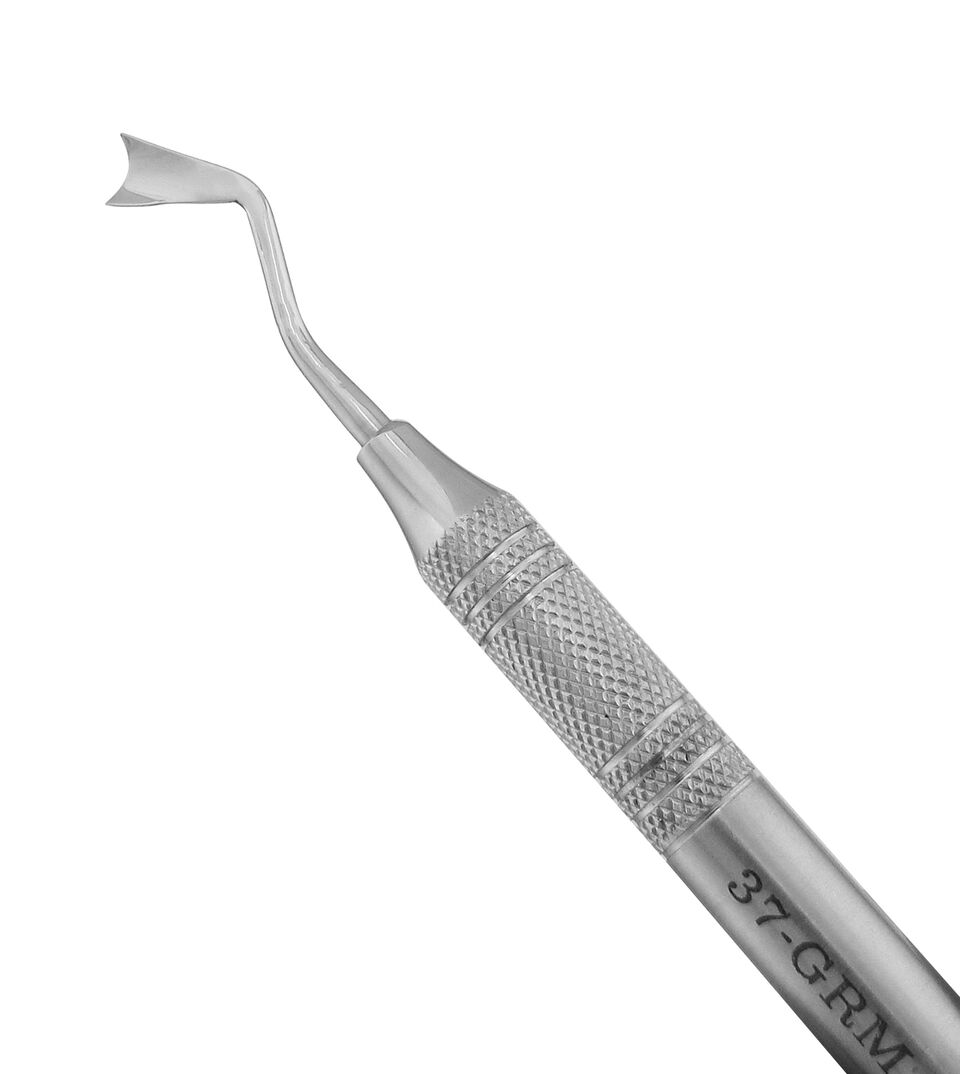 Gingival Retractors
Gingival Retractors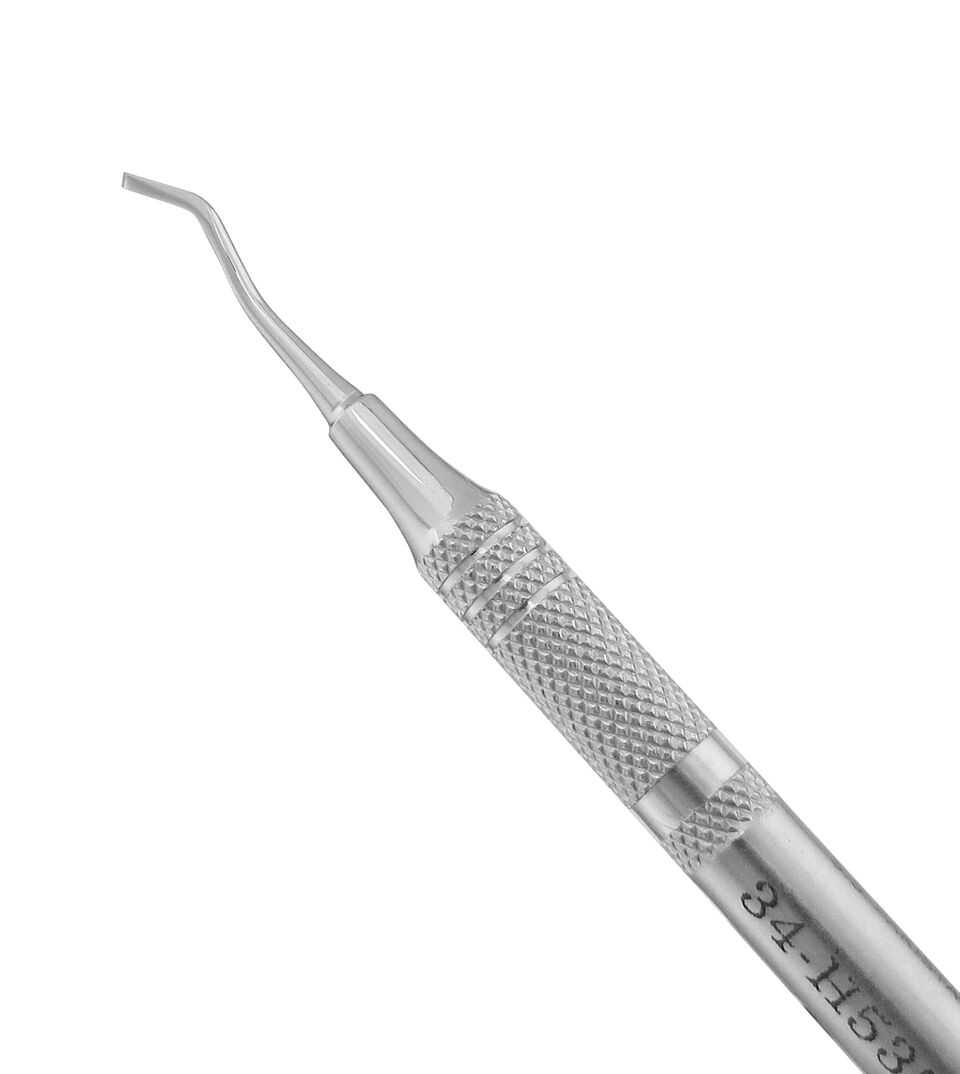 Hatchets
Hatchets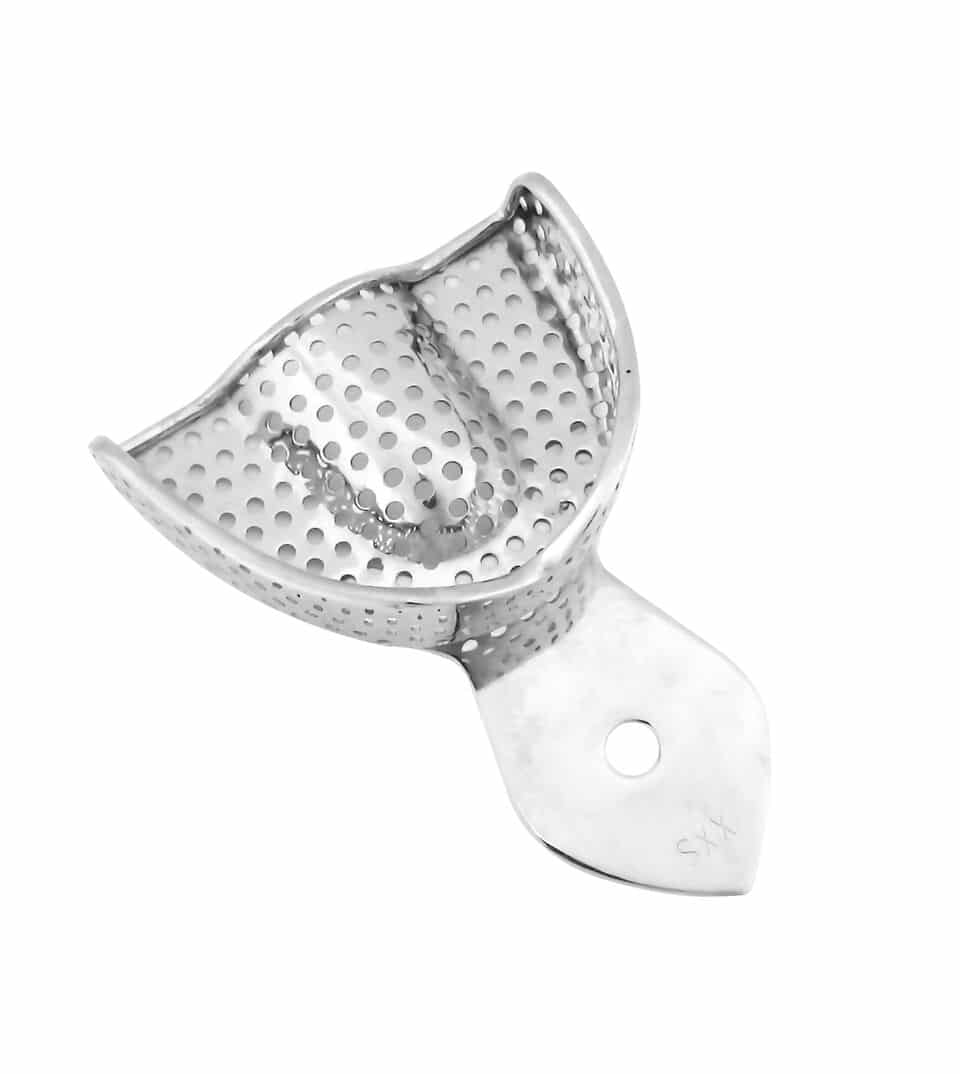 Impression Tray Sets
Impression Tray Sets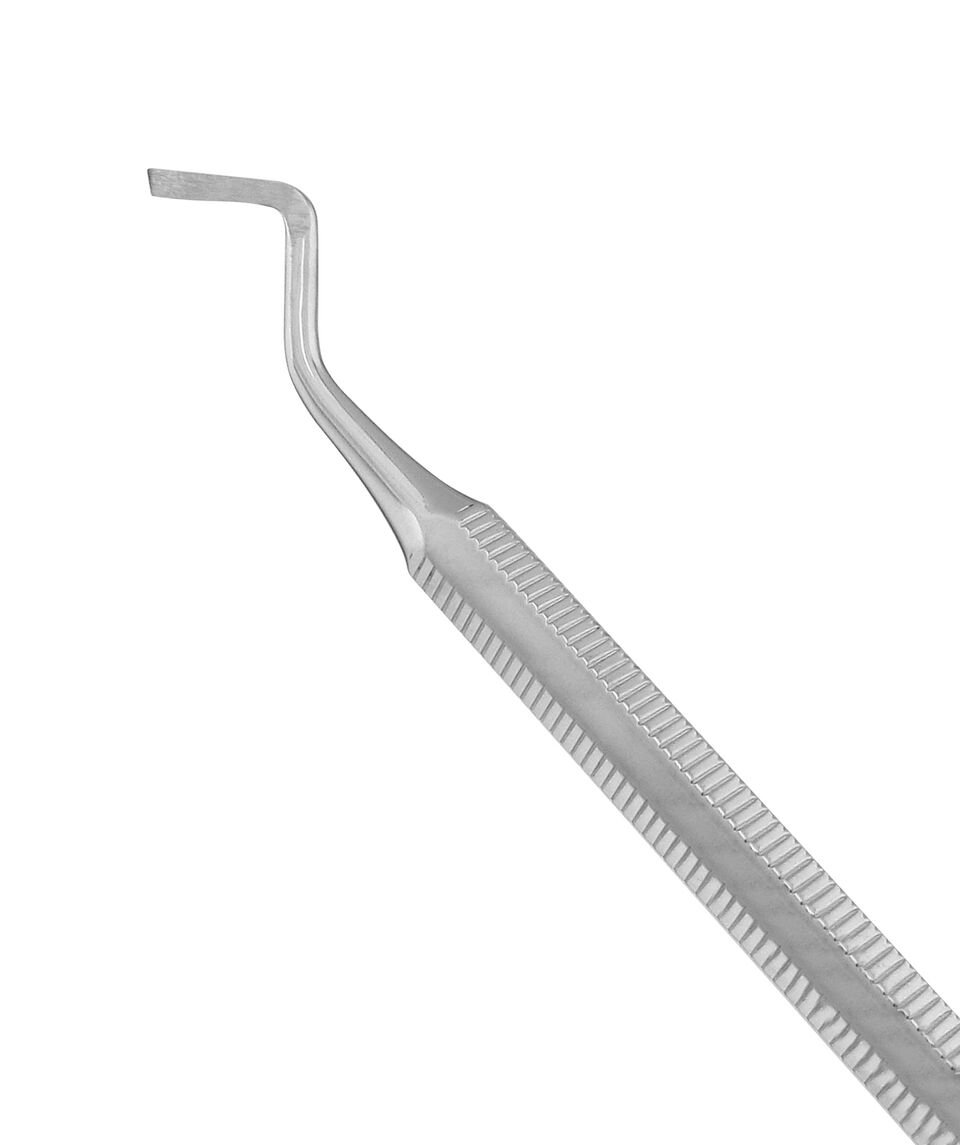 Margin Trimmers
Margin Trimmers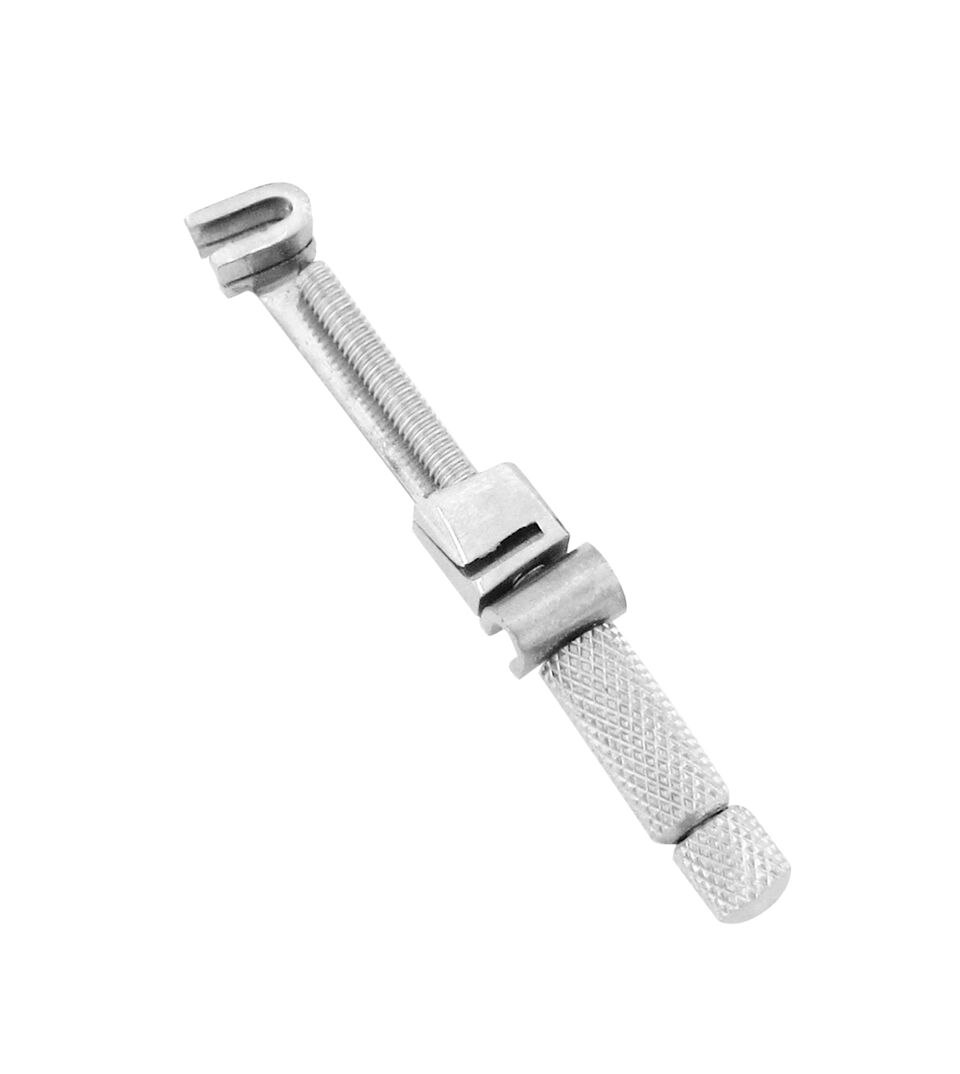 Matrix Retainers
Matrix Retainers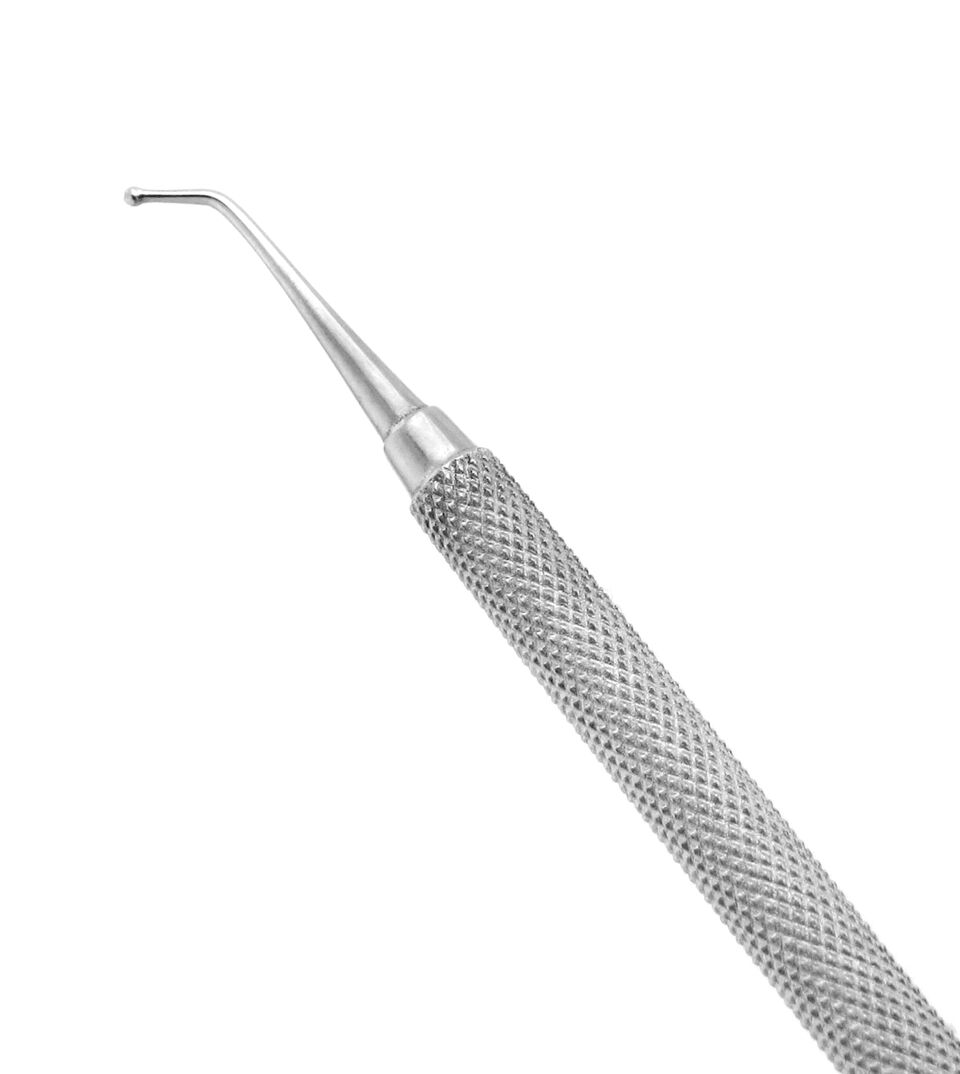 Placement Instruments
Placement Instruments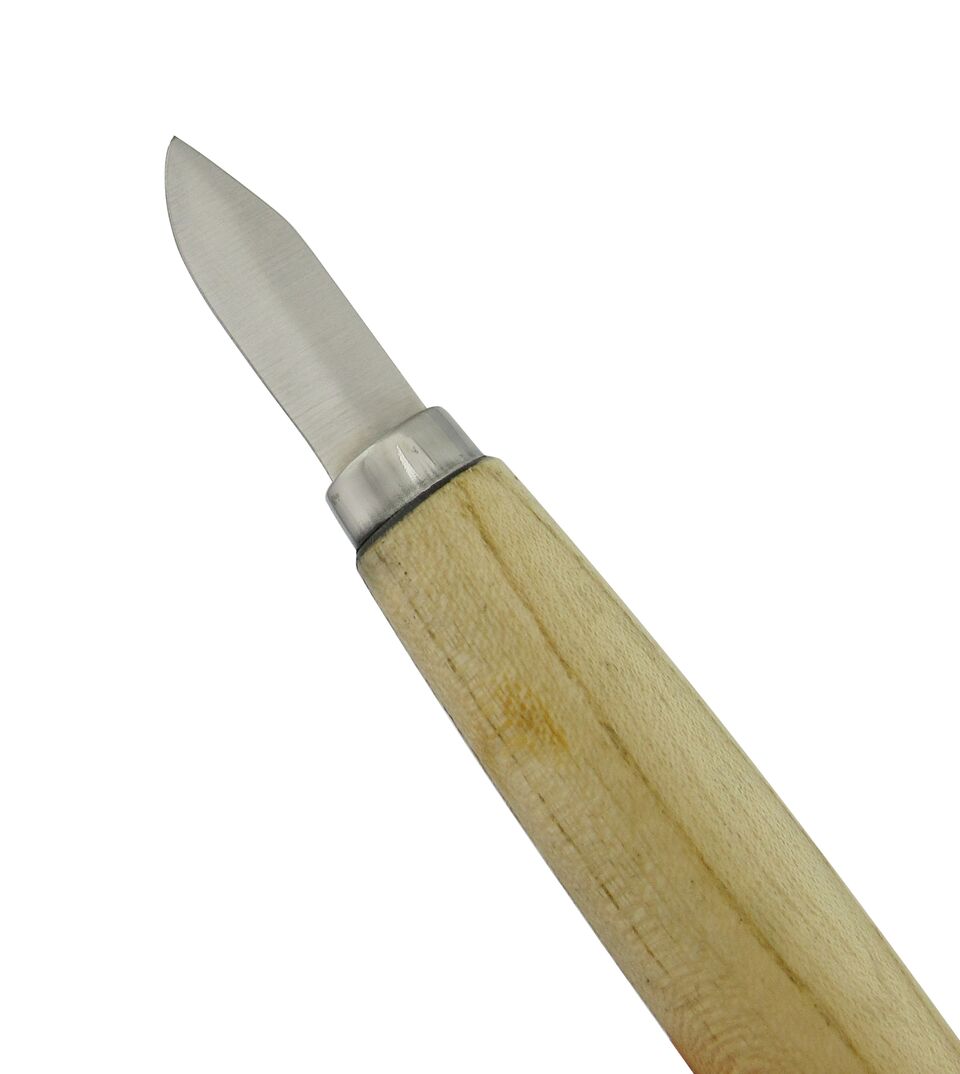 Plaster Knives & Nippers
Plaster Knives & Nippers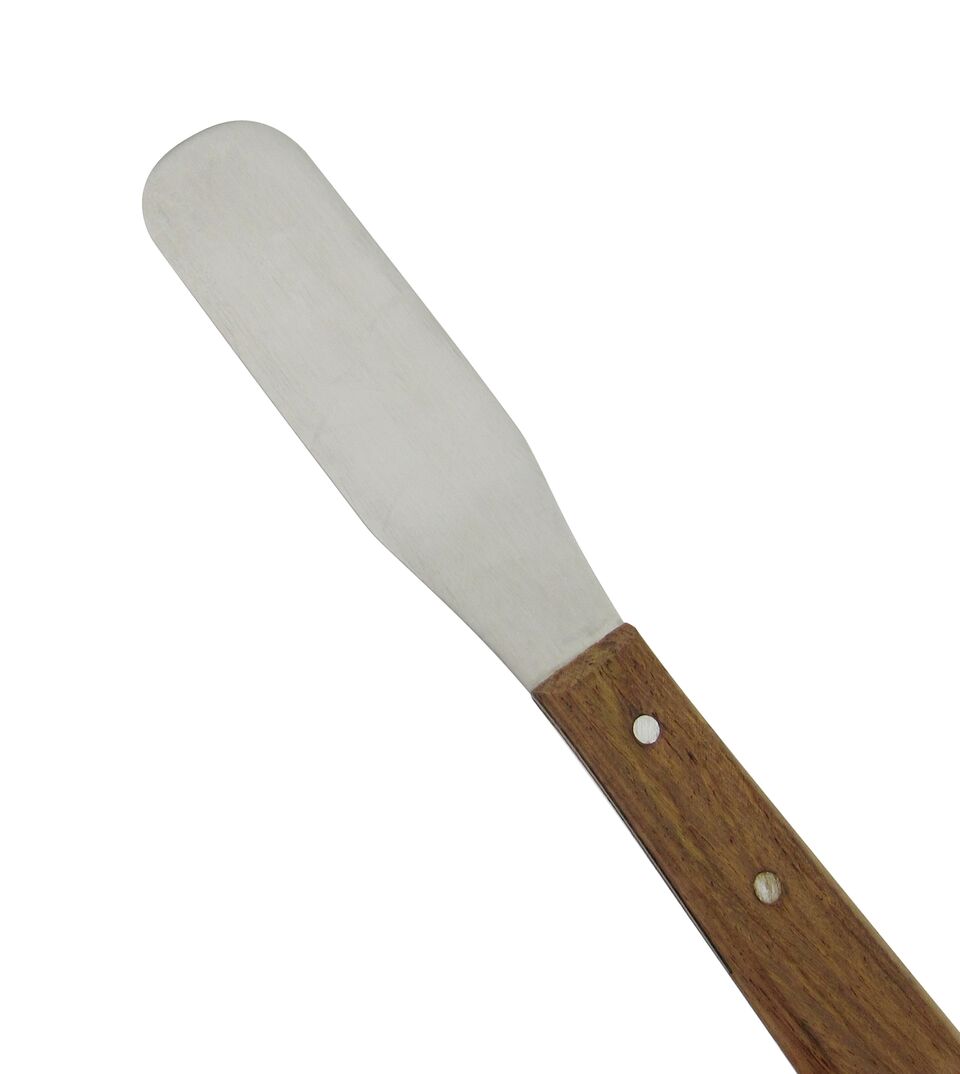 Plaster Spatulas
Plaster Spatulas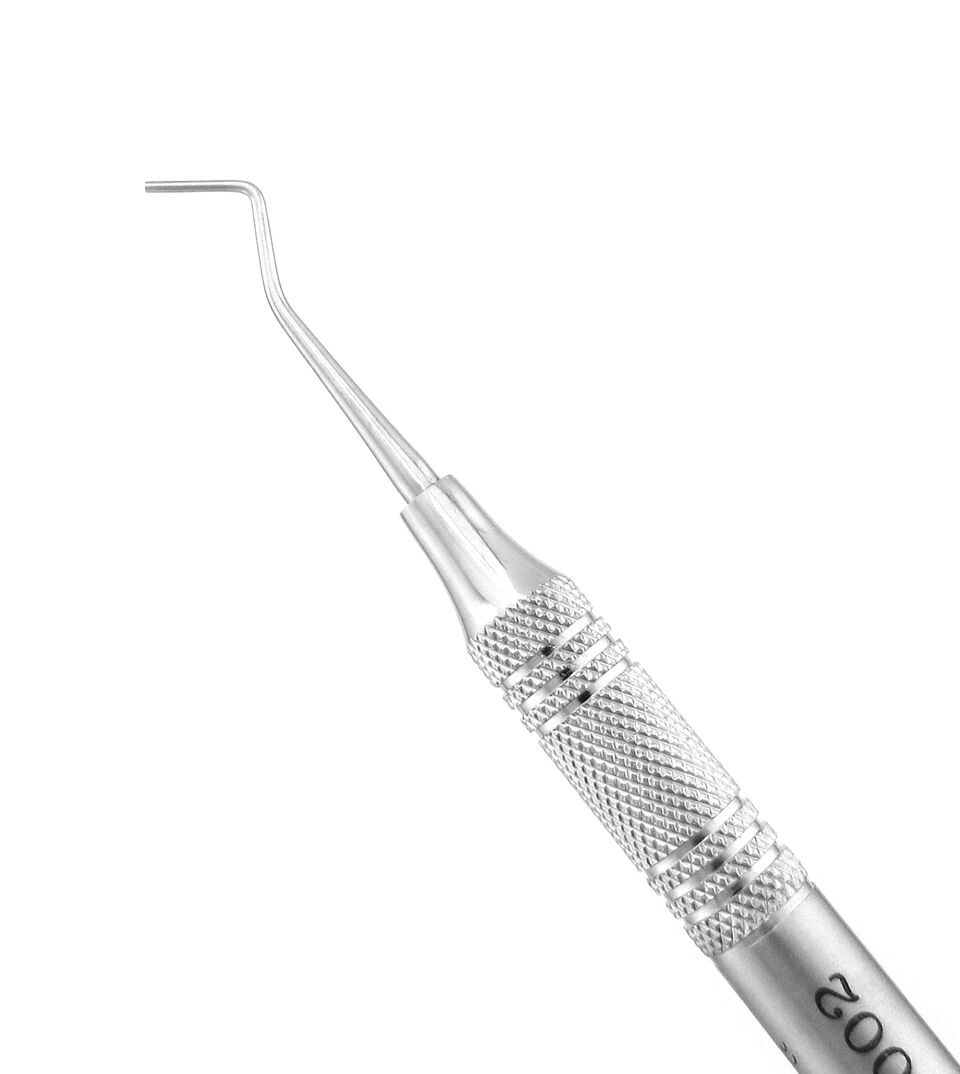 Pluggers/Condensers
Pluggers/Condensers Restorative Sets
Restorative Sets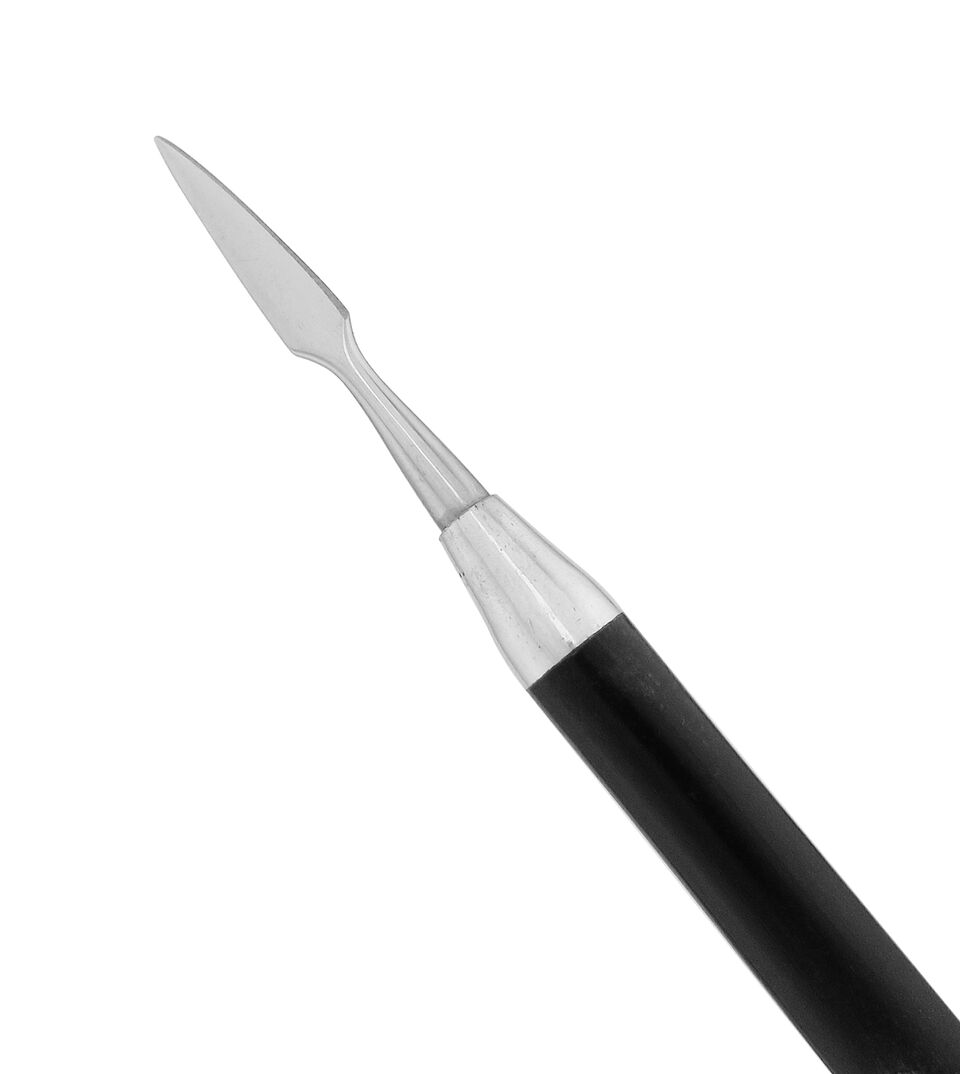 Wax & Porcelain Carvers
Wax & Porcelain Carvers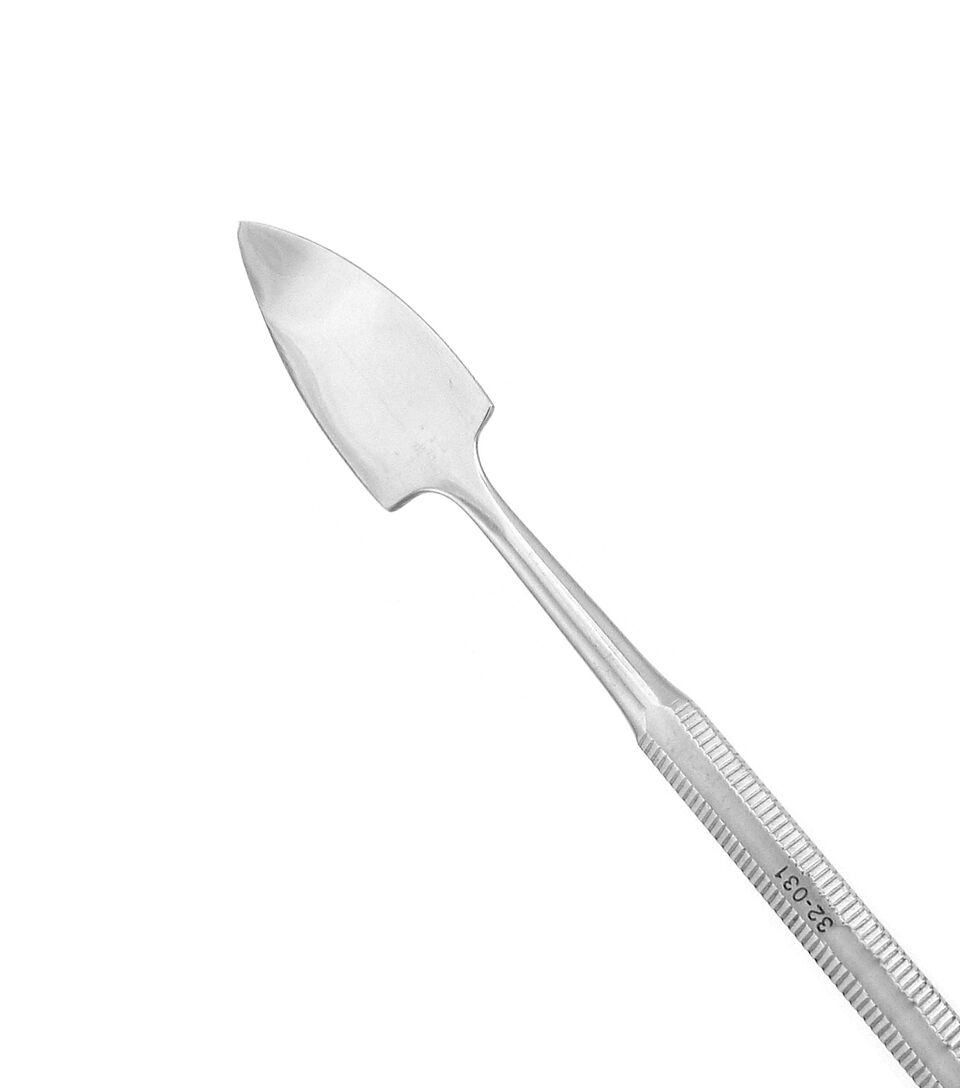 Wax Spatulas
Wax Spatulas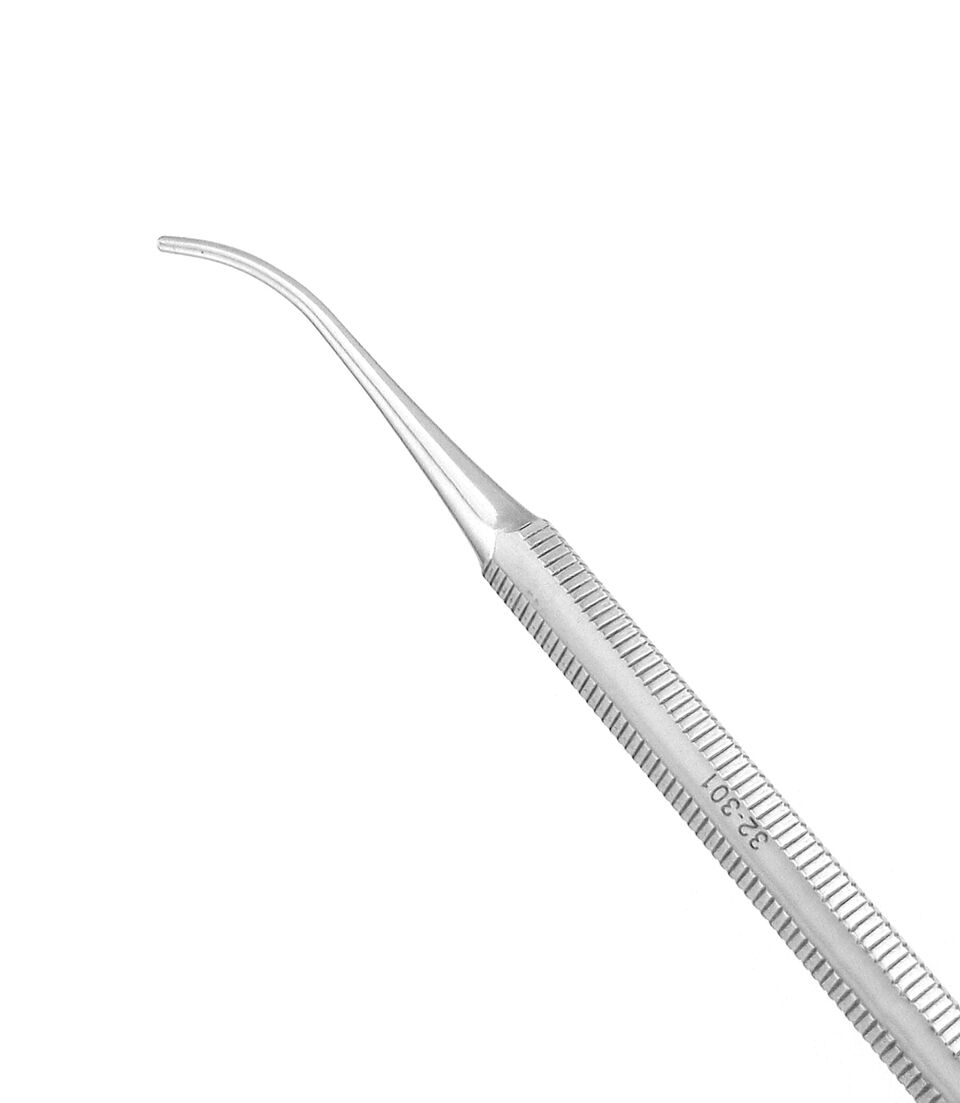 Waxing Instruments
Waxing Instruments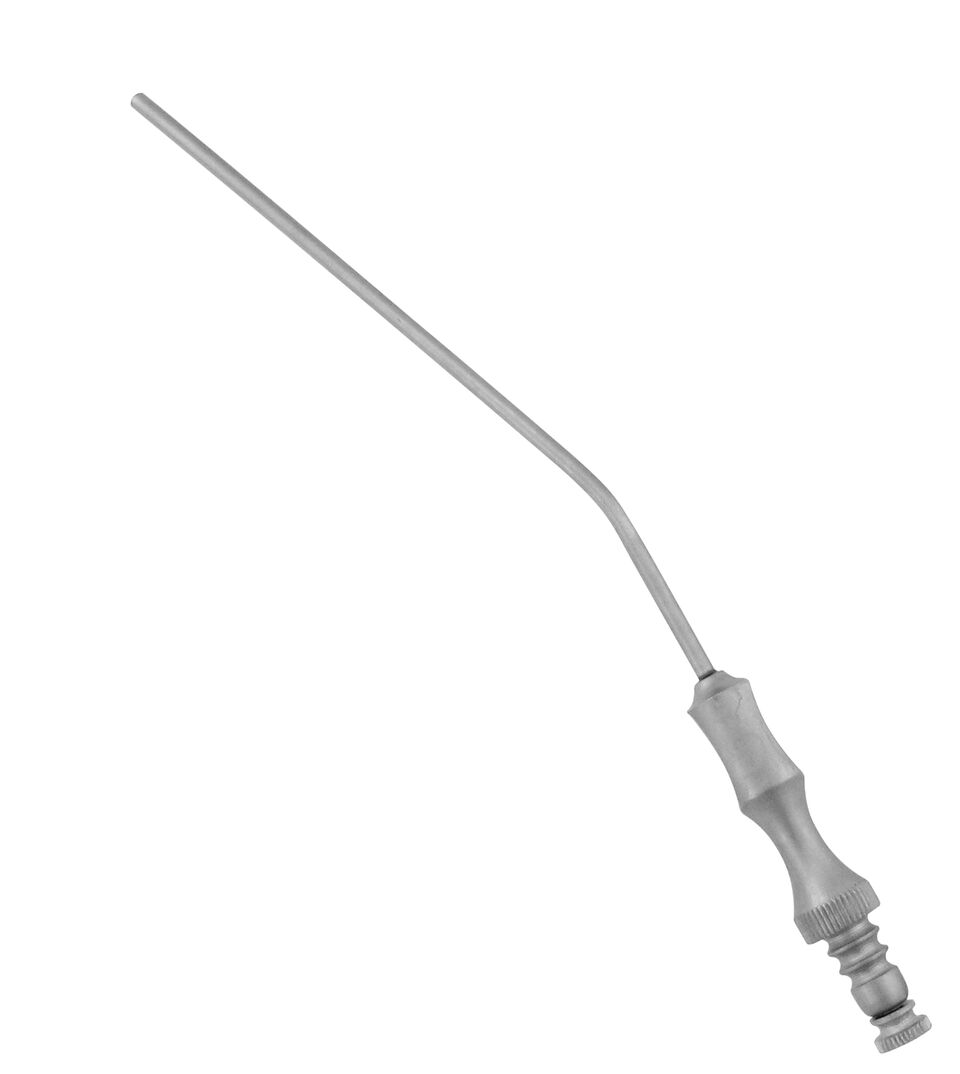 Aspirators
Aspirators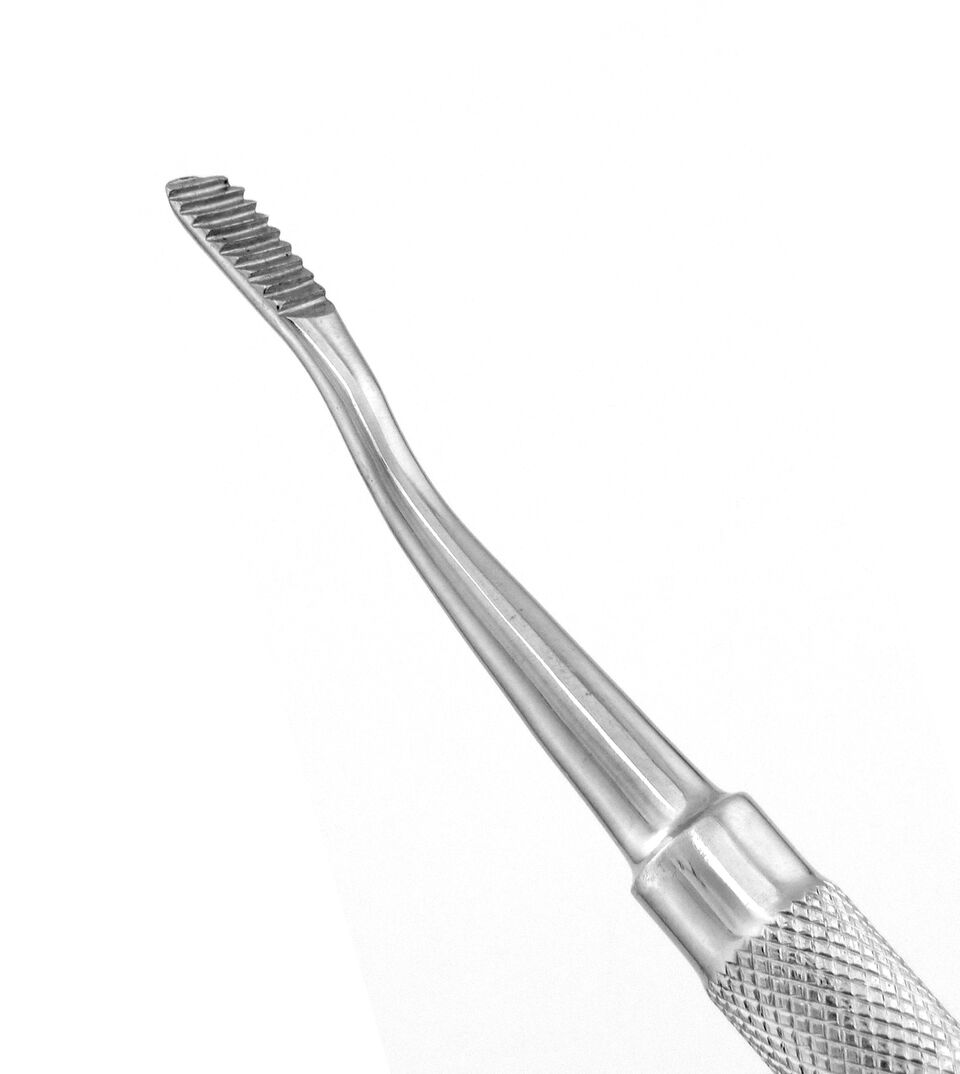 Bone Chisels
Bone Chisels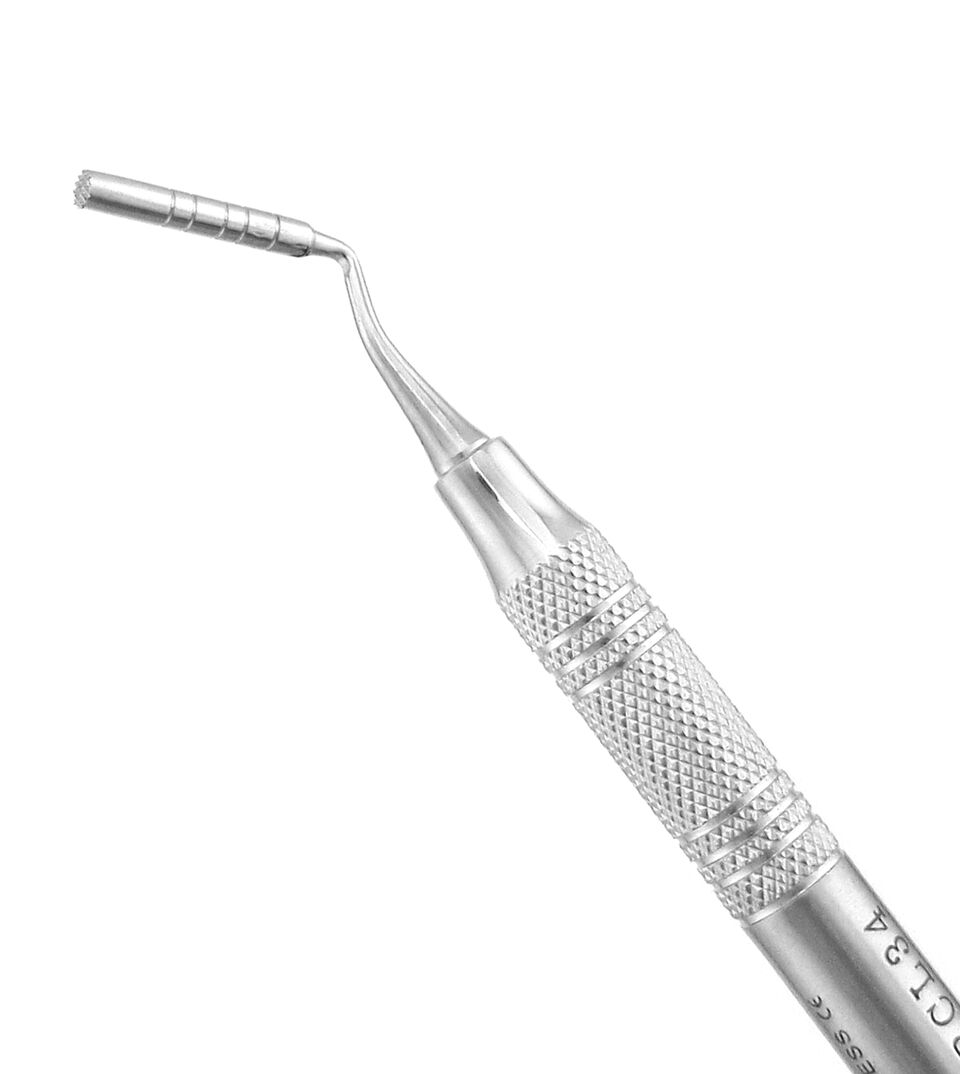 Bone Grafting Instruments
Bone Grafting Instruments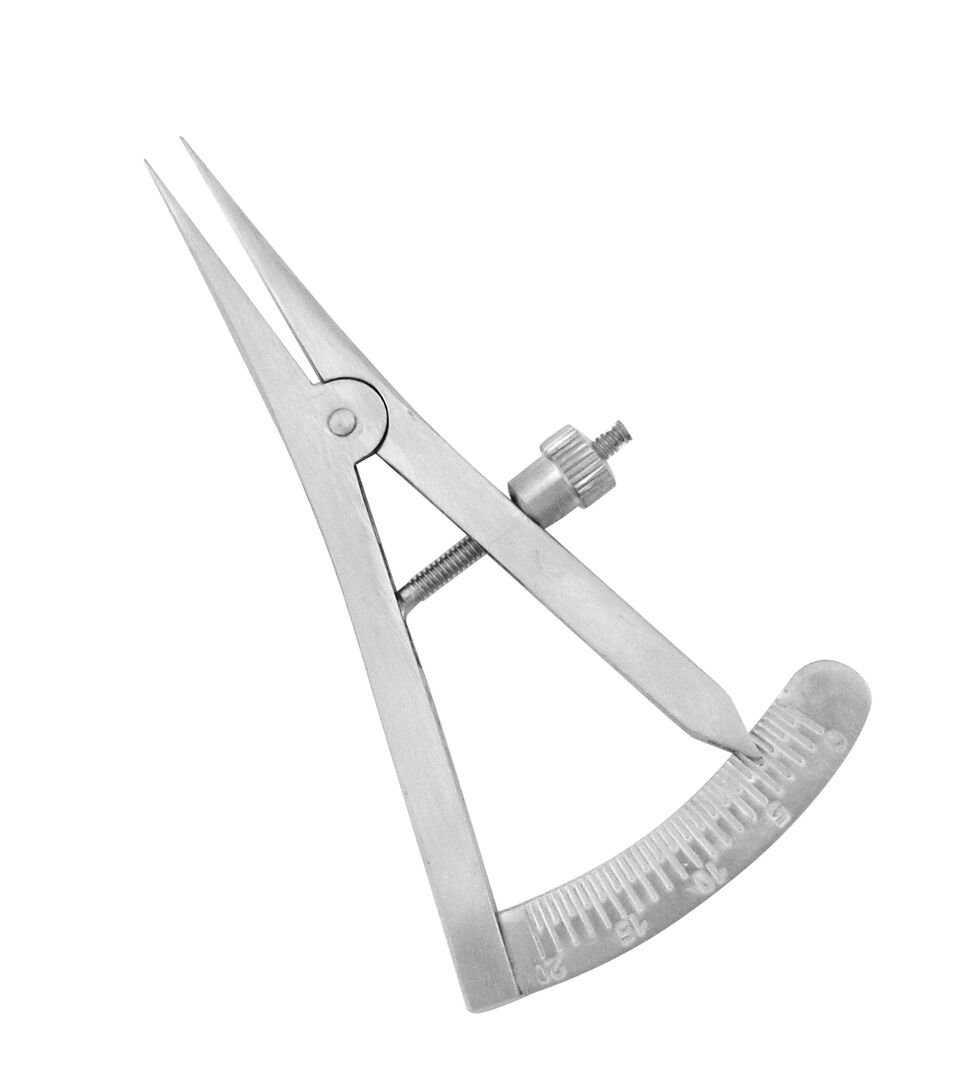 Calipers
Calipers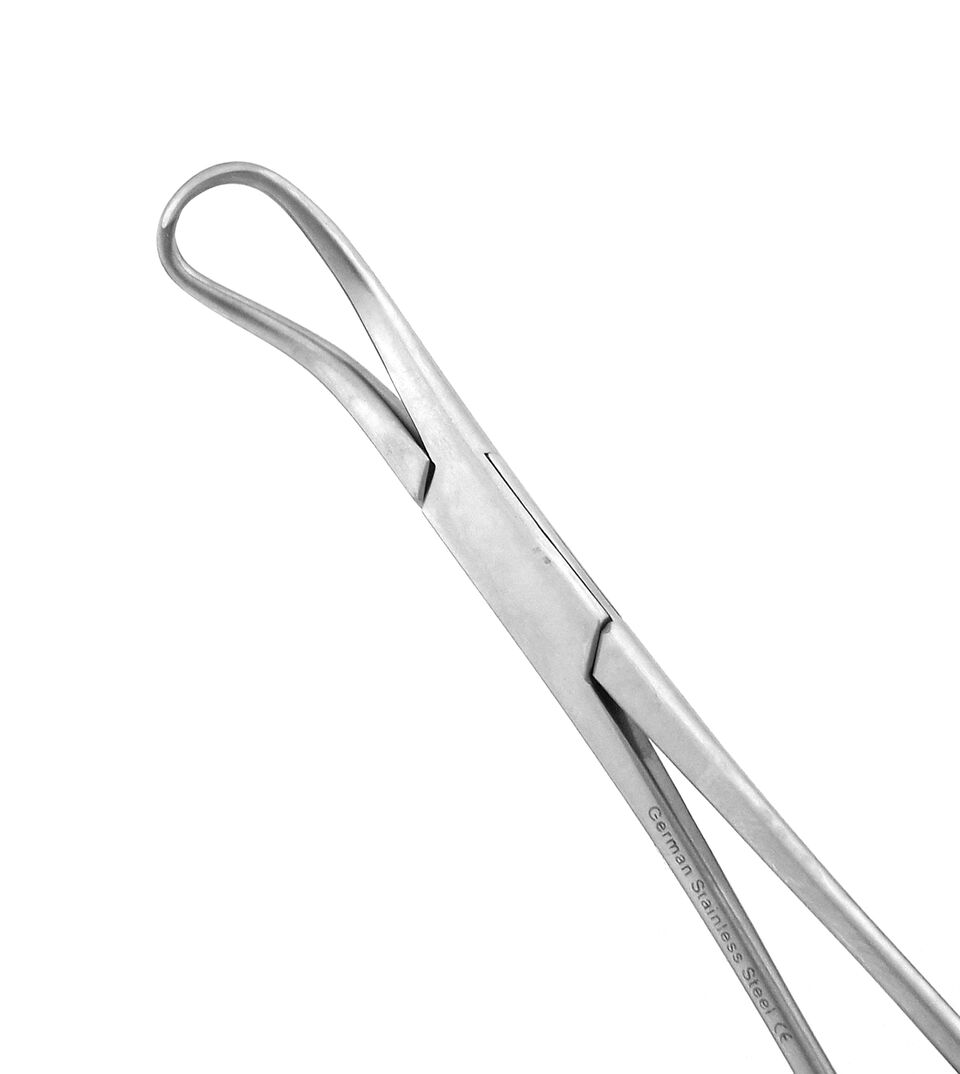 Clamps
Clamps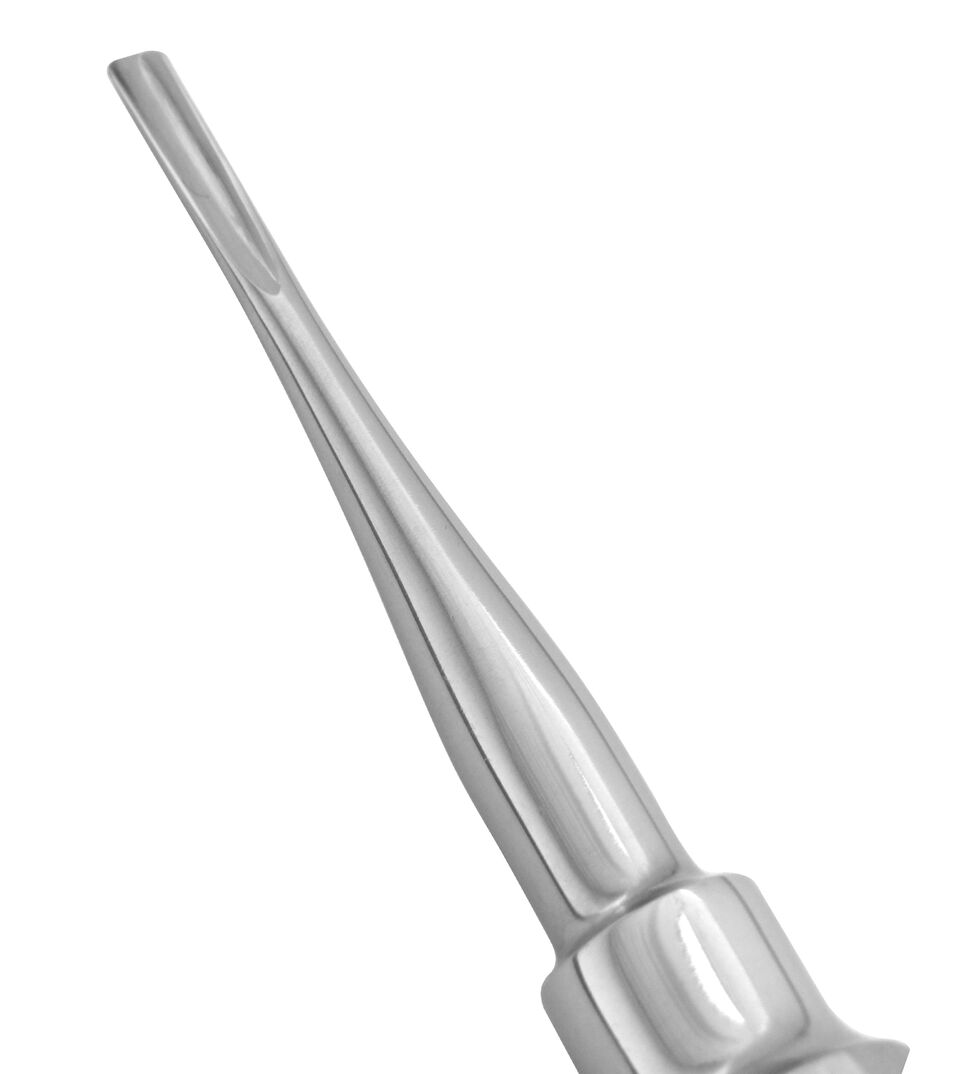 Dental Elevators
Dental Elevators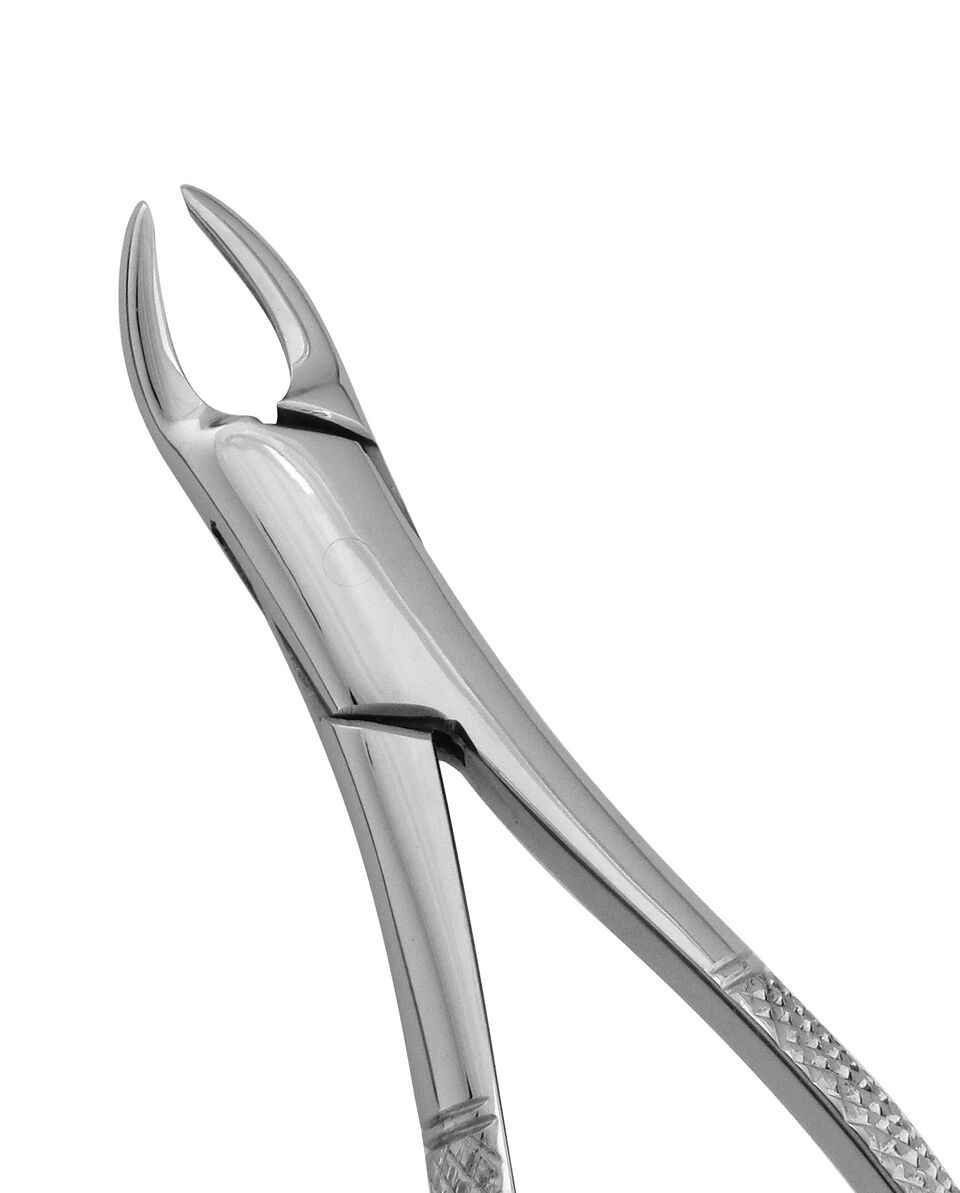 Extraction Forceps
Extraction Forceps Hemostats & Forceps
Hemostats & Forceps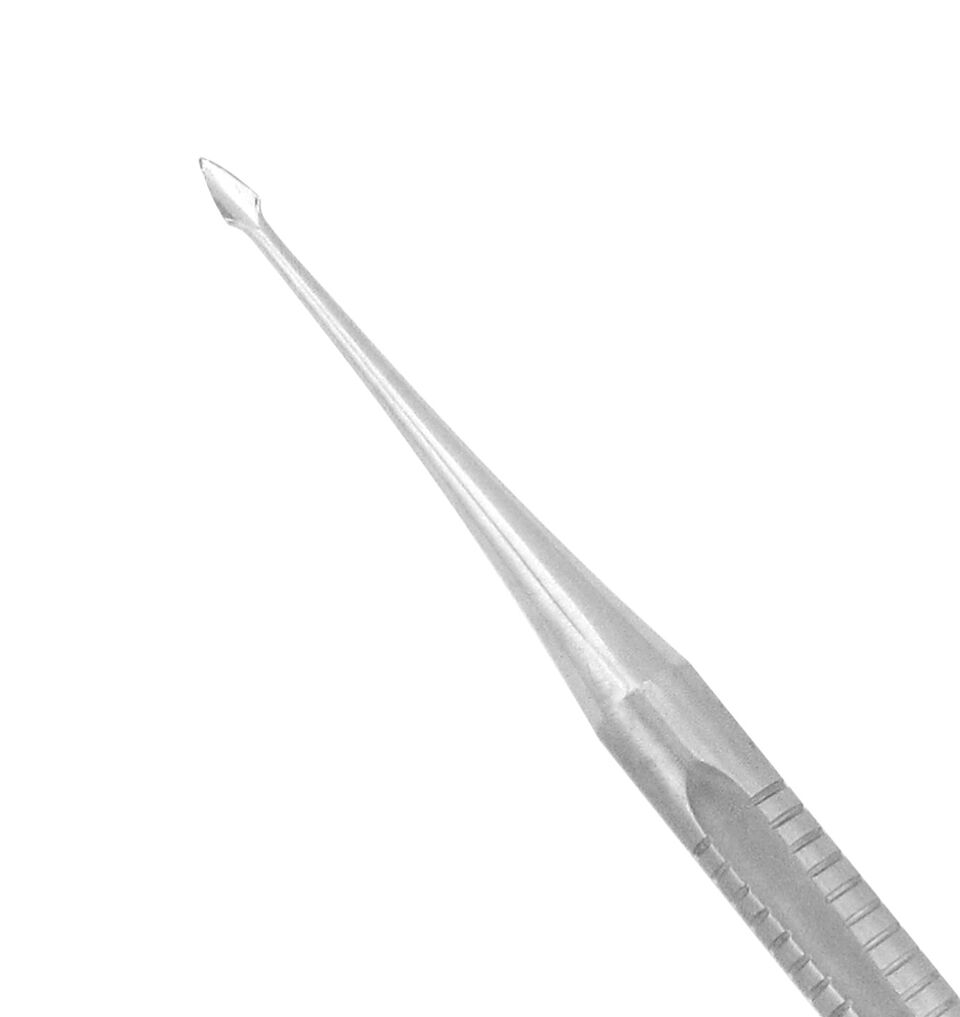 Hybrid Instruments
Hybrid Instruments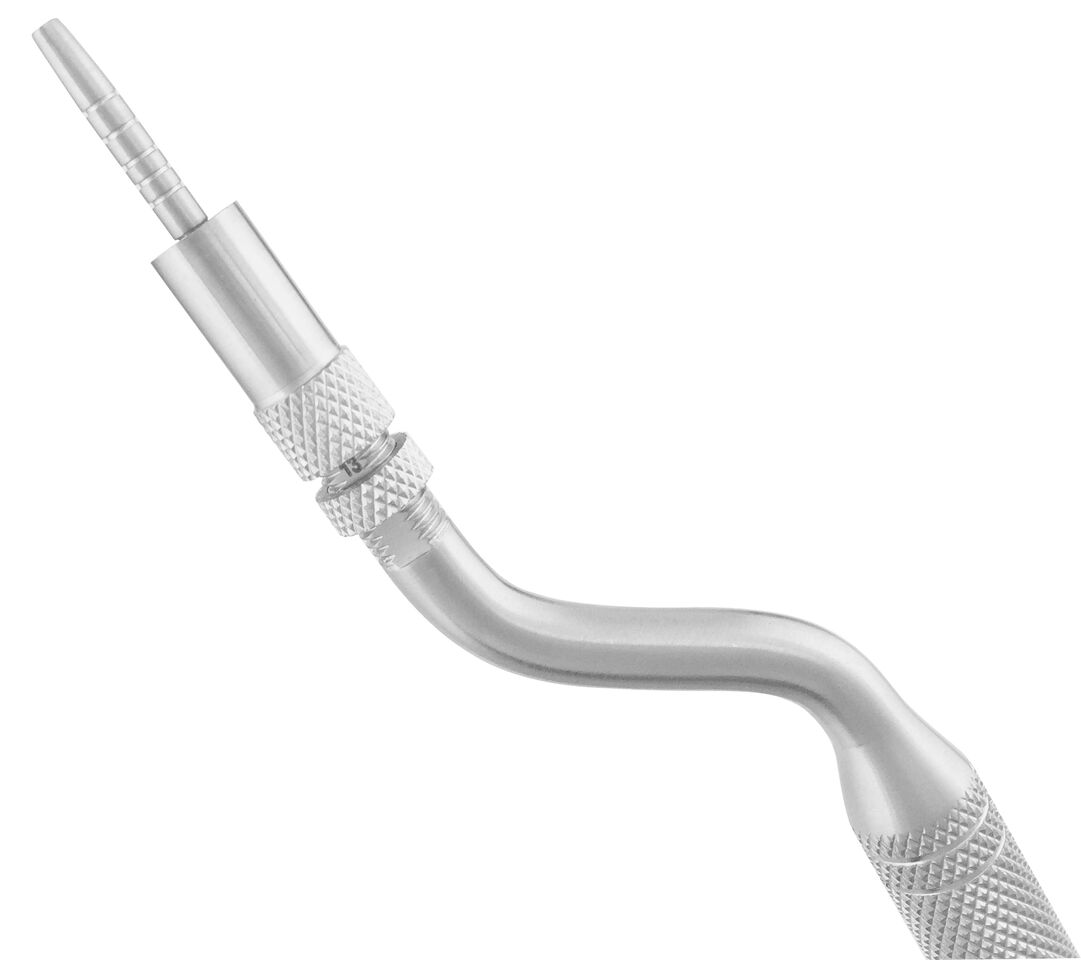 Implant Instruments
Implant Instruments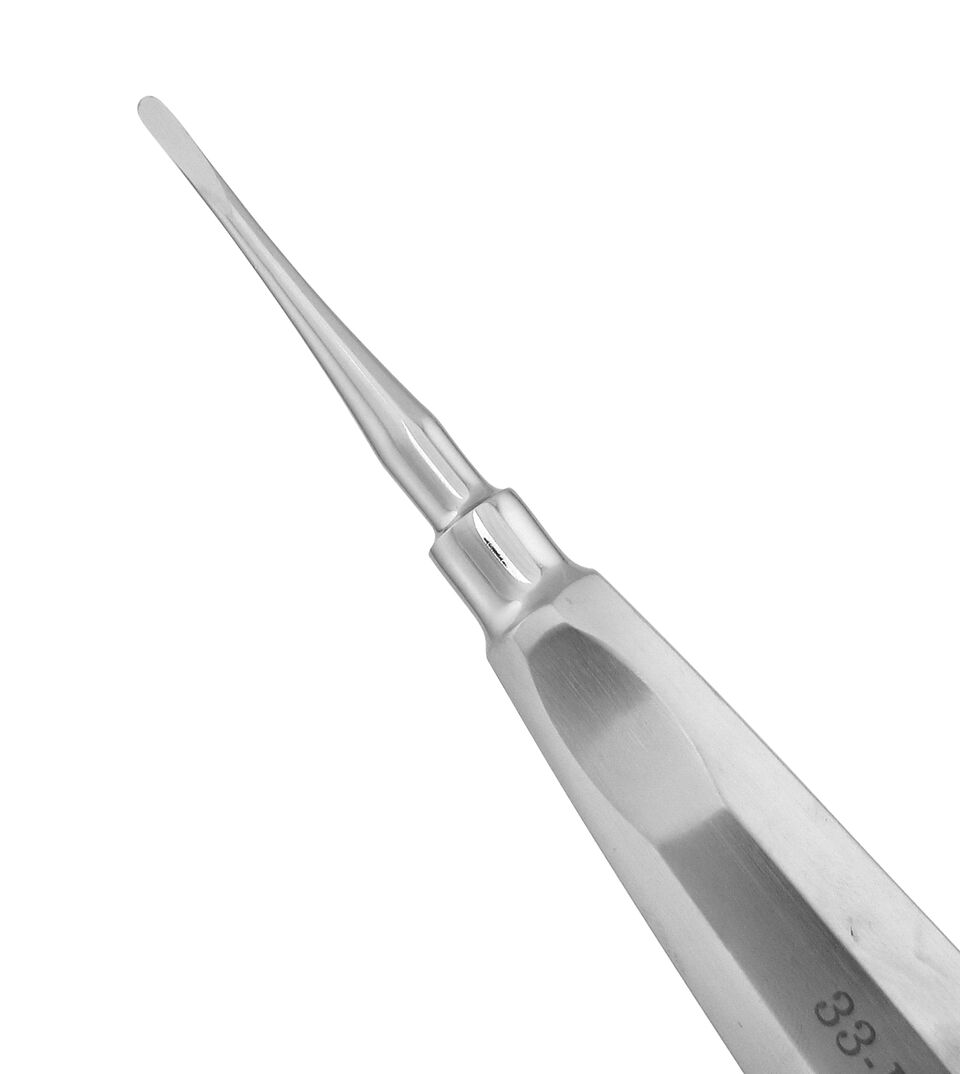 Luxating Elevators
Luxating Elevators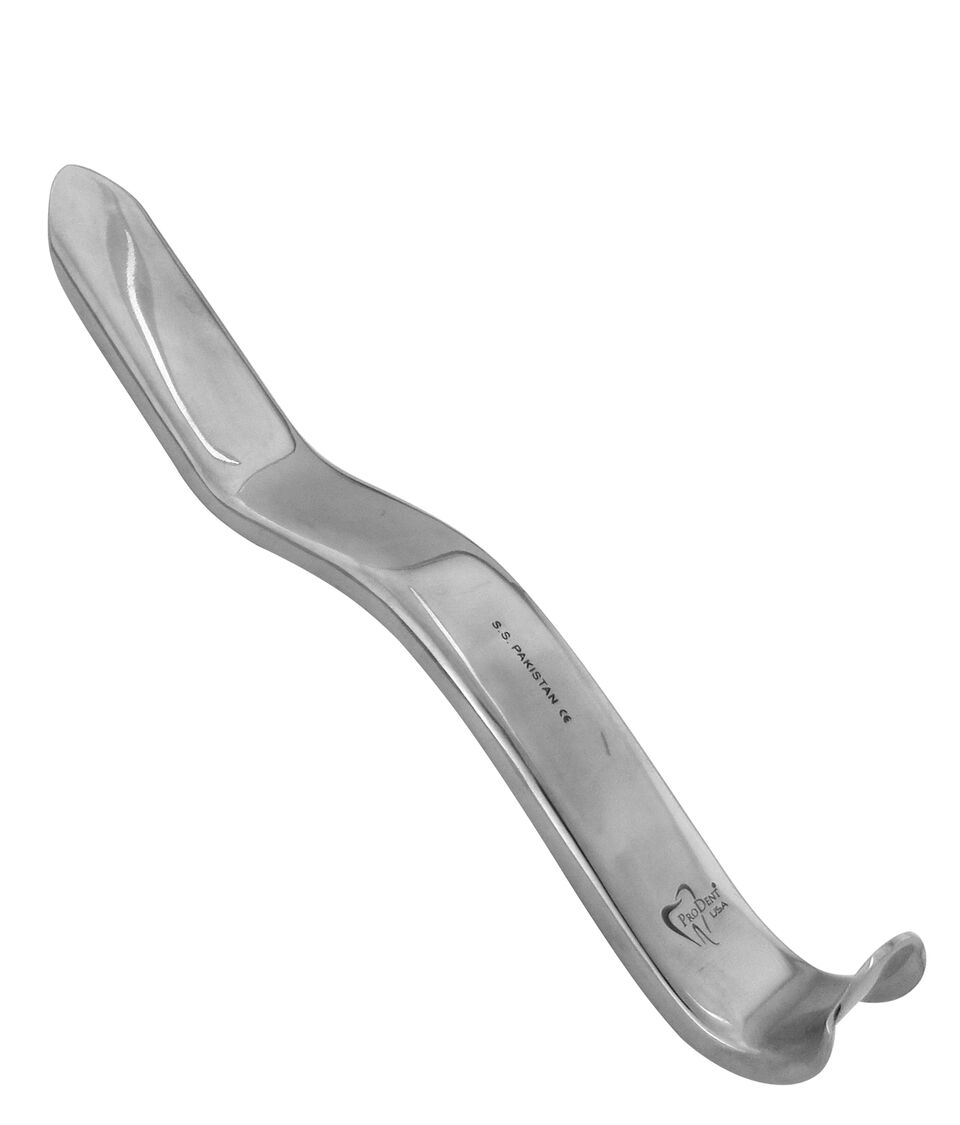 Mouth Gags & Retractors
Mouth Gags & Retractors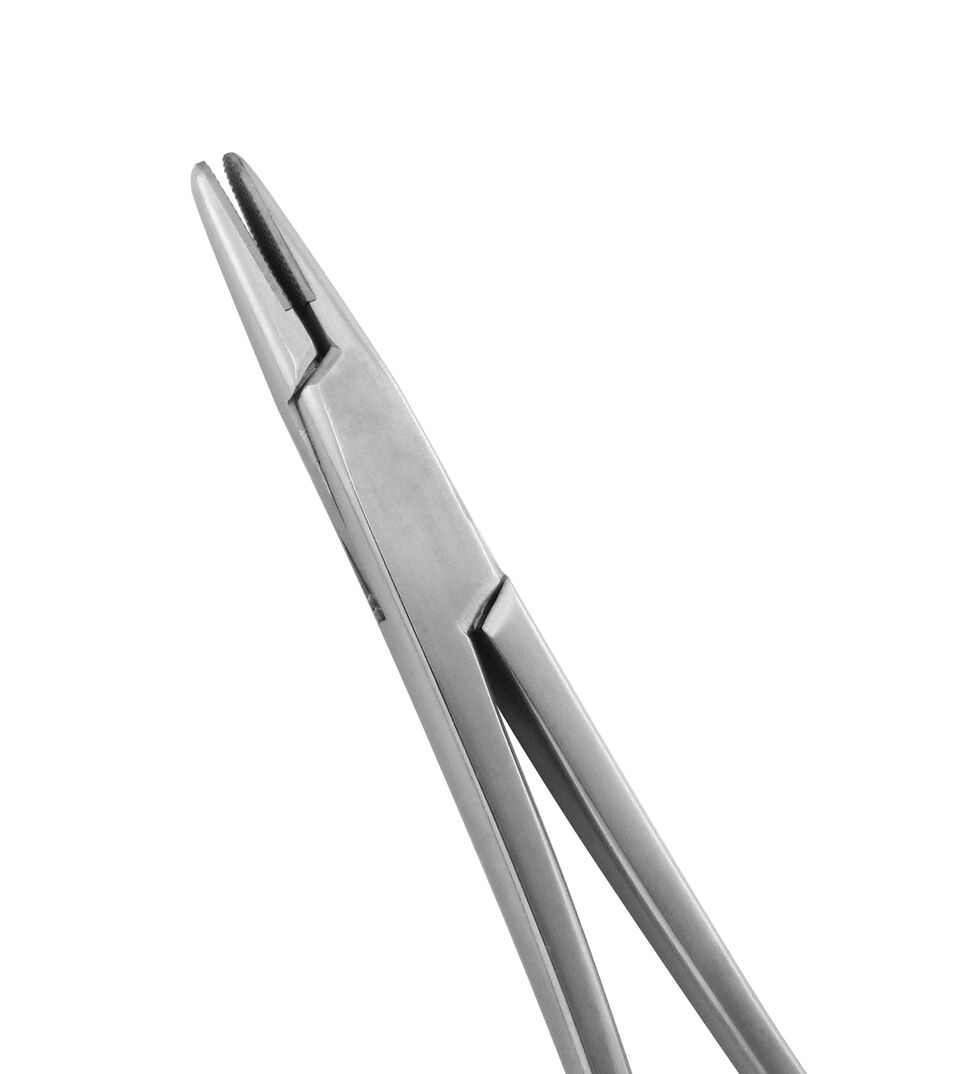 Needle Holders
Needle Holders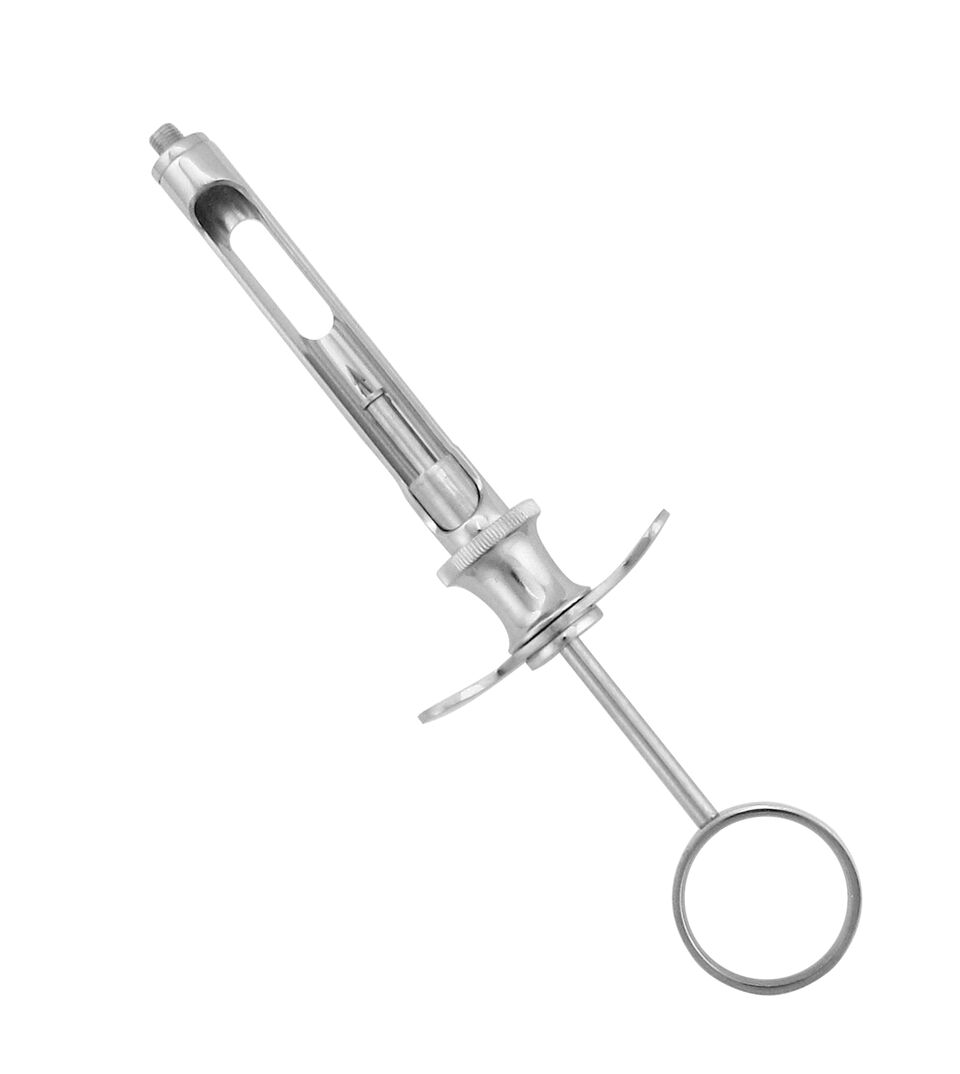 Oral Surgery Aspirating Syringes
Oral Surgery Aspirating Syringes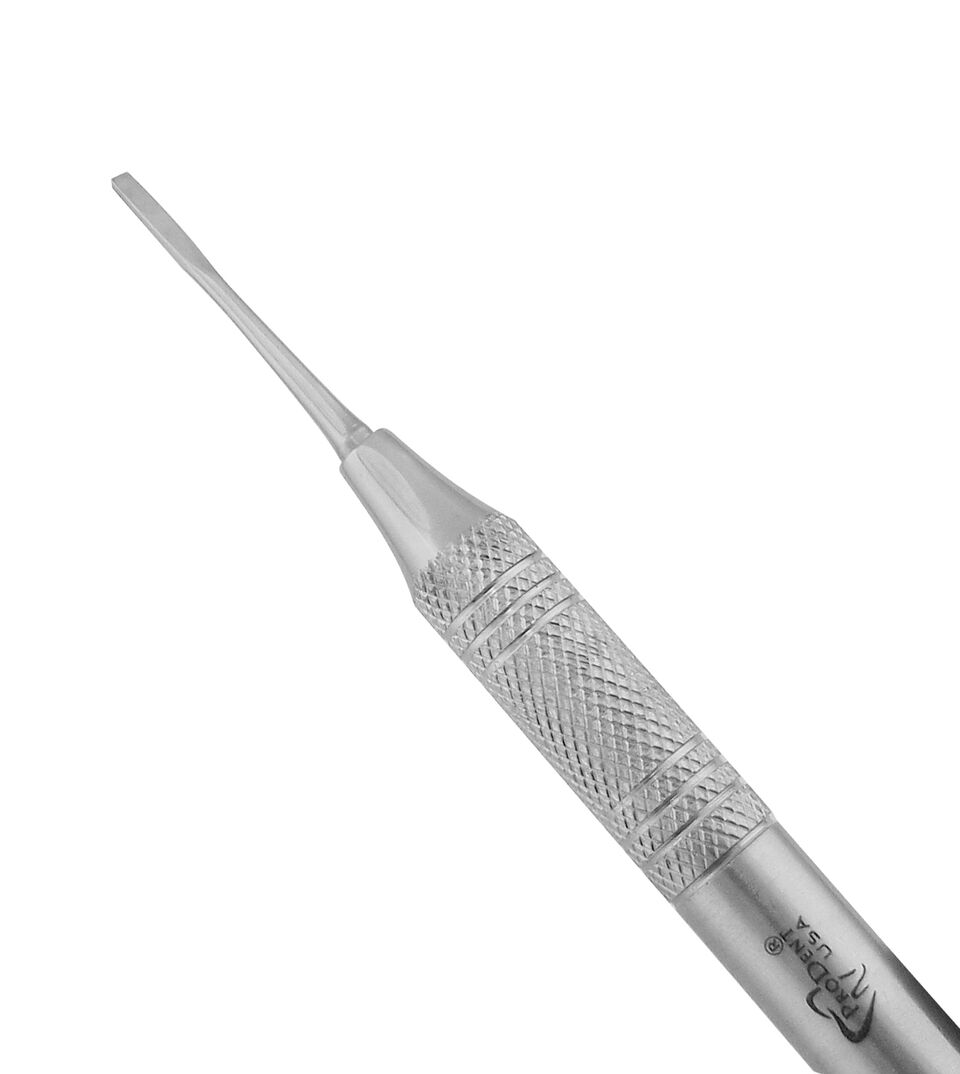 Periodontal Surgical Instruments
Periodontal Surgical Instruments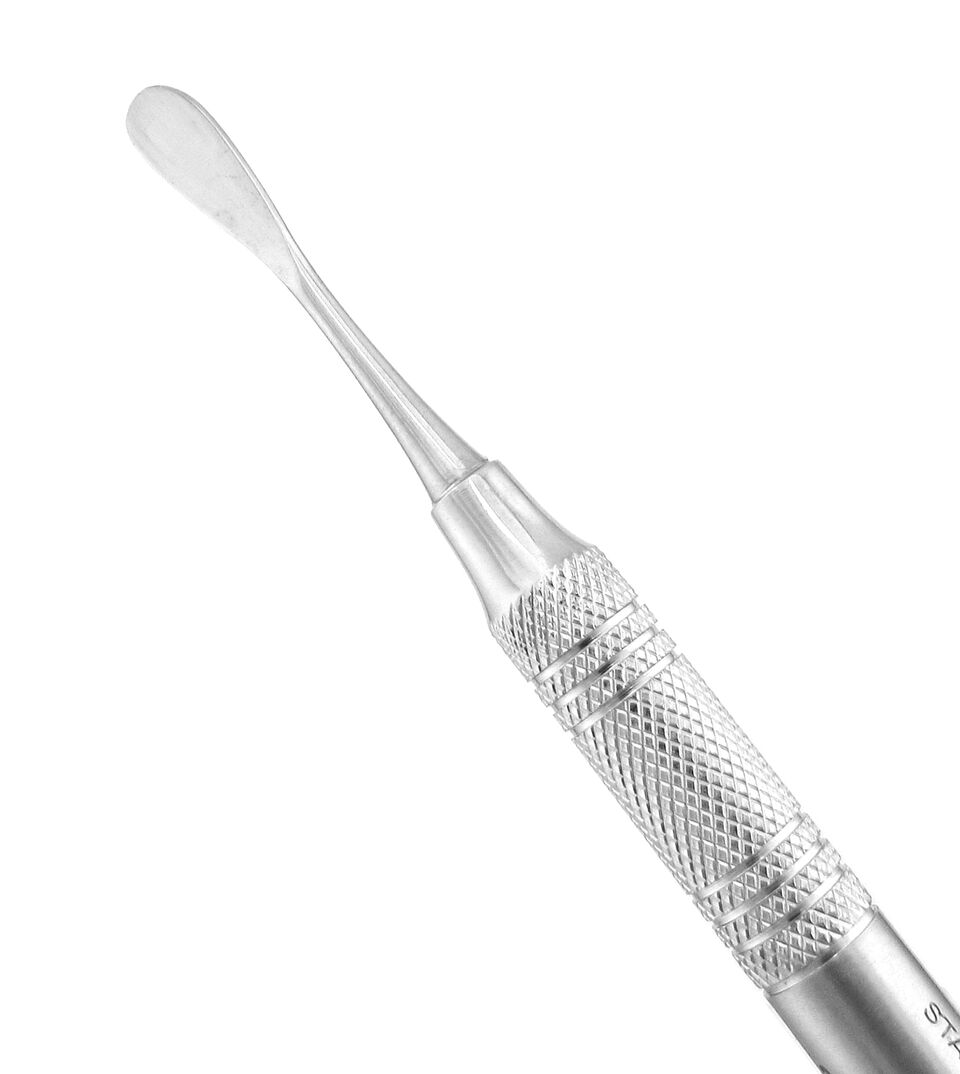 Periosteal Elevators
Periosteal Elevators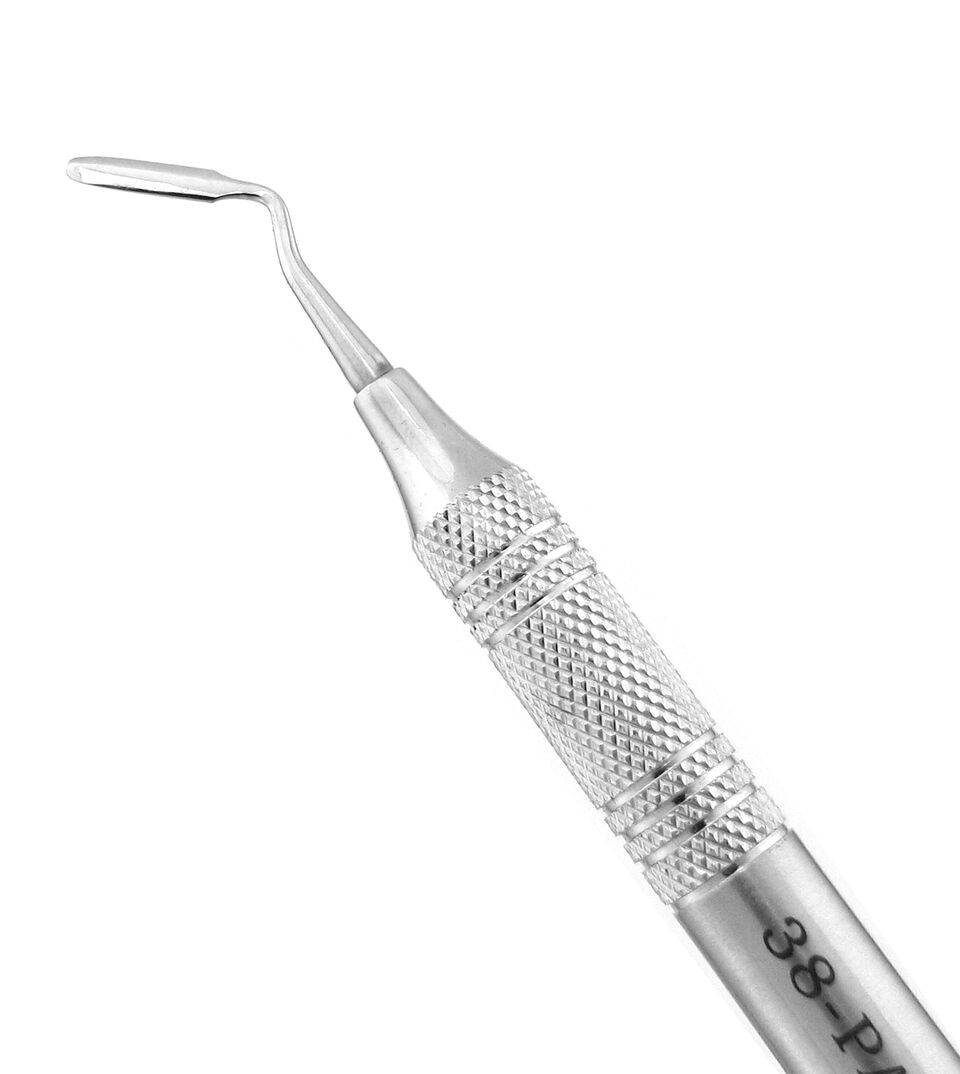 Periotomes
Periotomes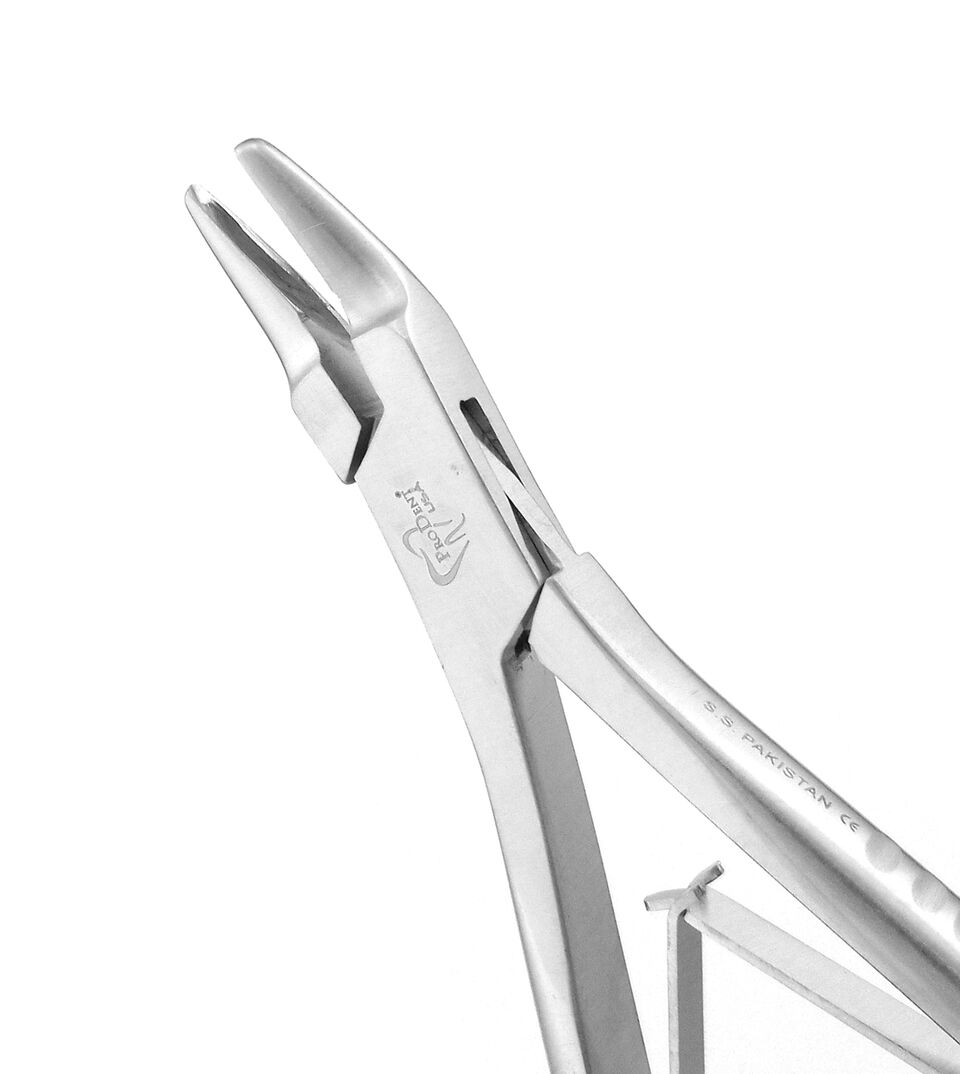 Rongeurs
Rongeurs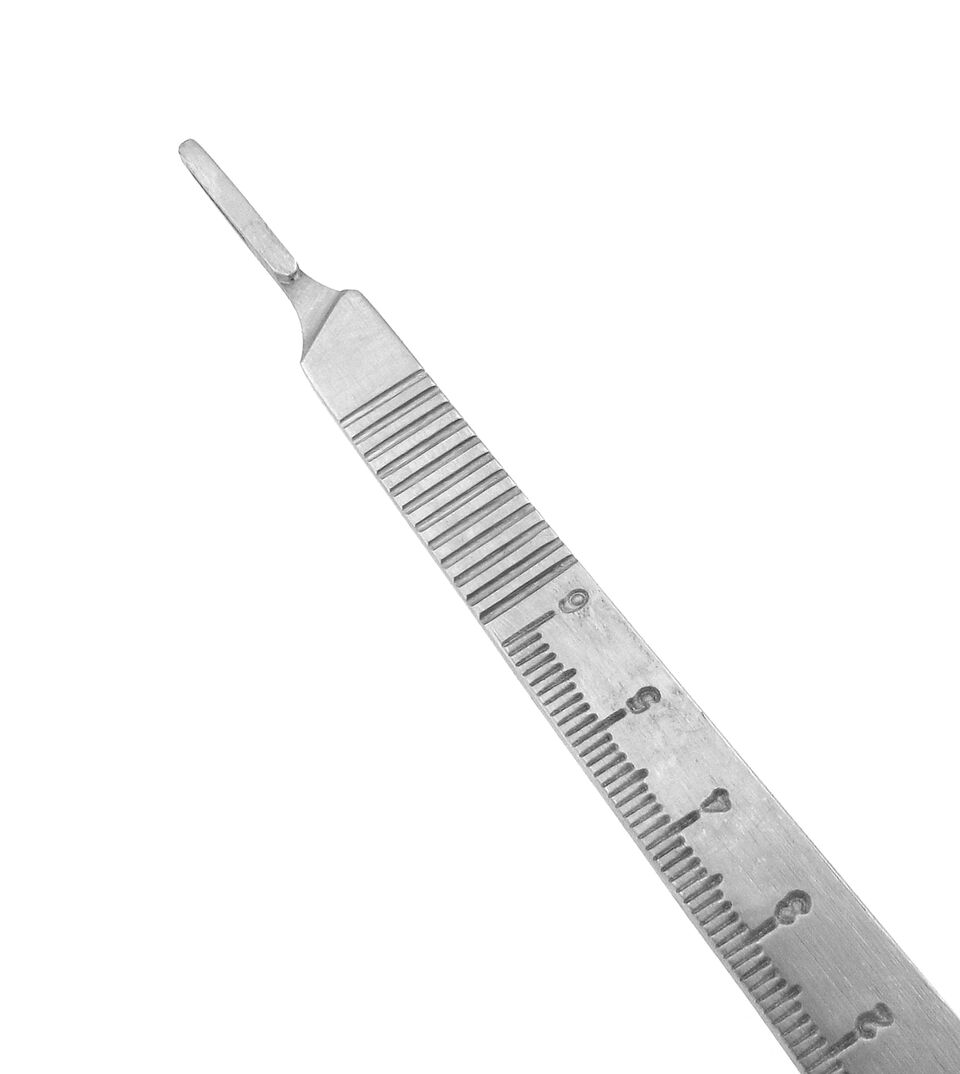 Scalpel Handles
Scalpel Handles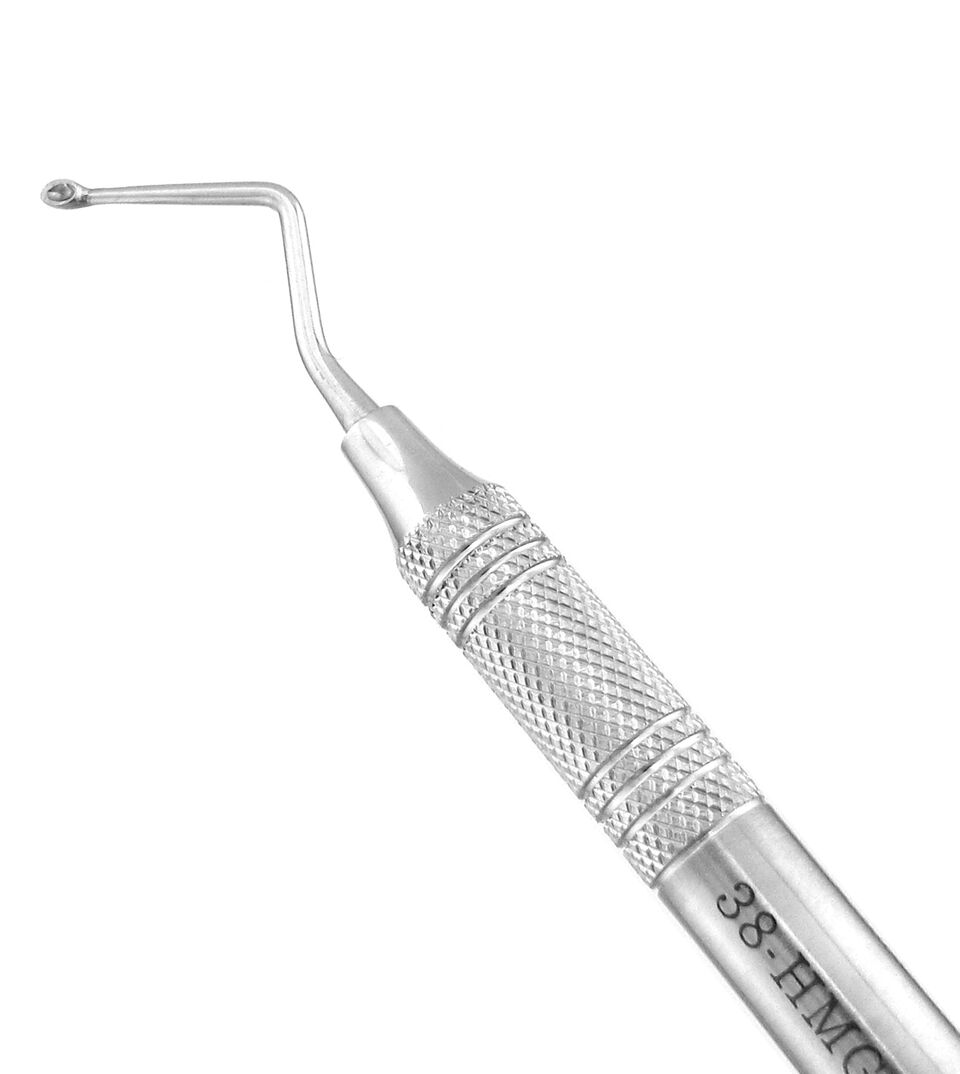 Surgical Curettes
Surgical Curettes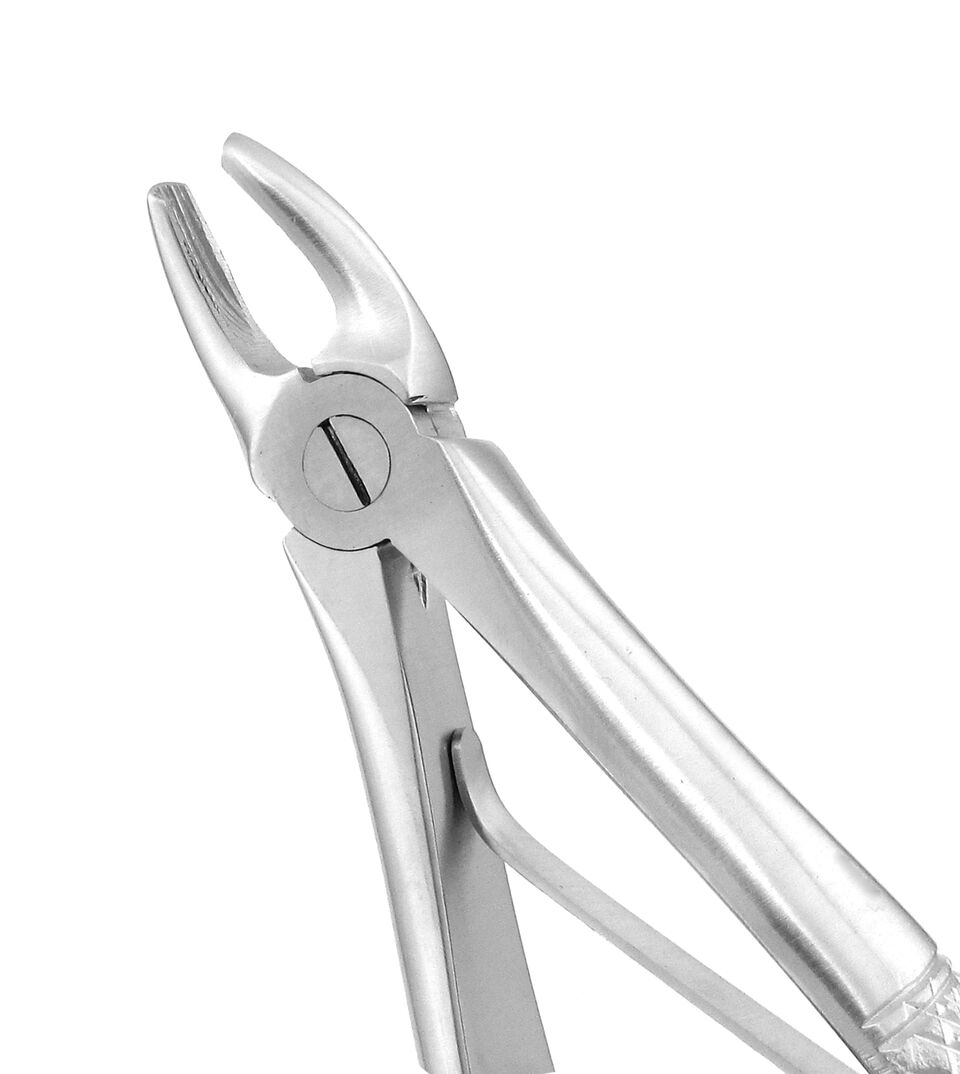 Surgical Pediatric Forceps
Surgical Pediatric Forceps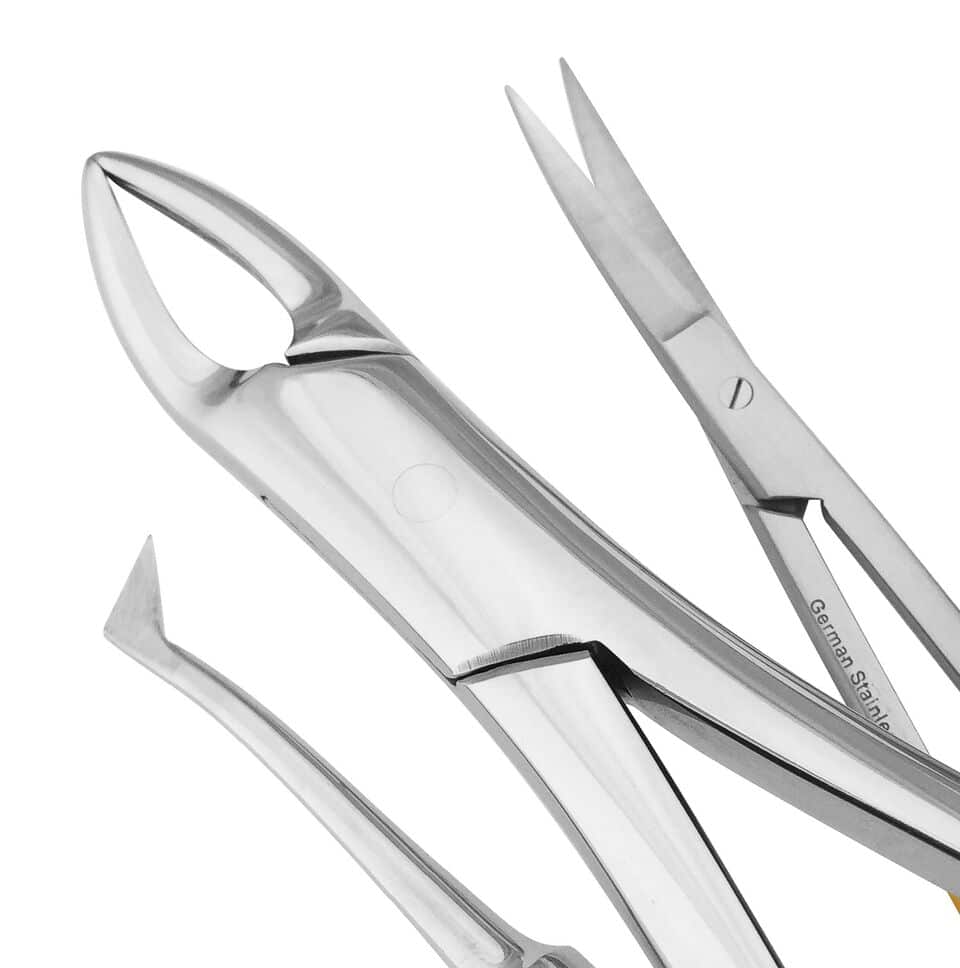 Surgical Sets
Surgical Sets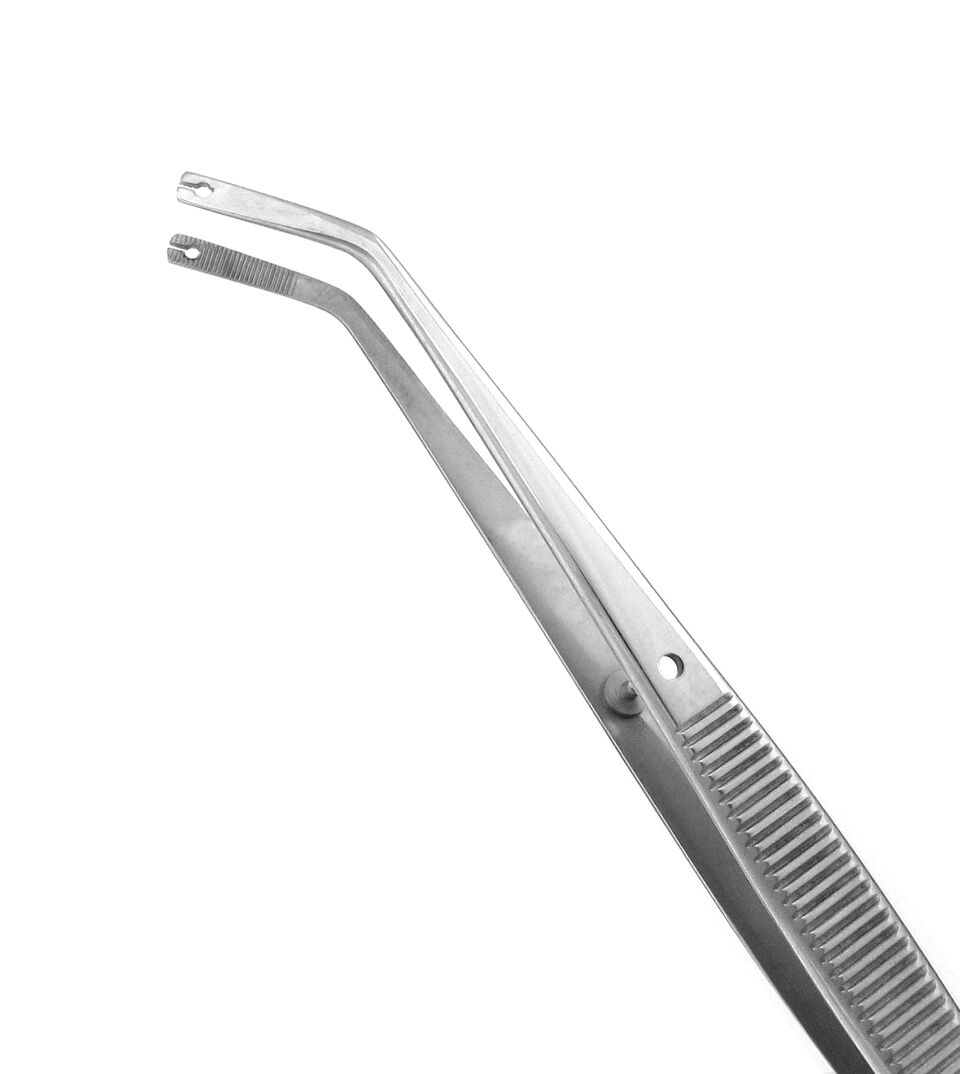 Suture Forceps
Suture Forceps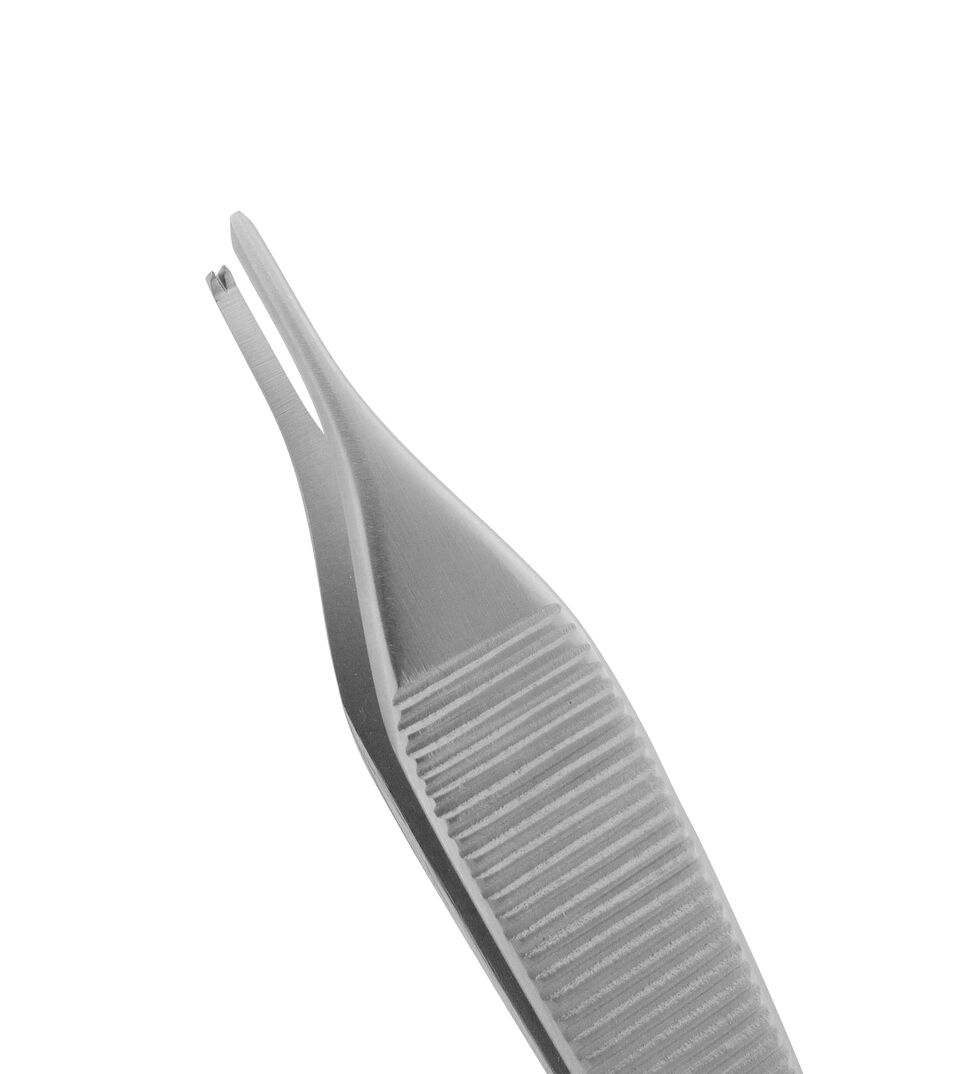 Tissue & Dressing Forceps
Tissue & Dressing Forceps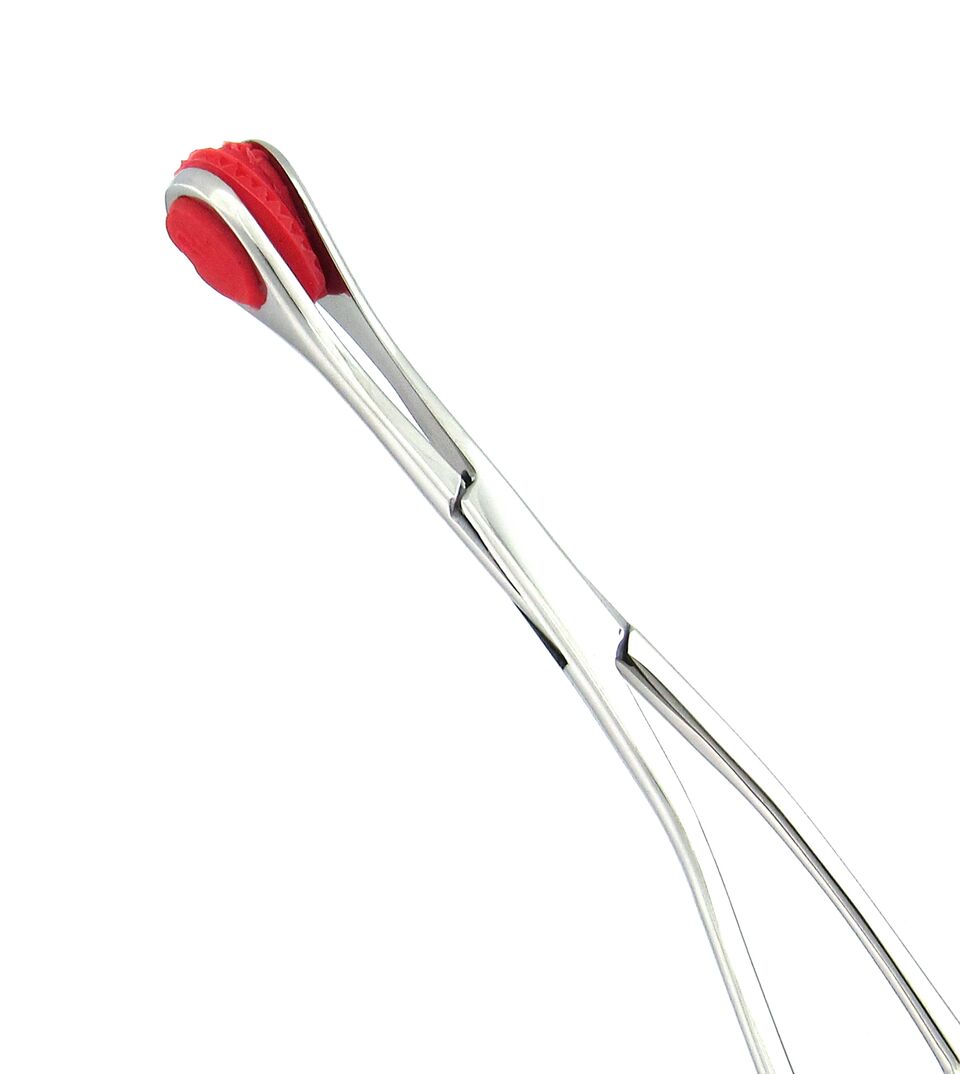 Utility Forceps
Utility Forceps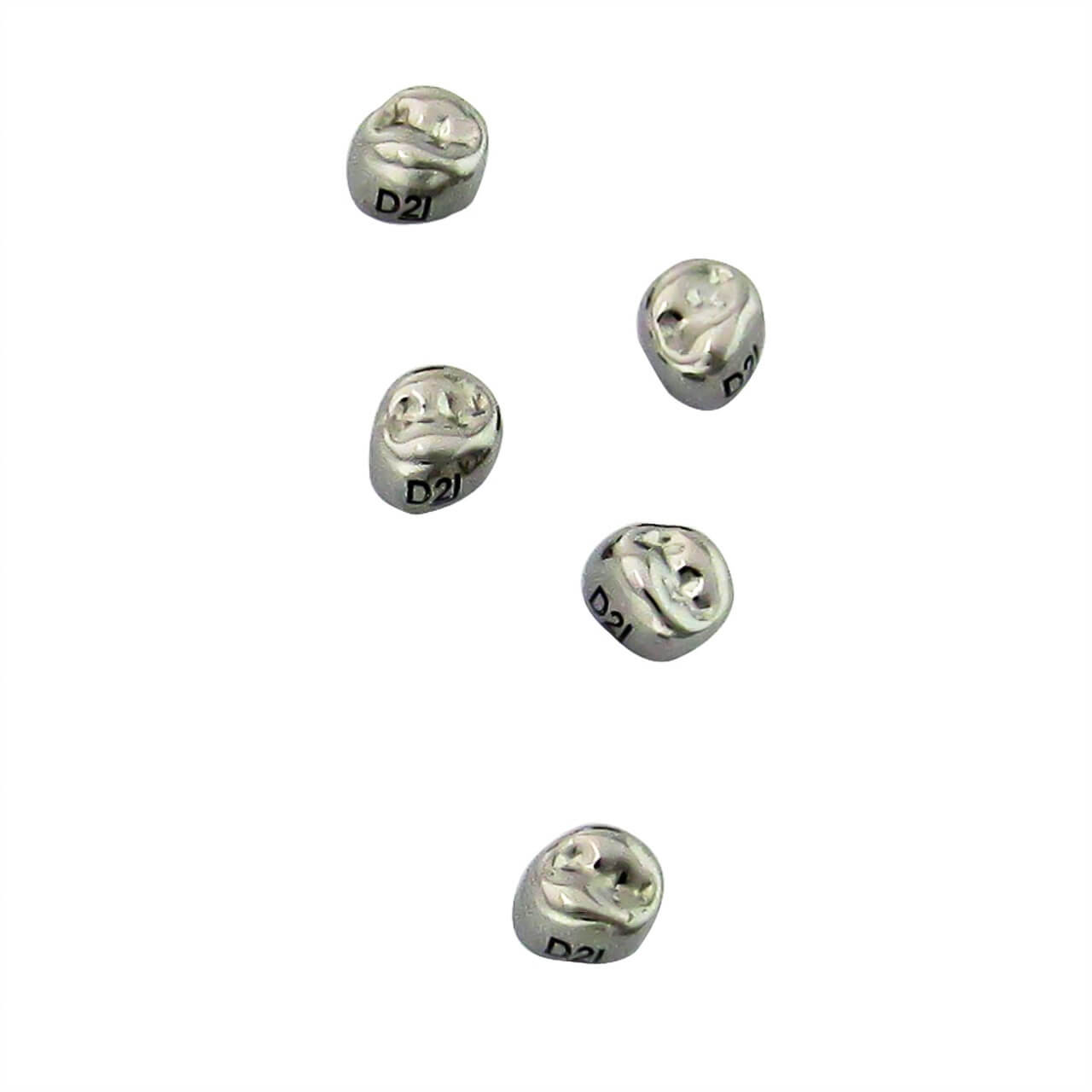 Stainless Steel Crowns
Stainless Steel Crowns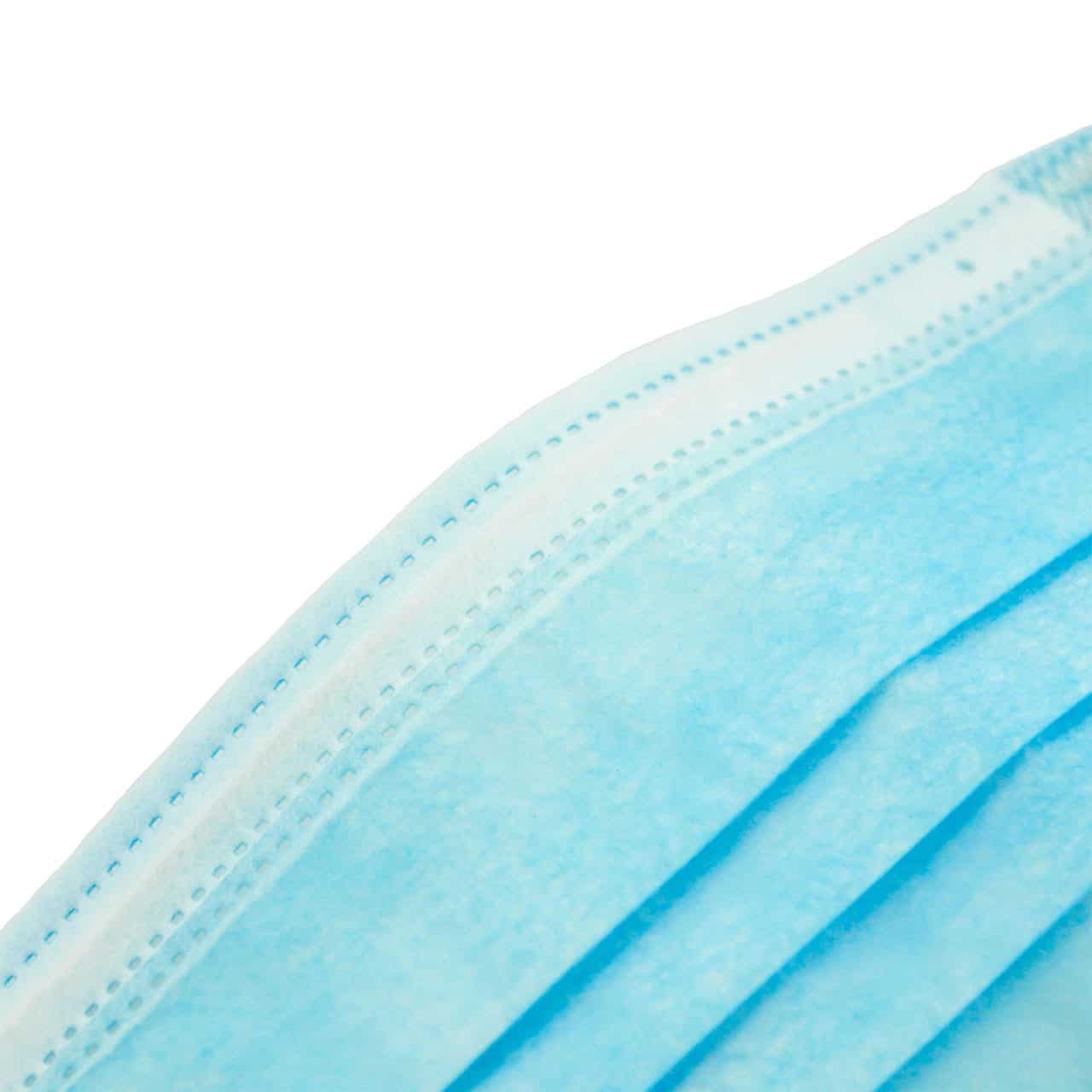 Personal Protective Equipment
Personal Protective Equipment